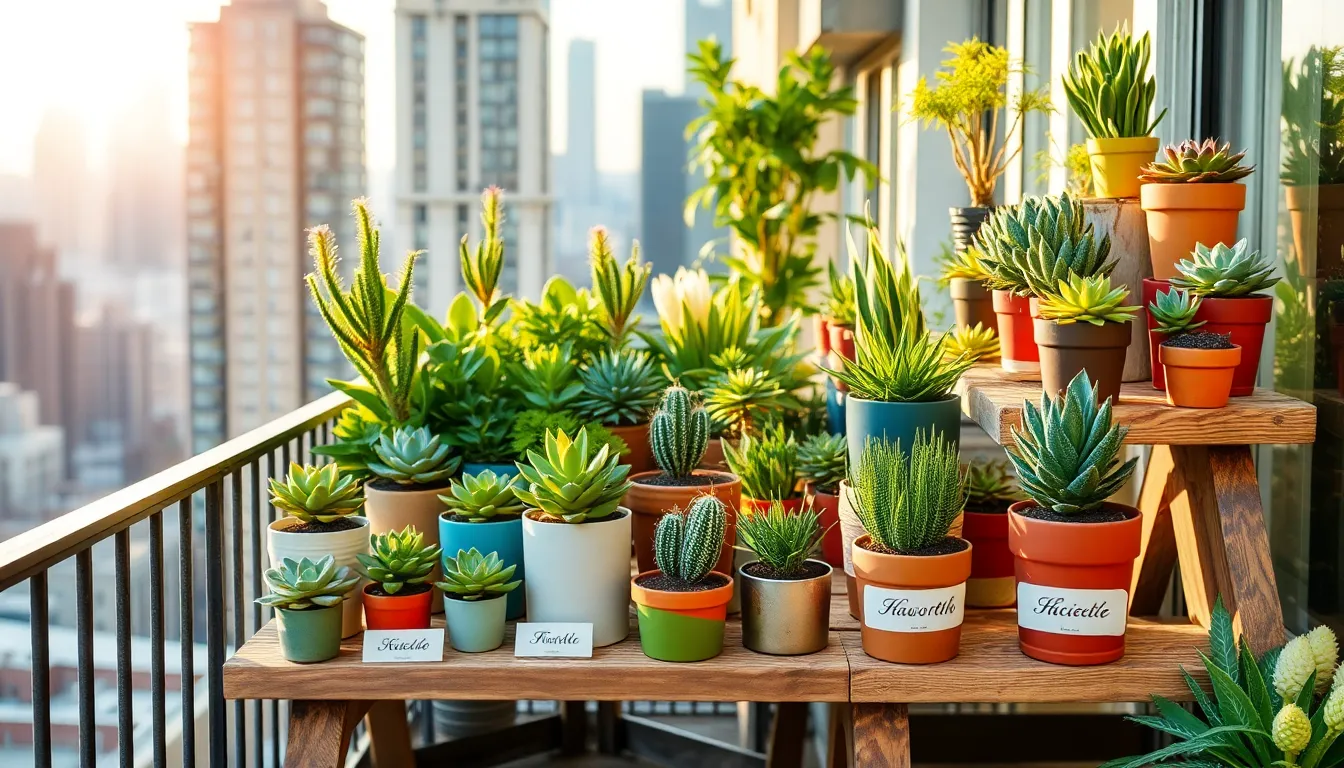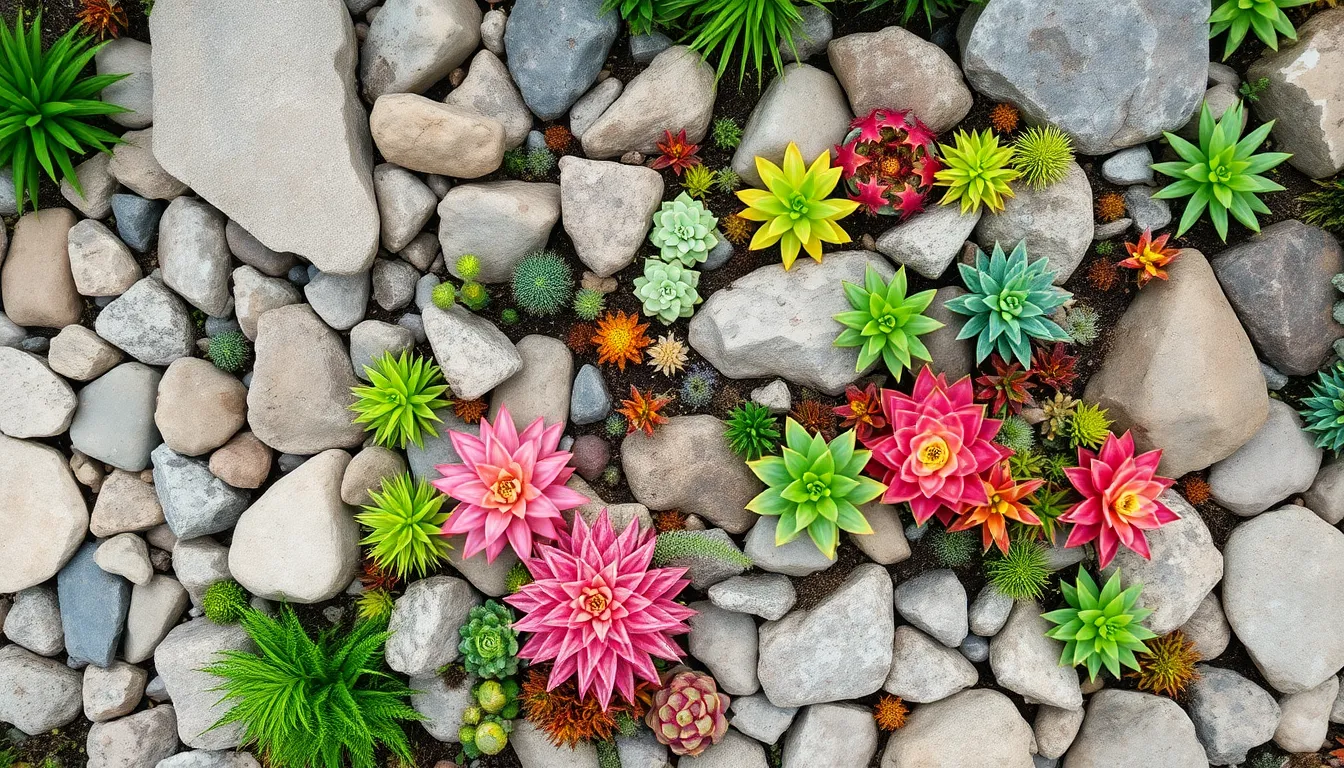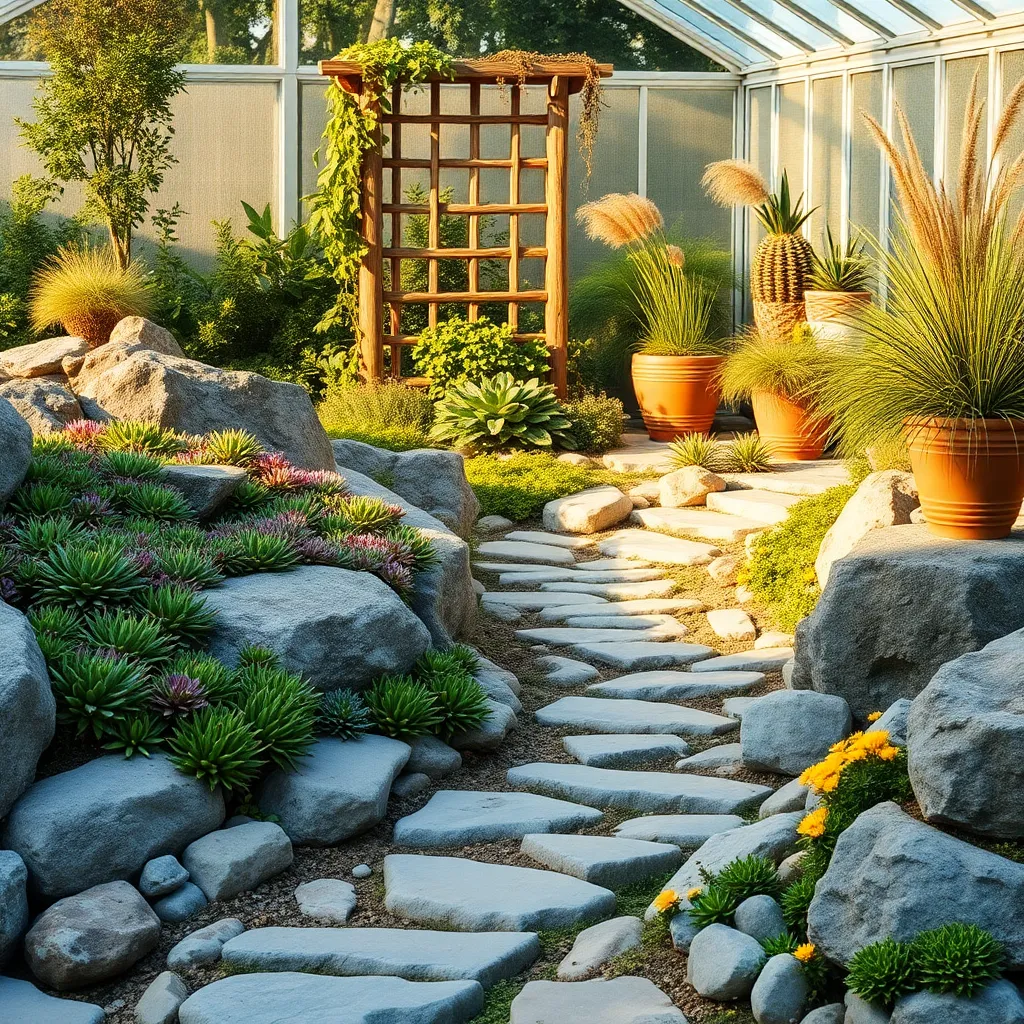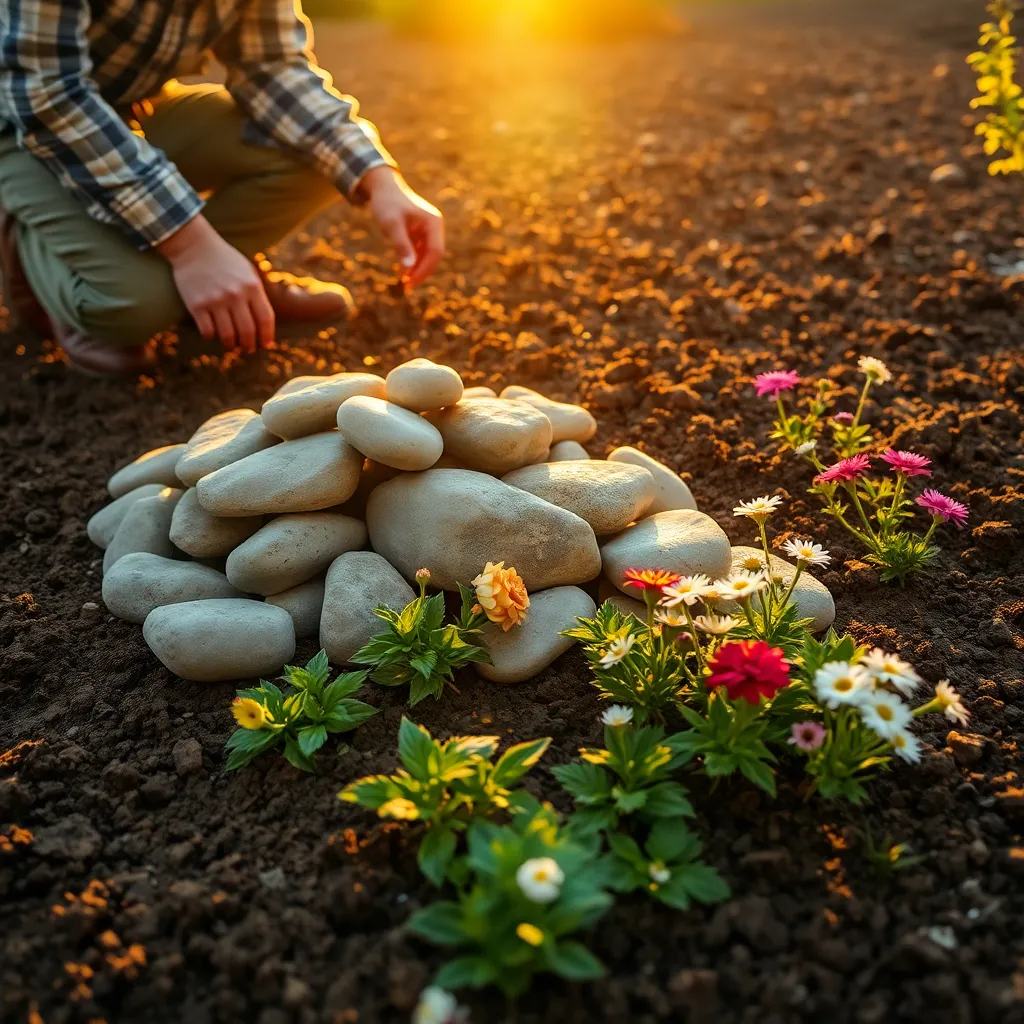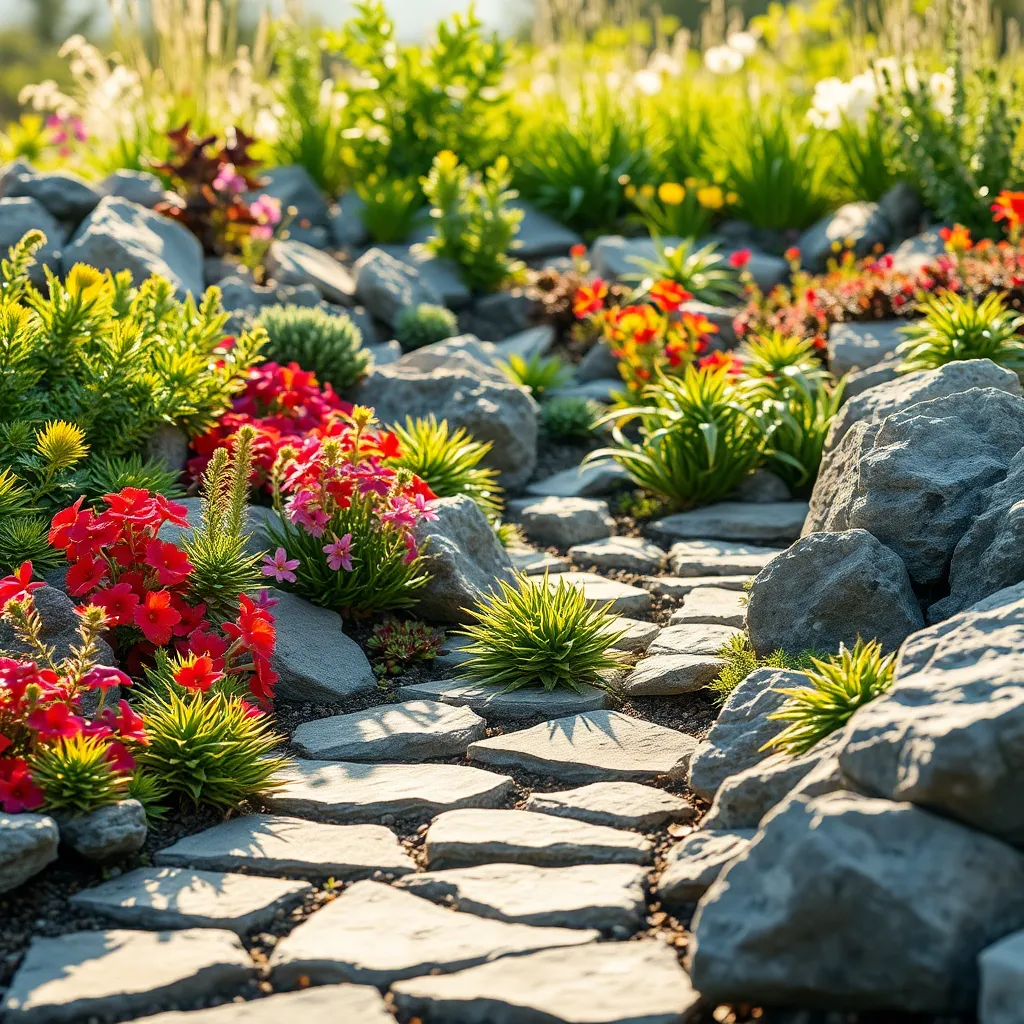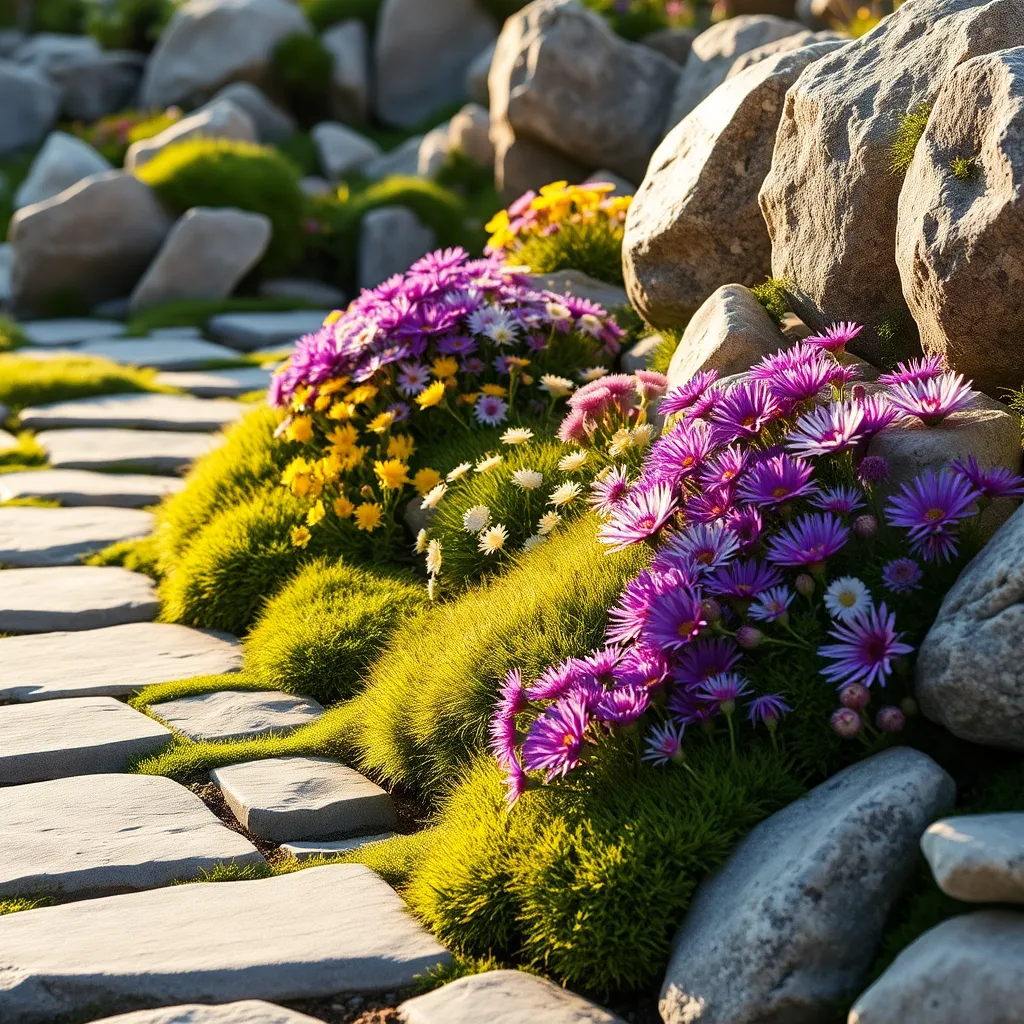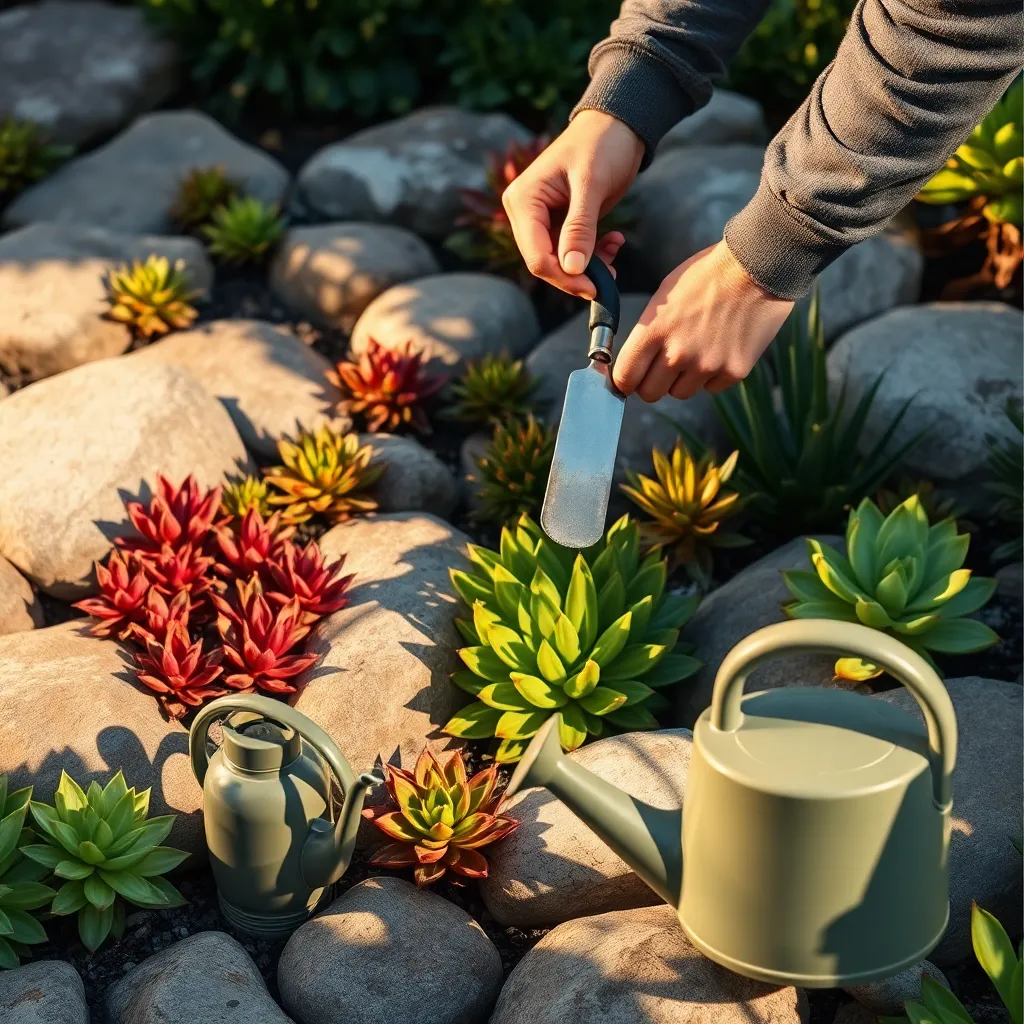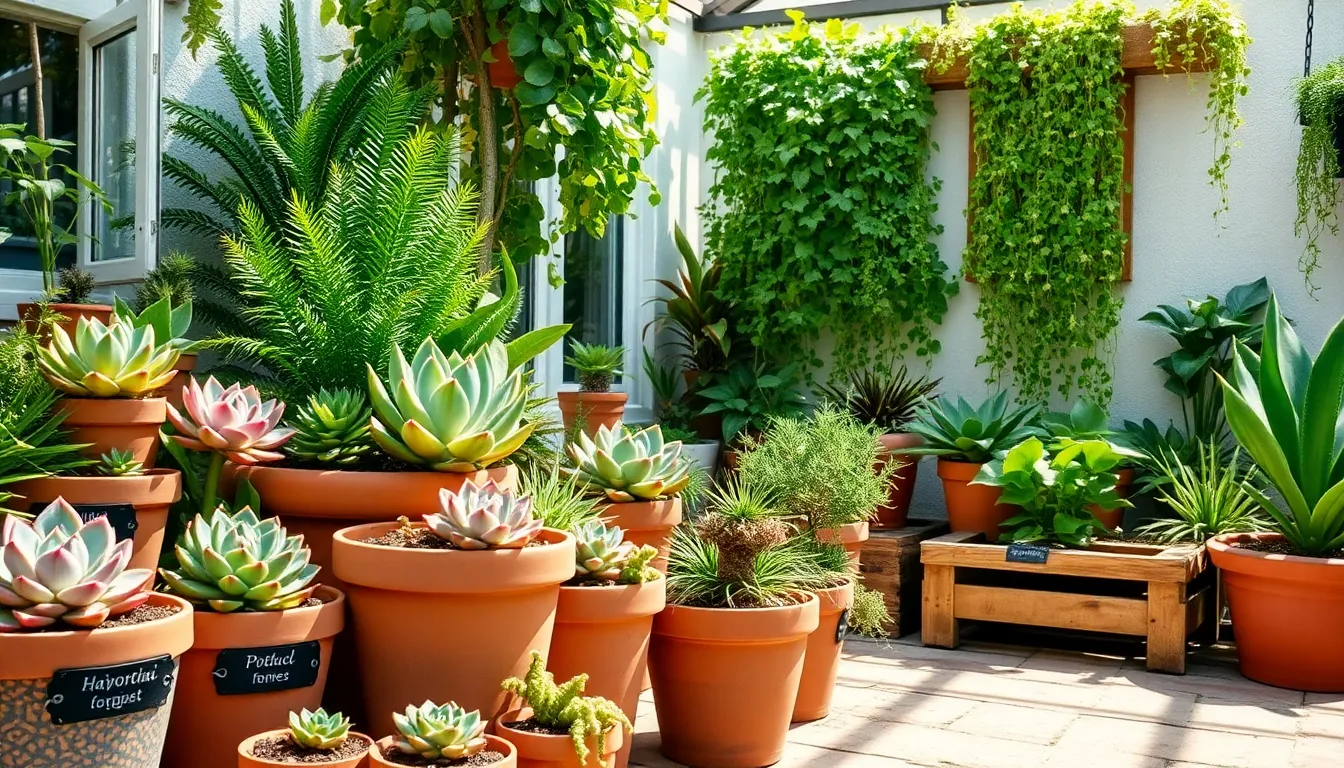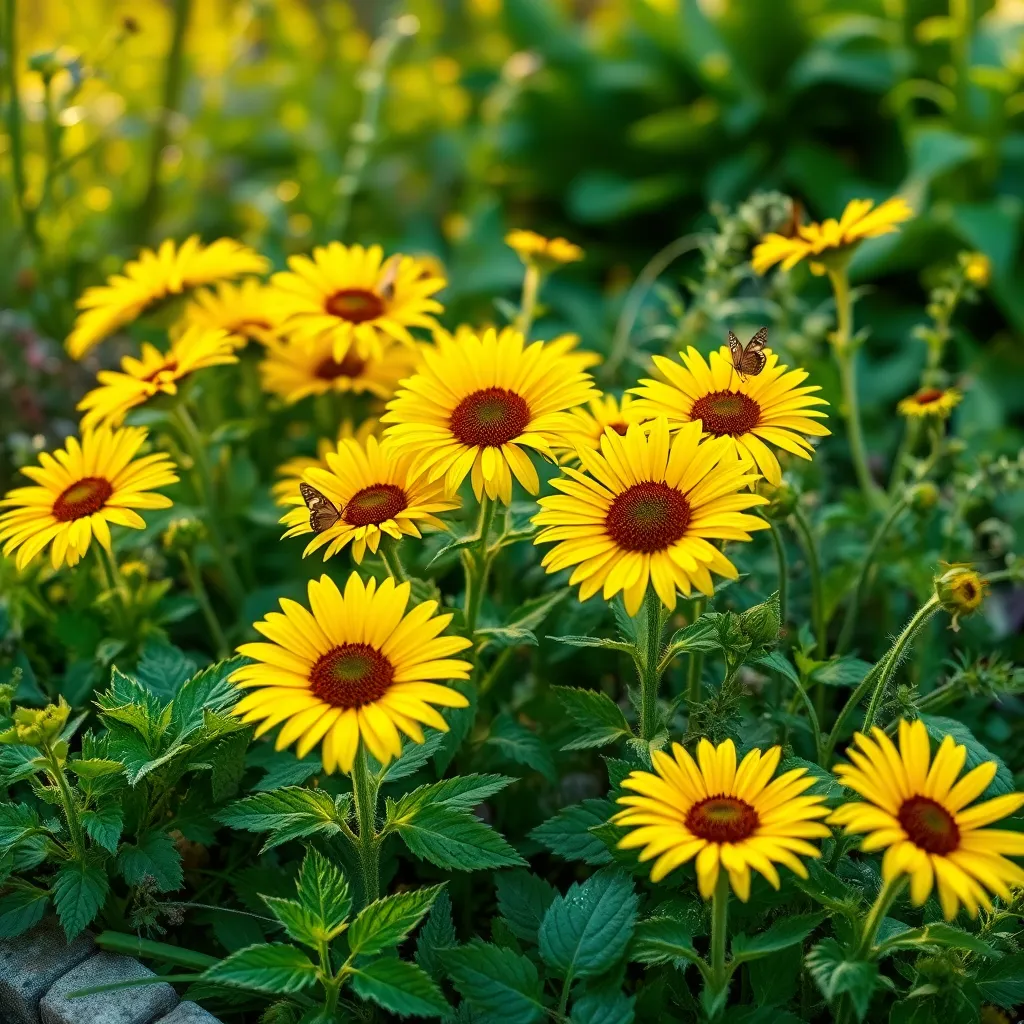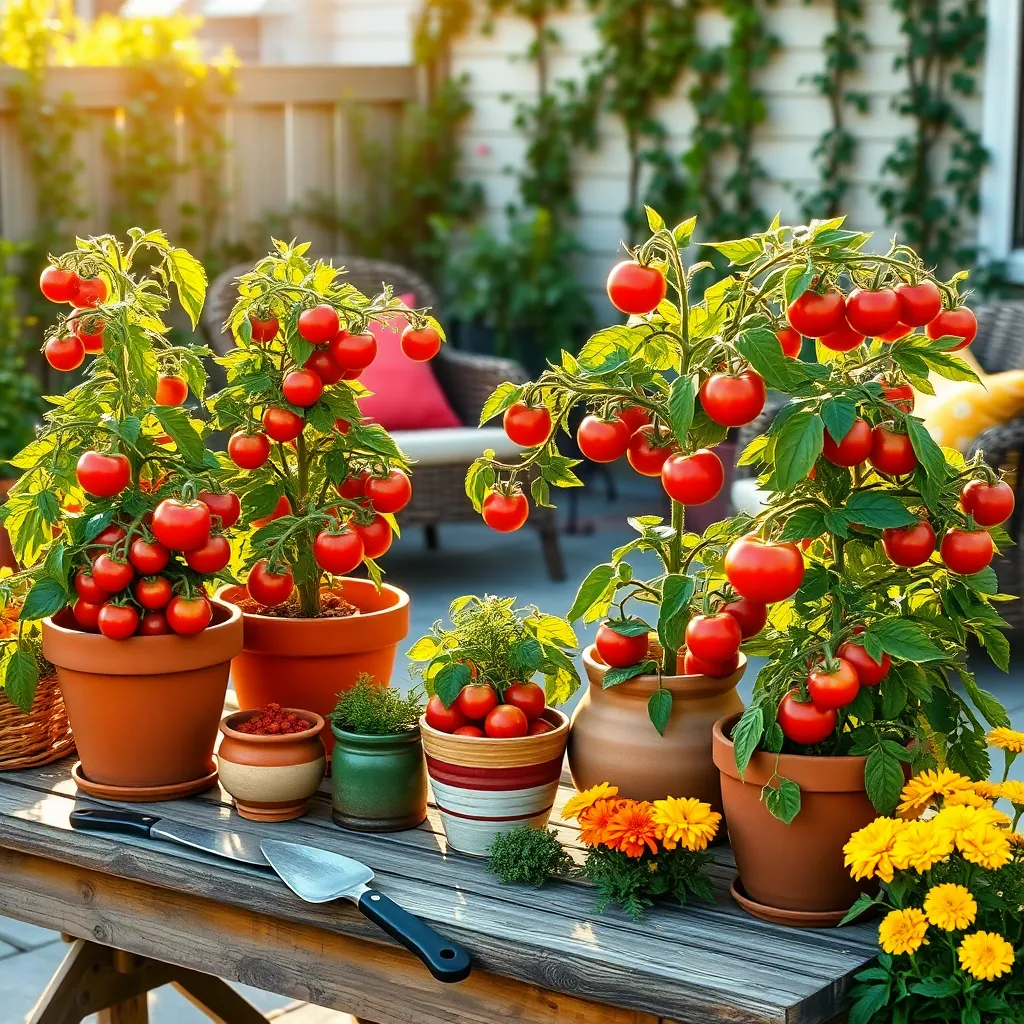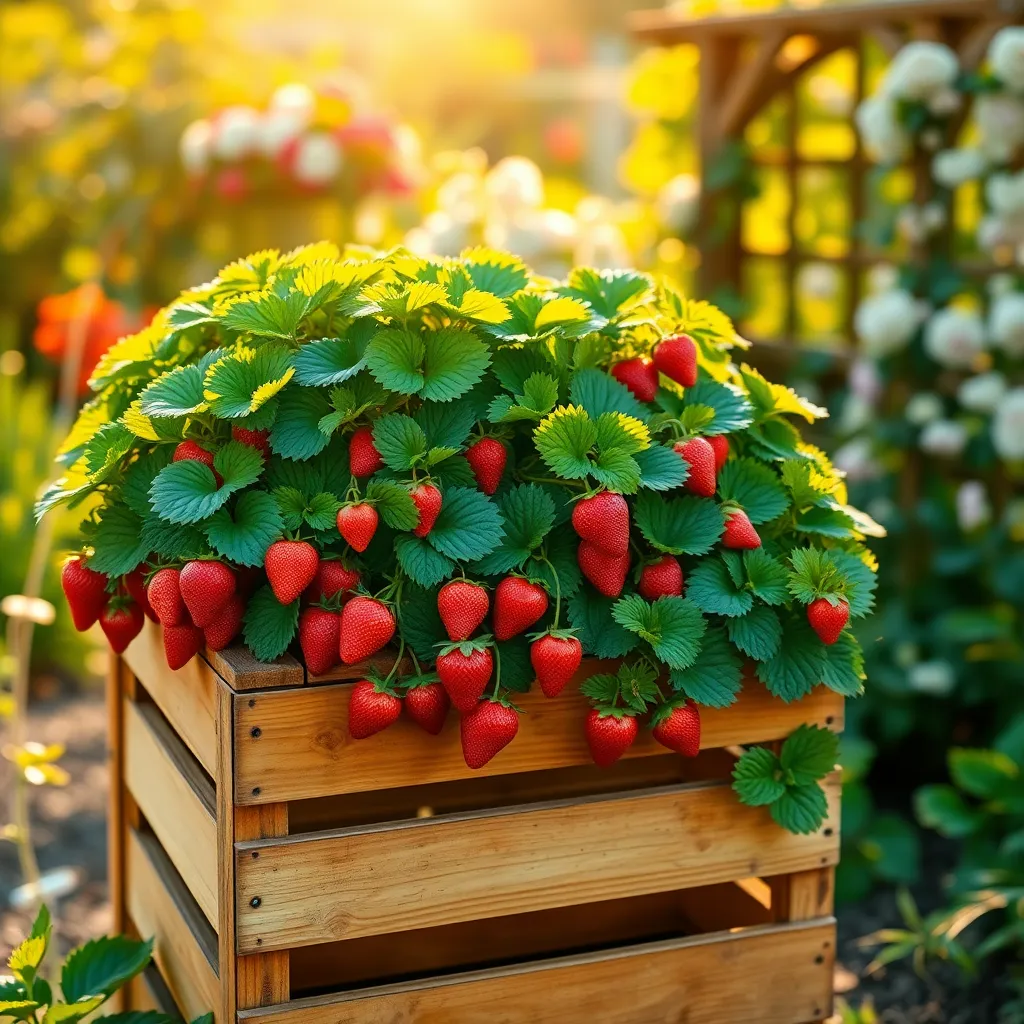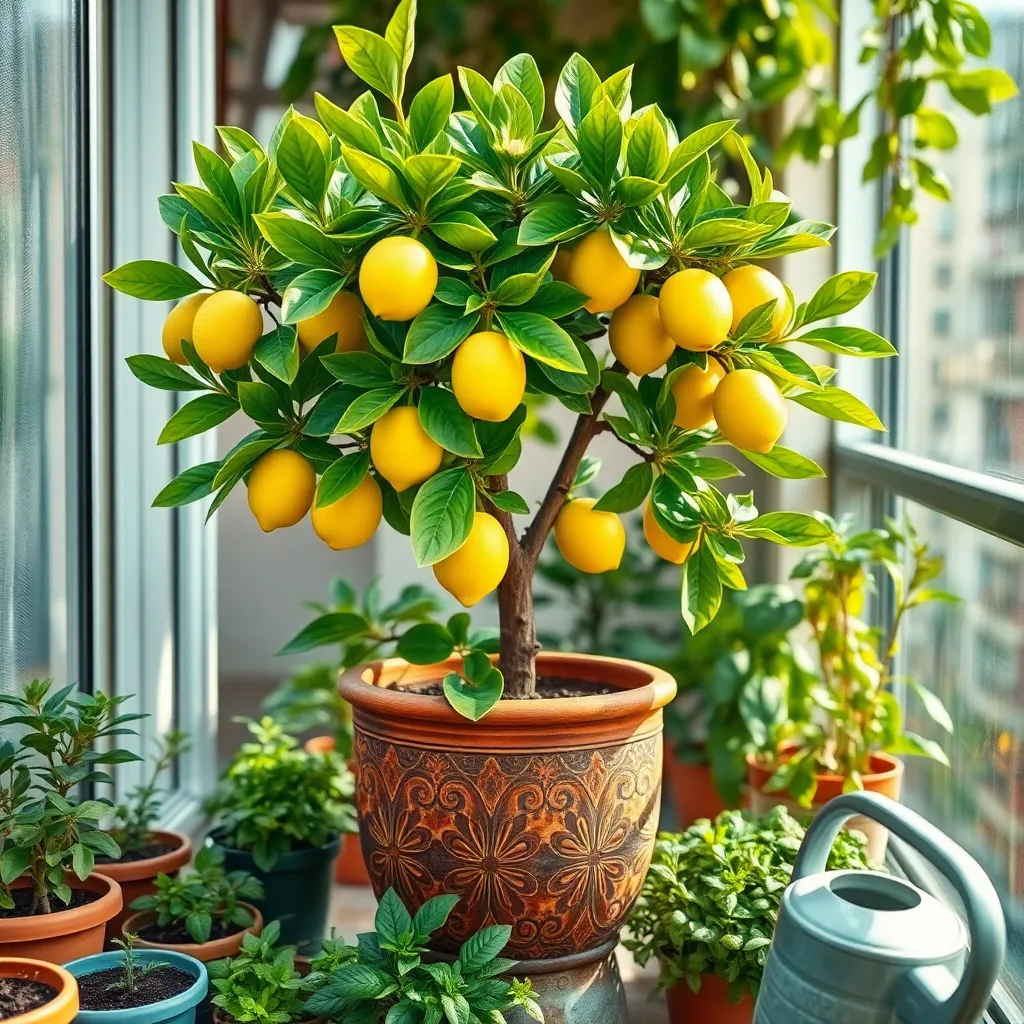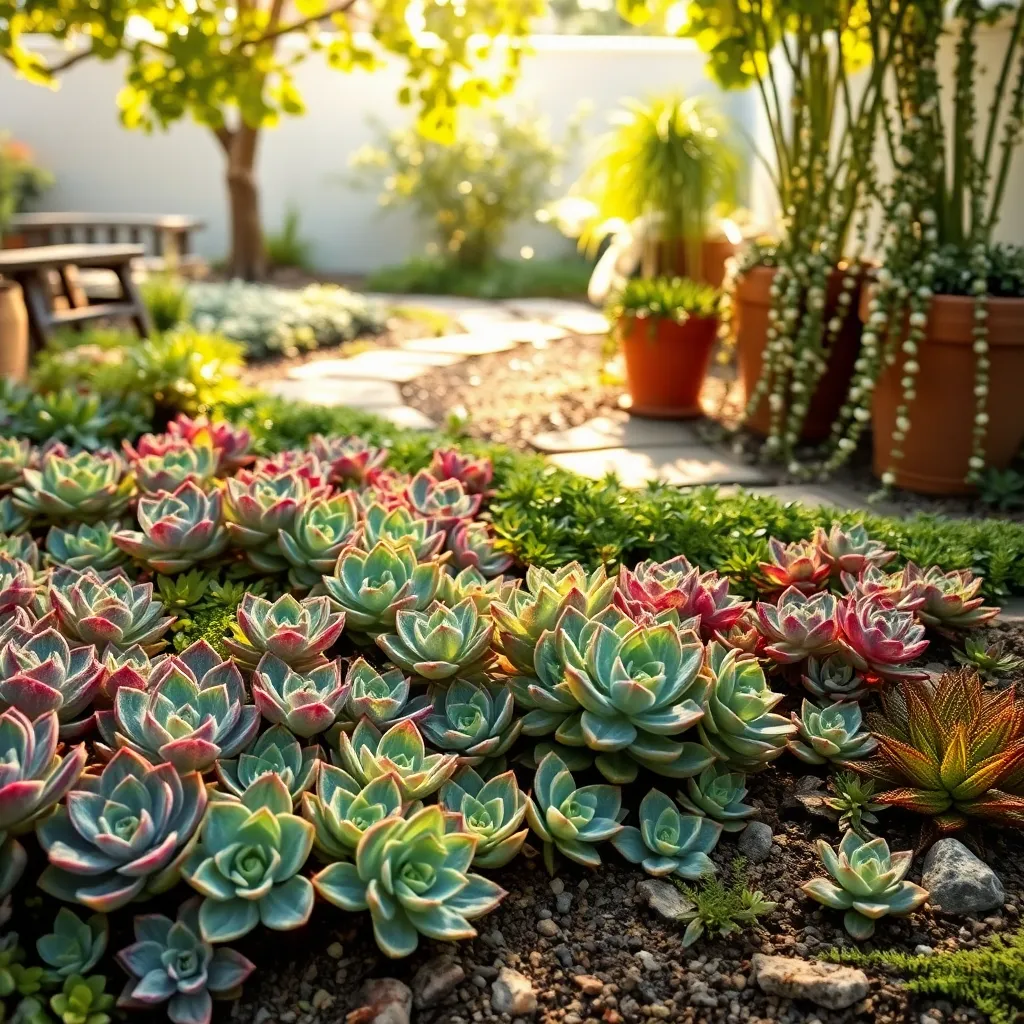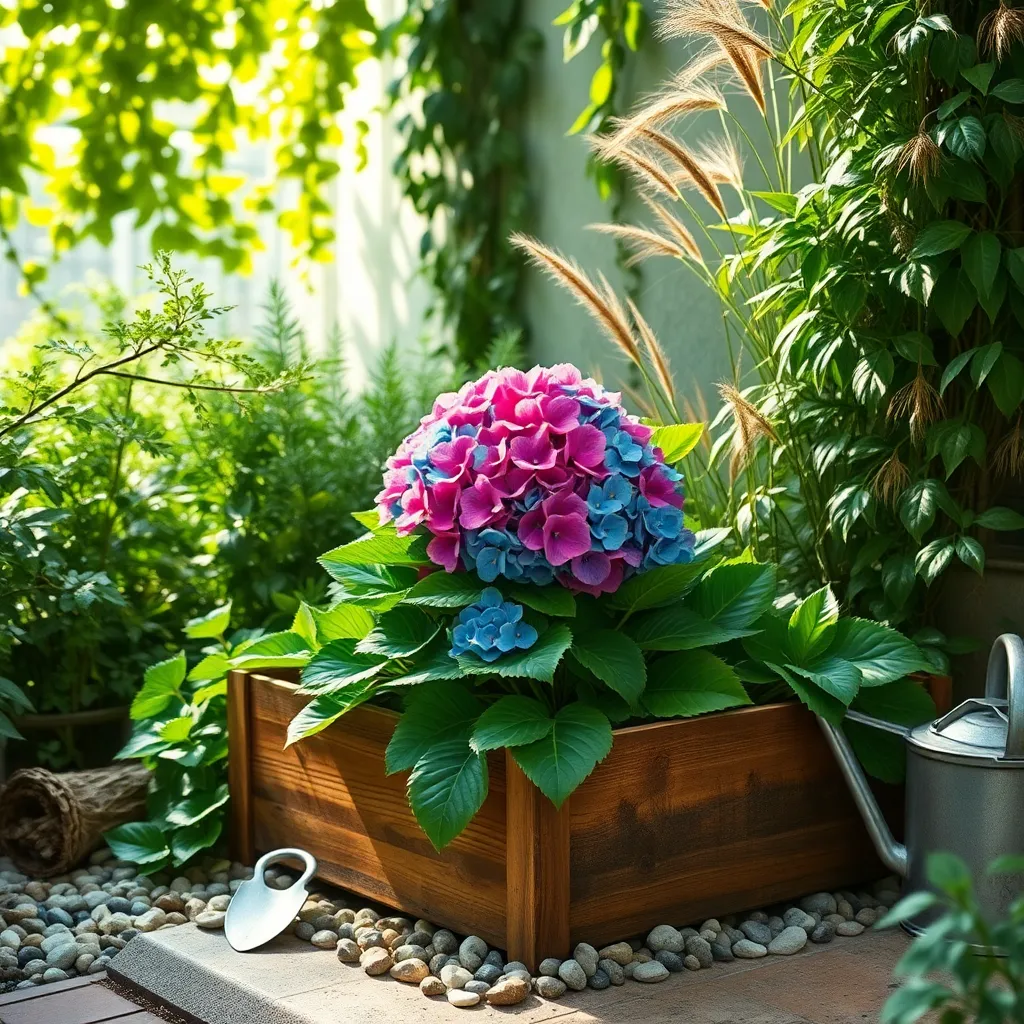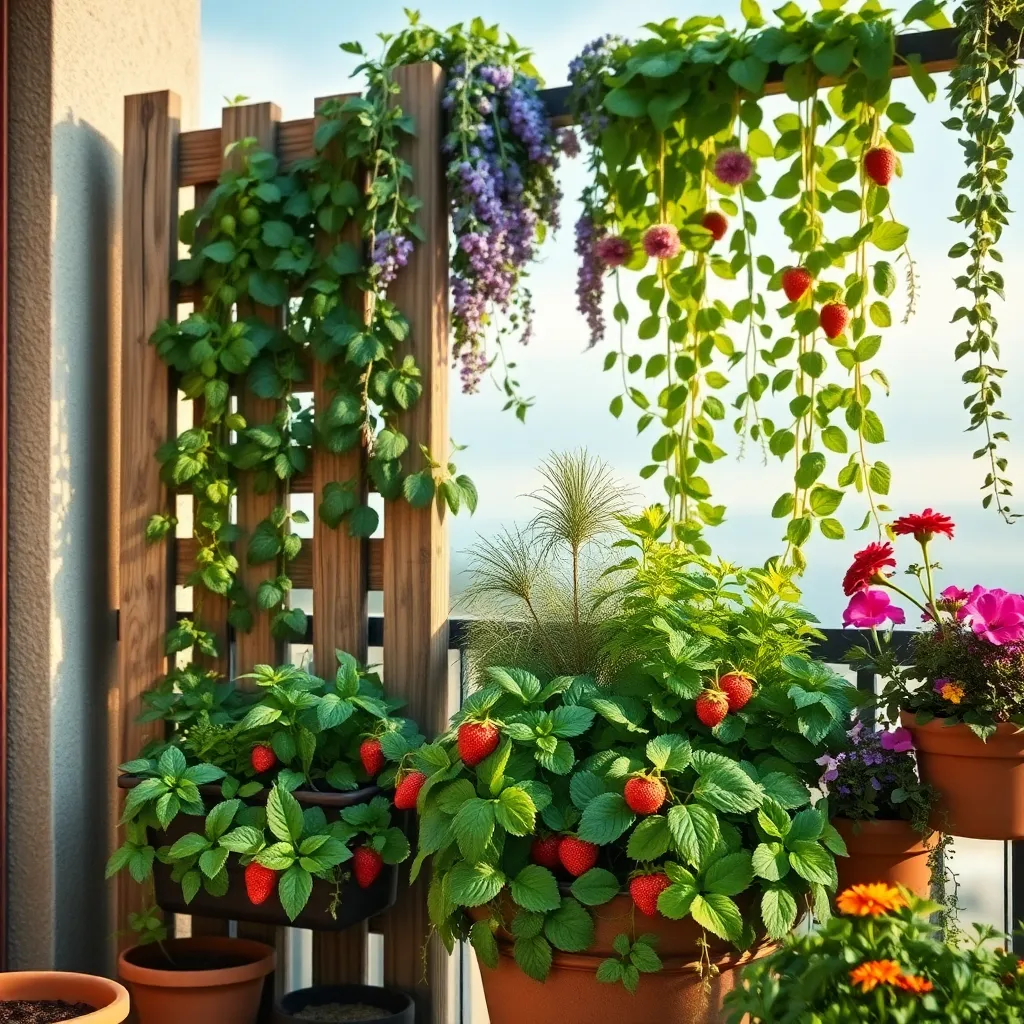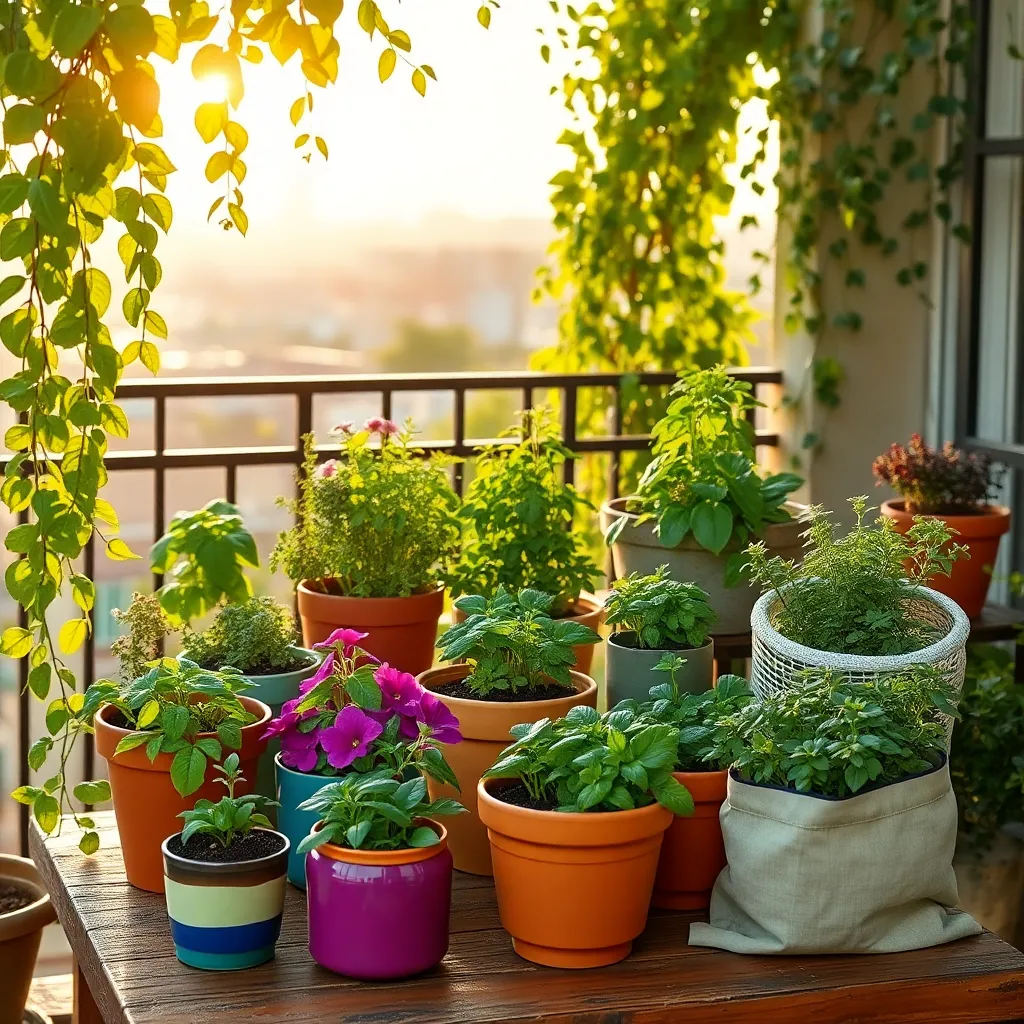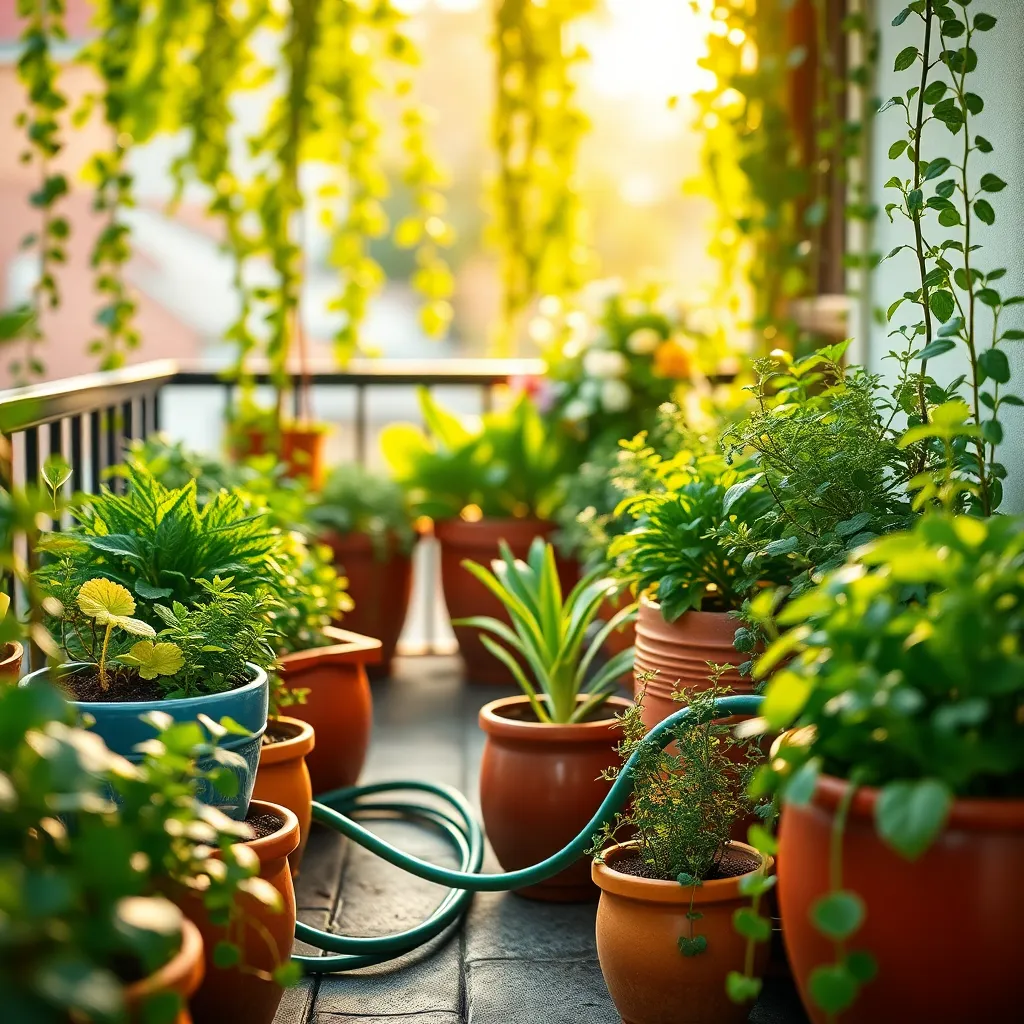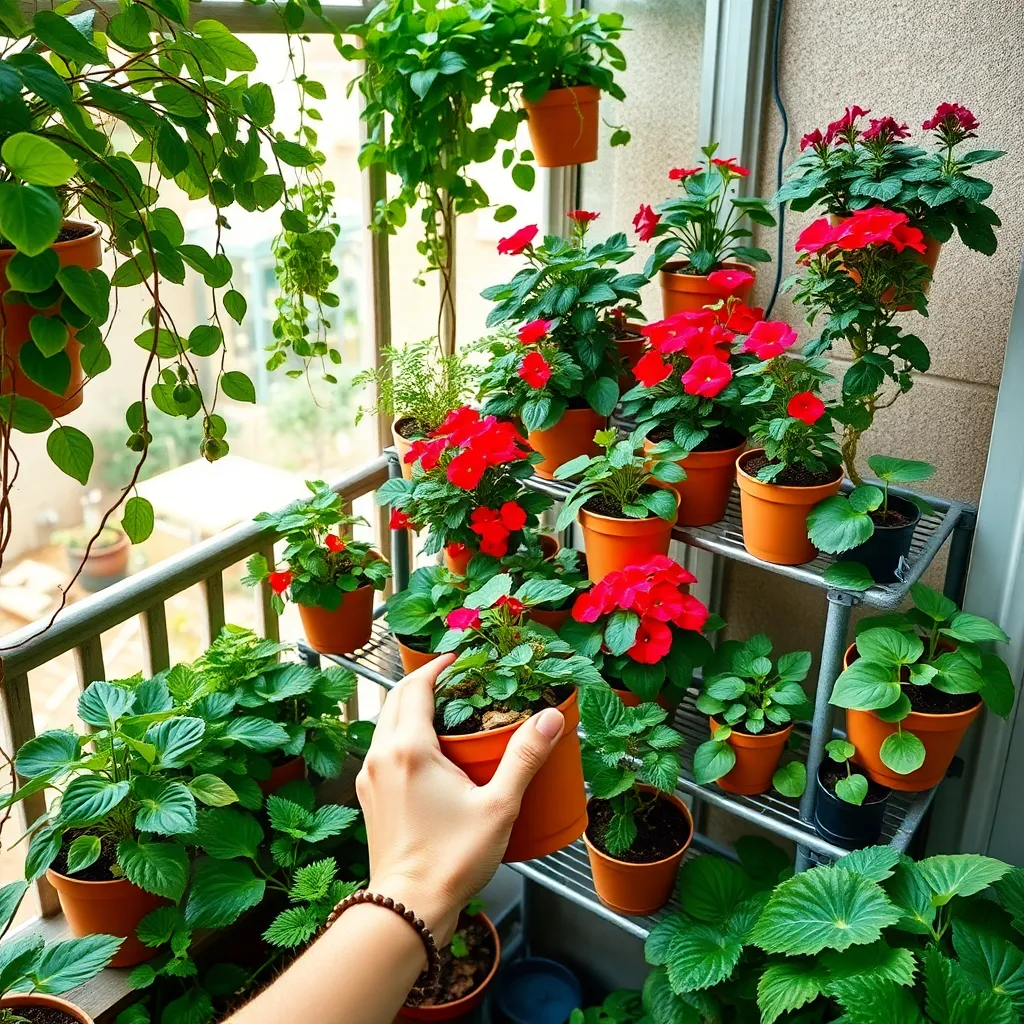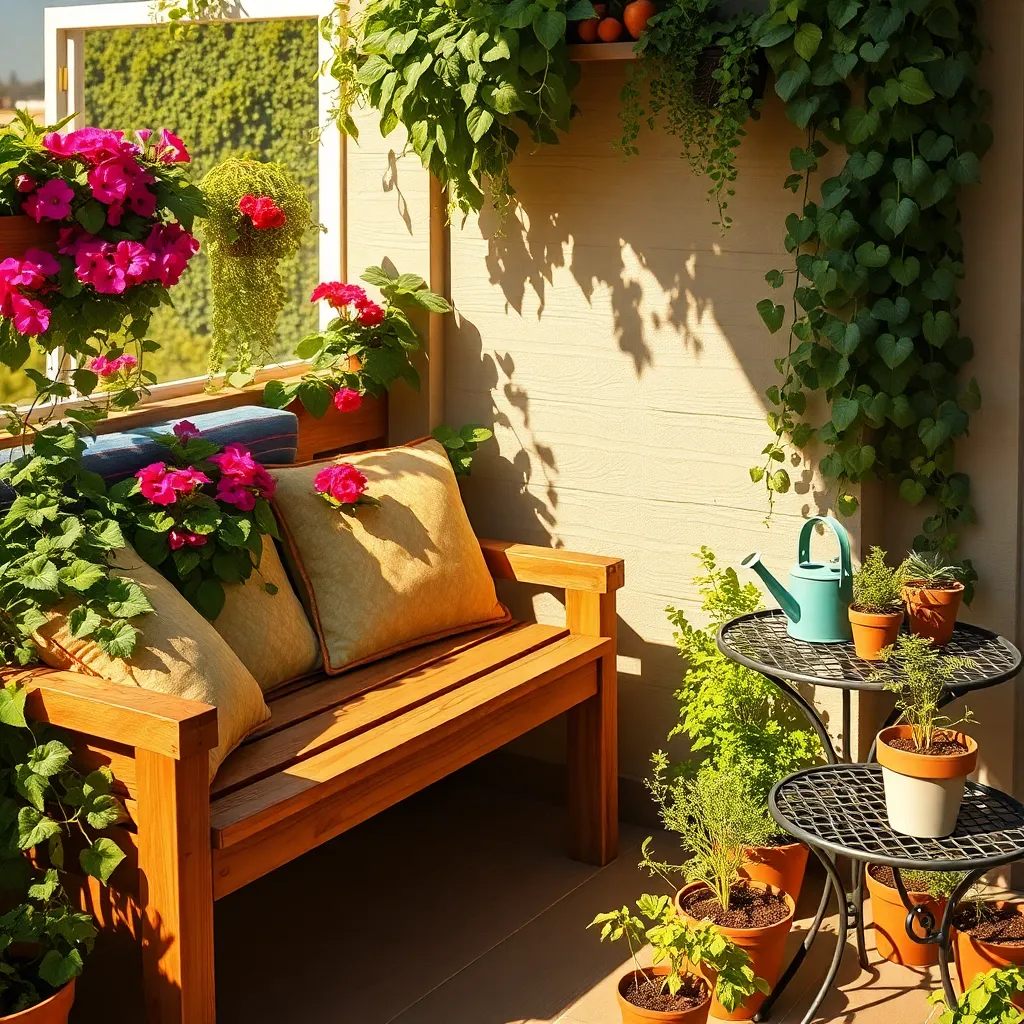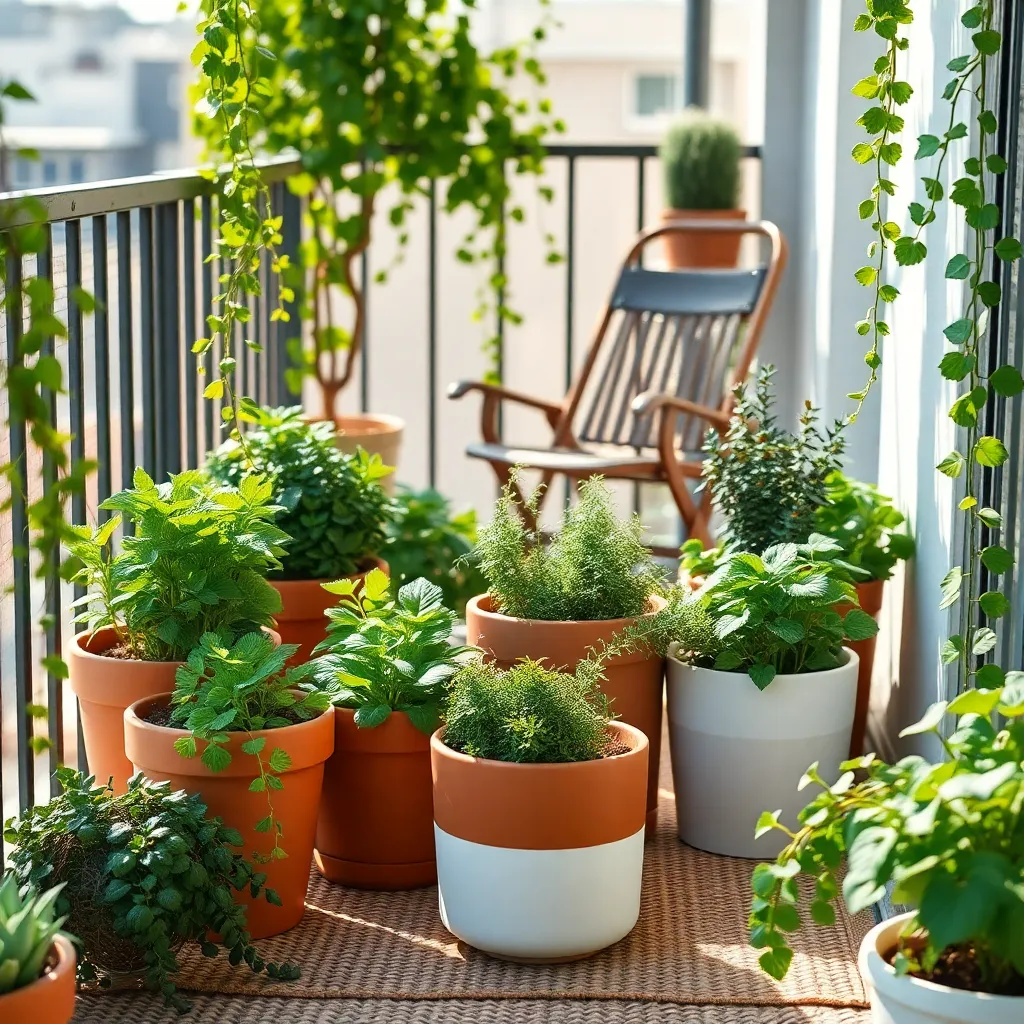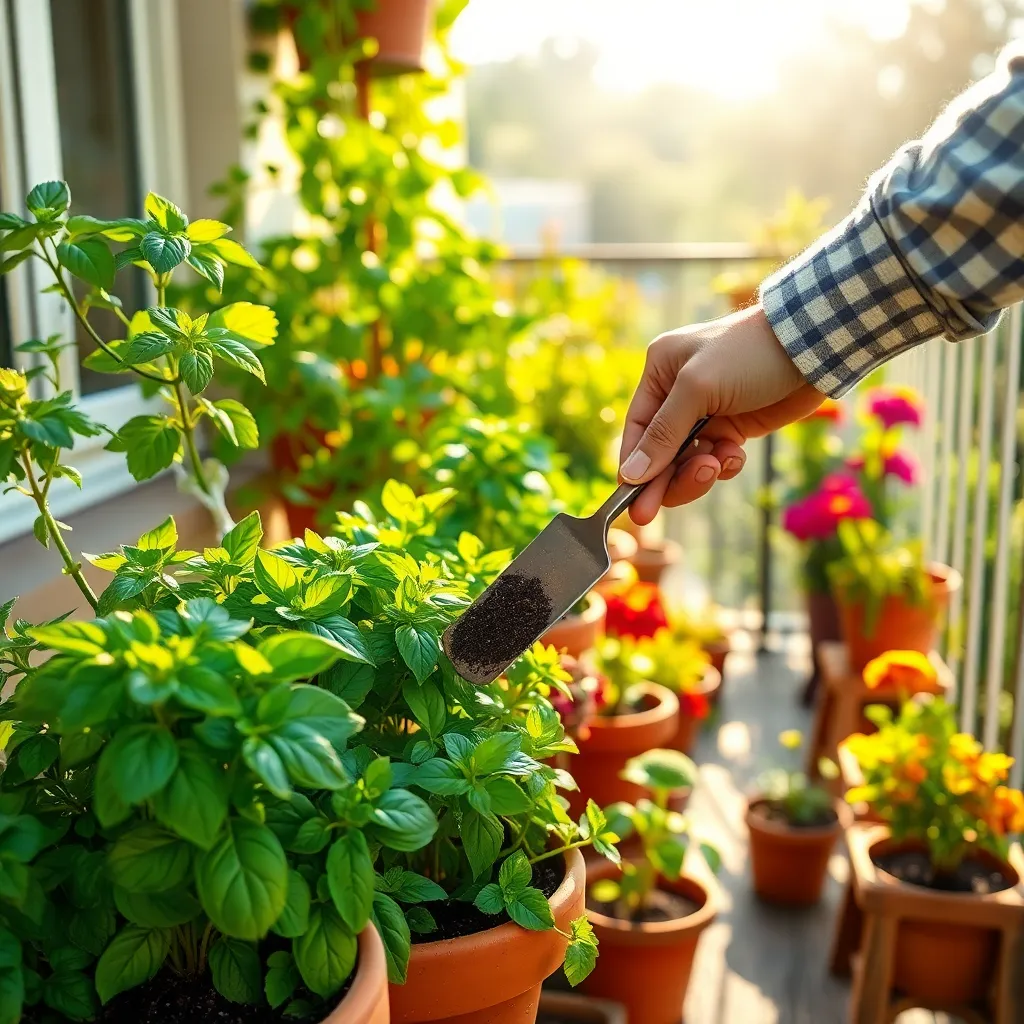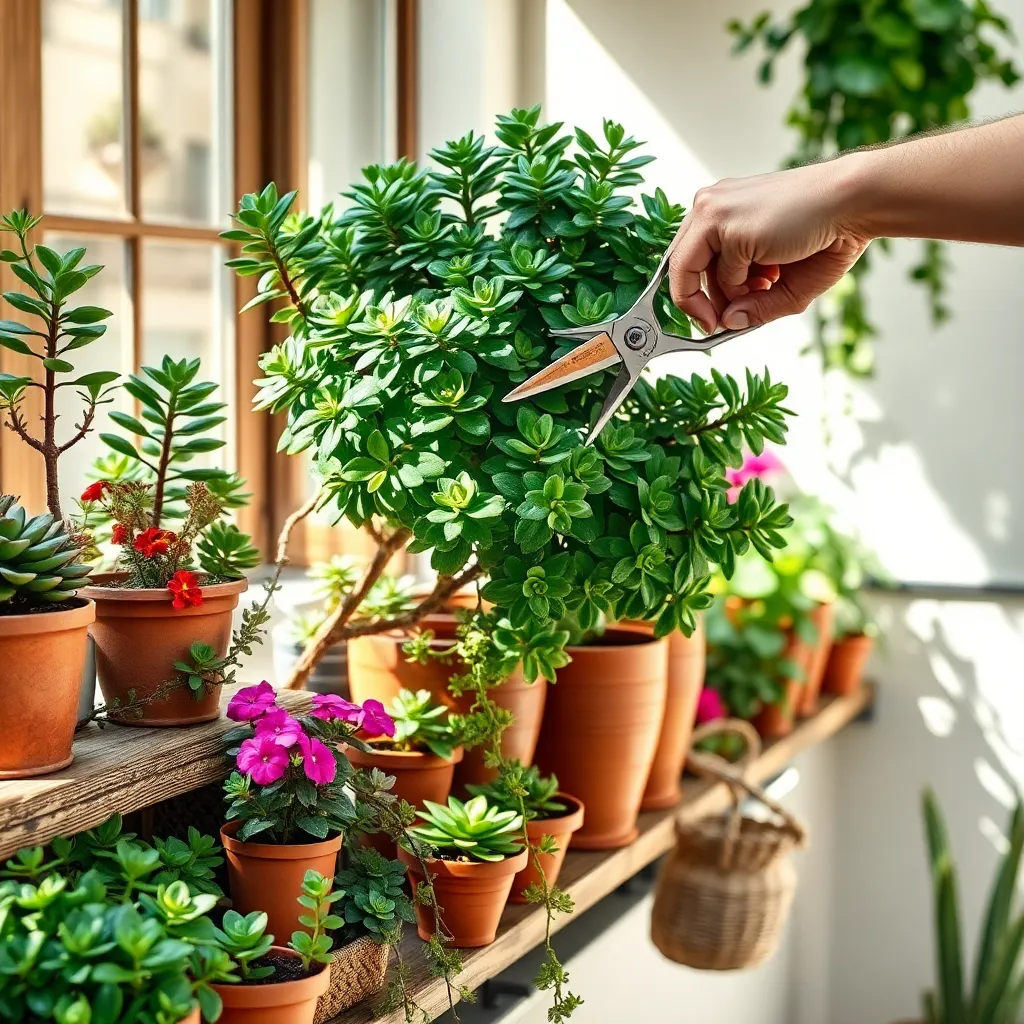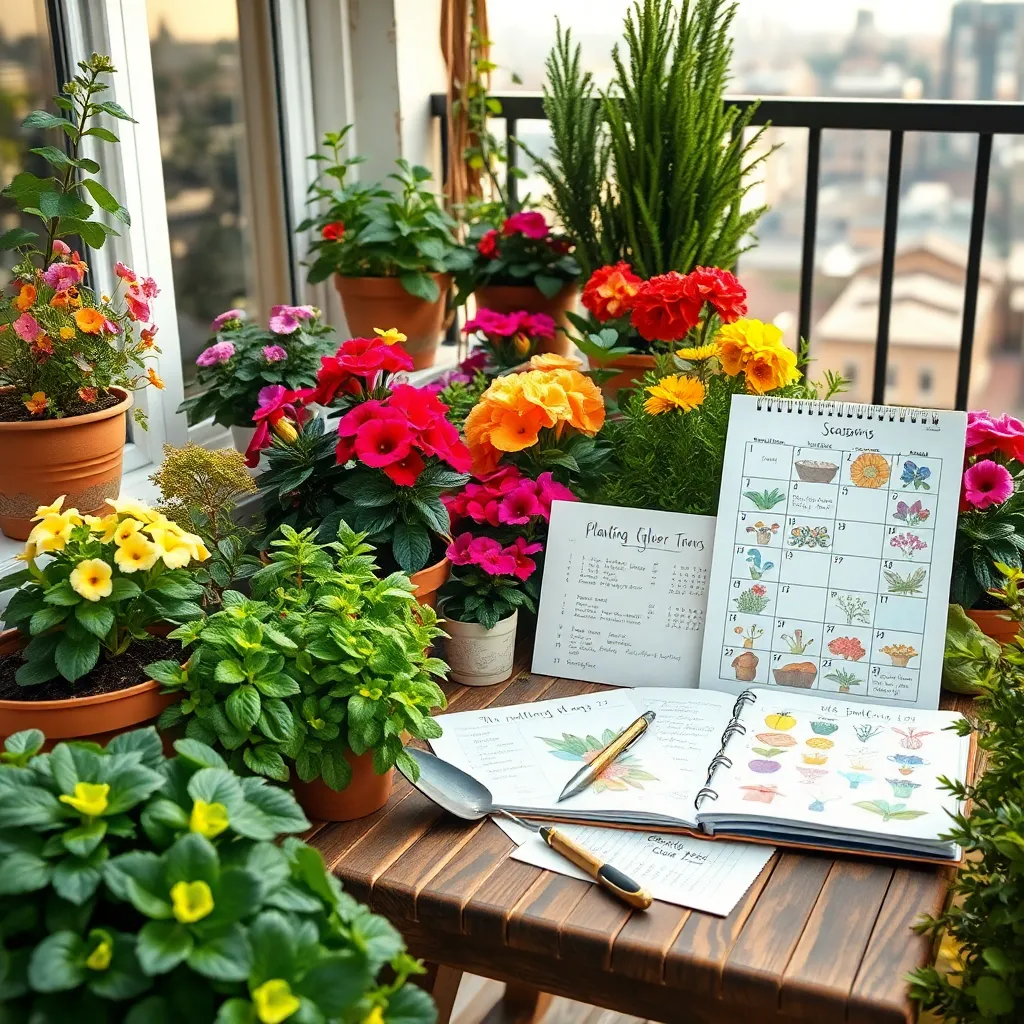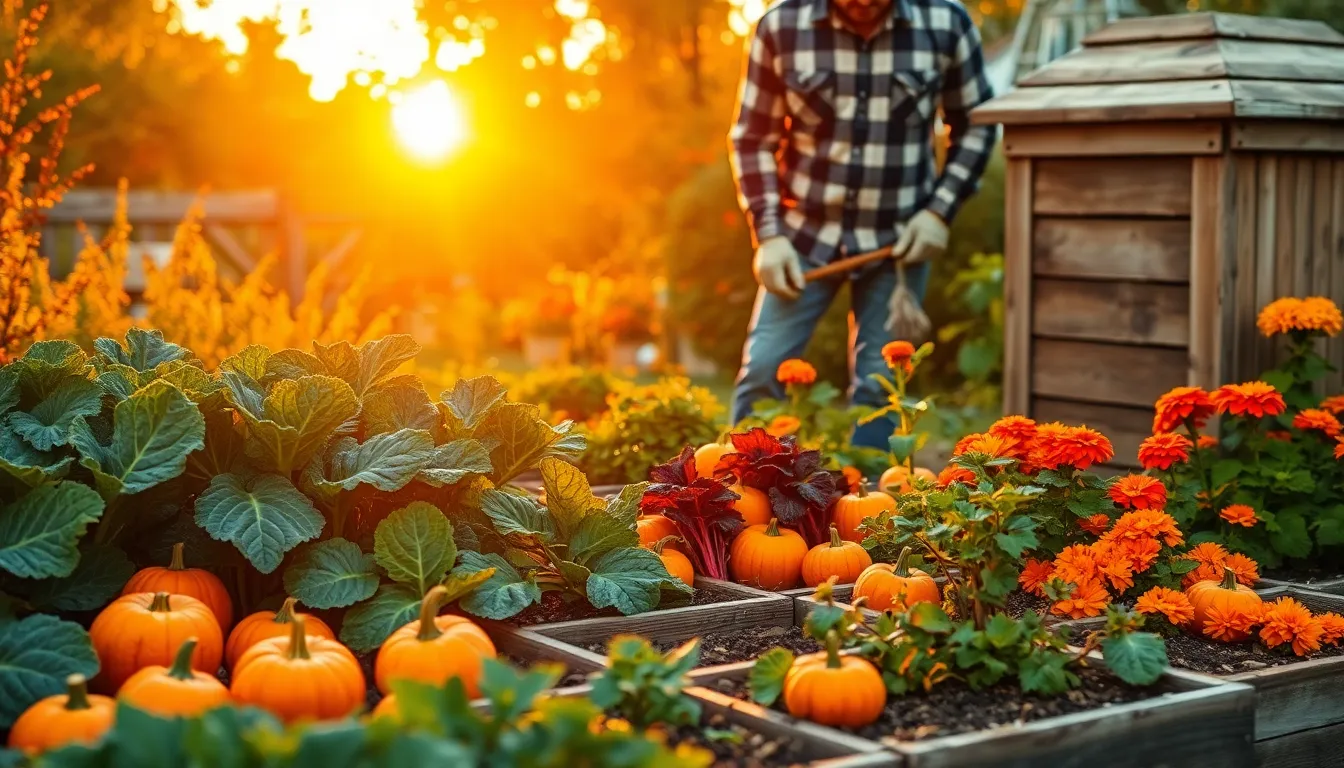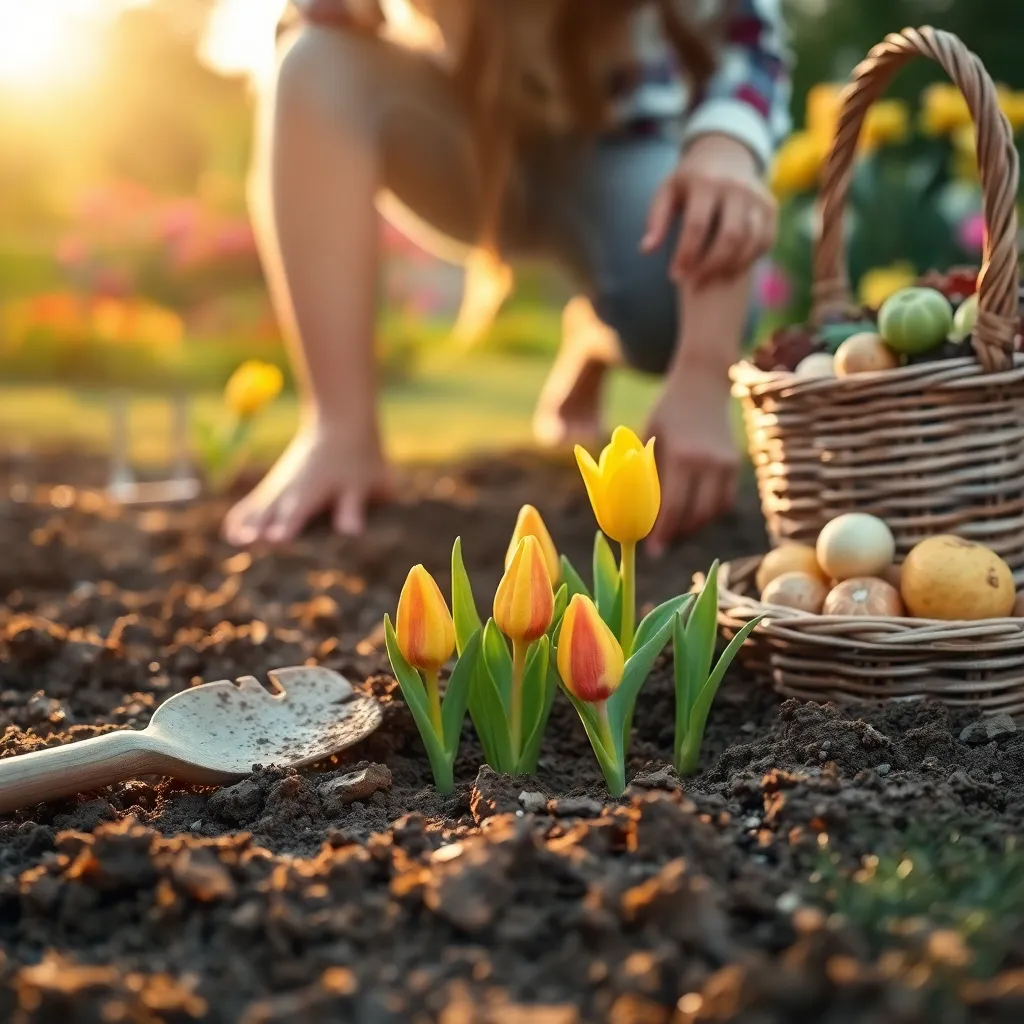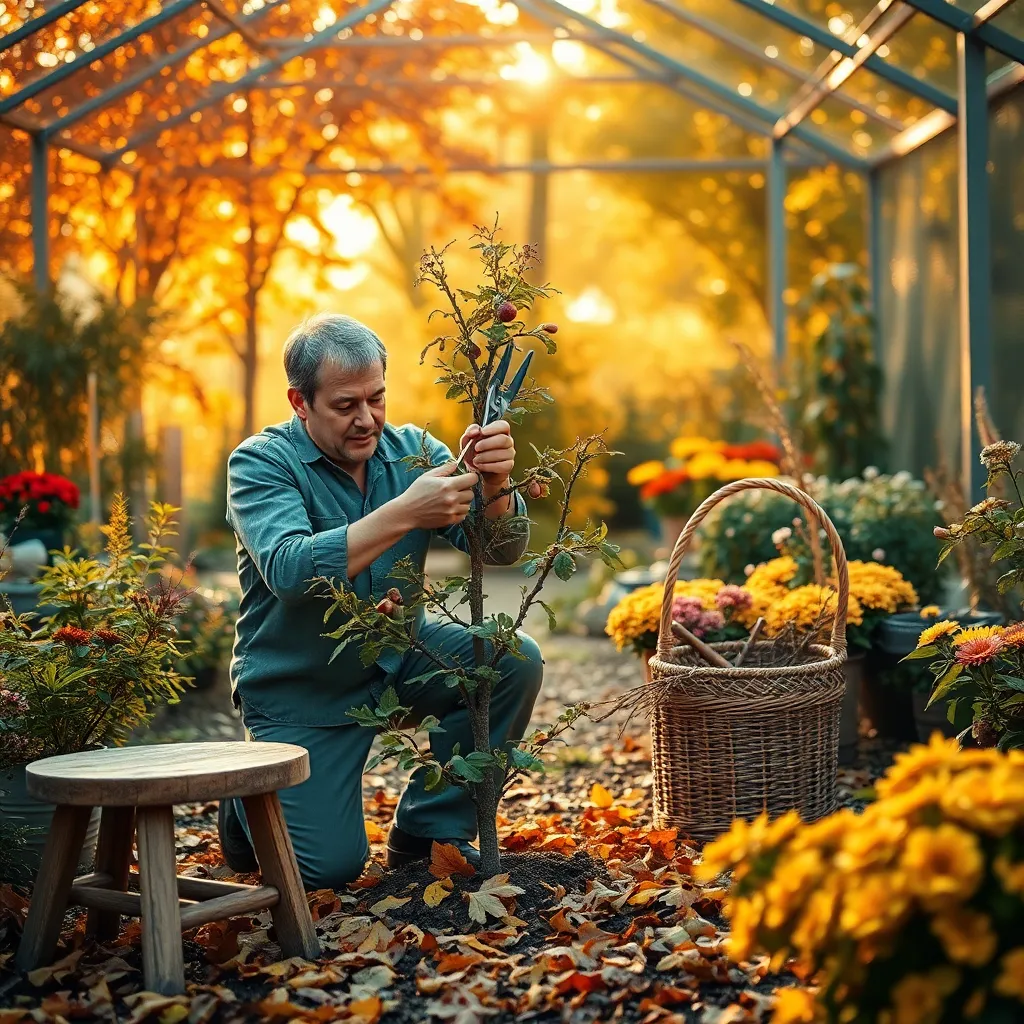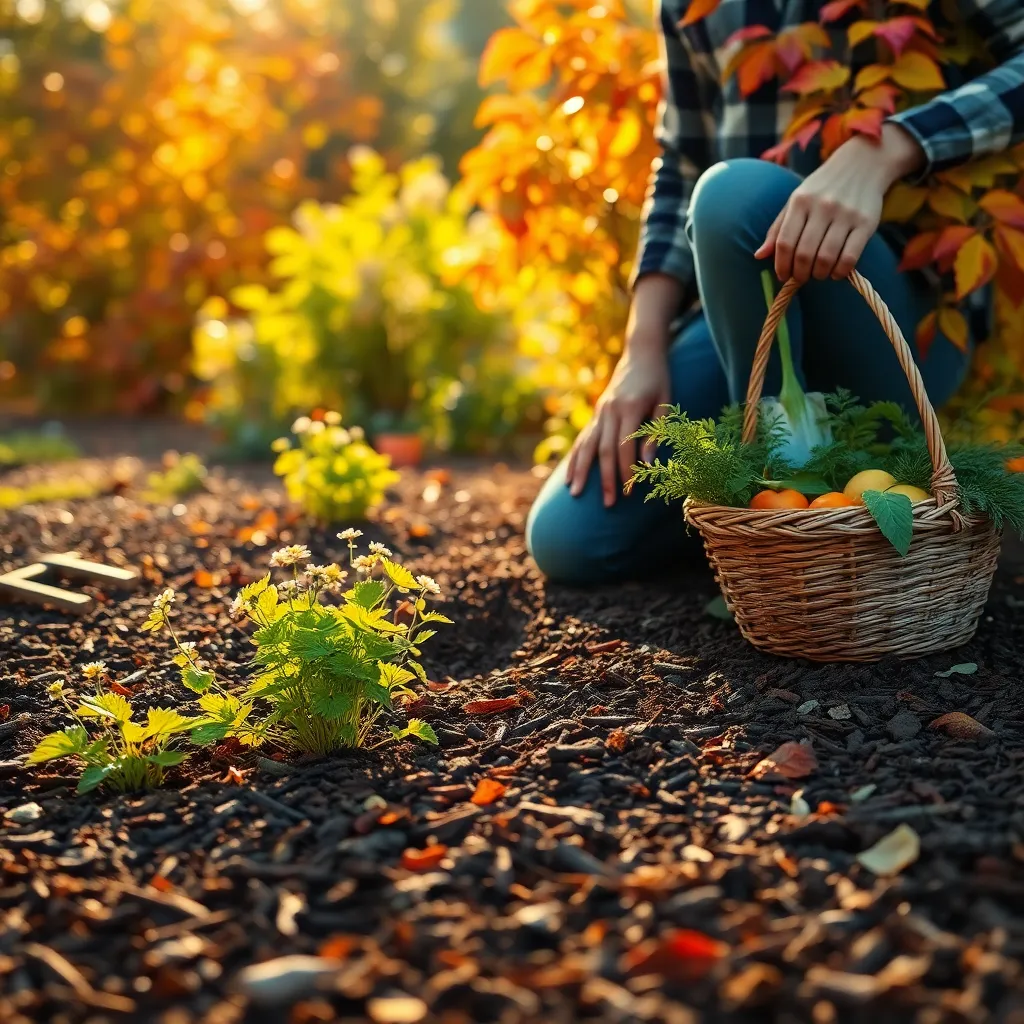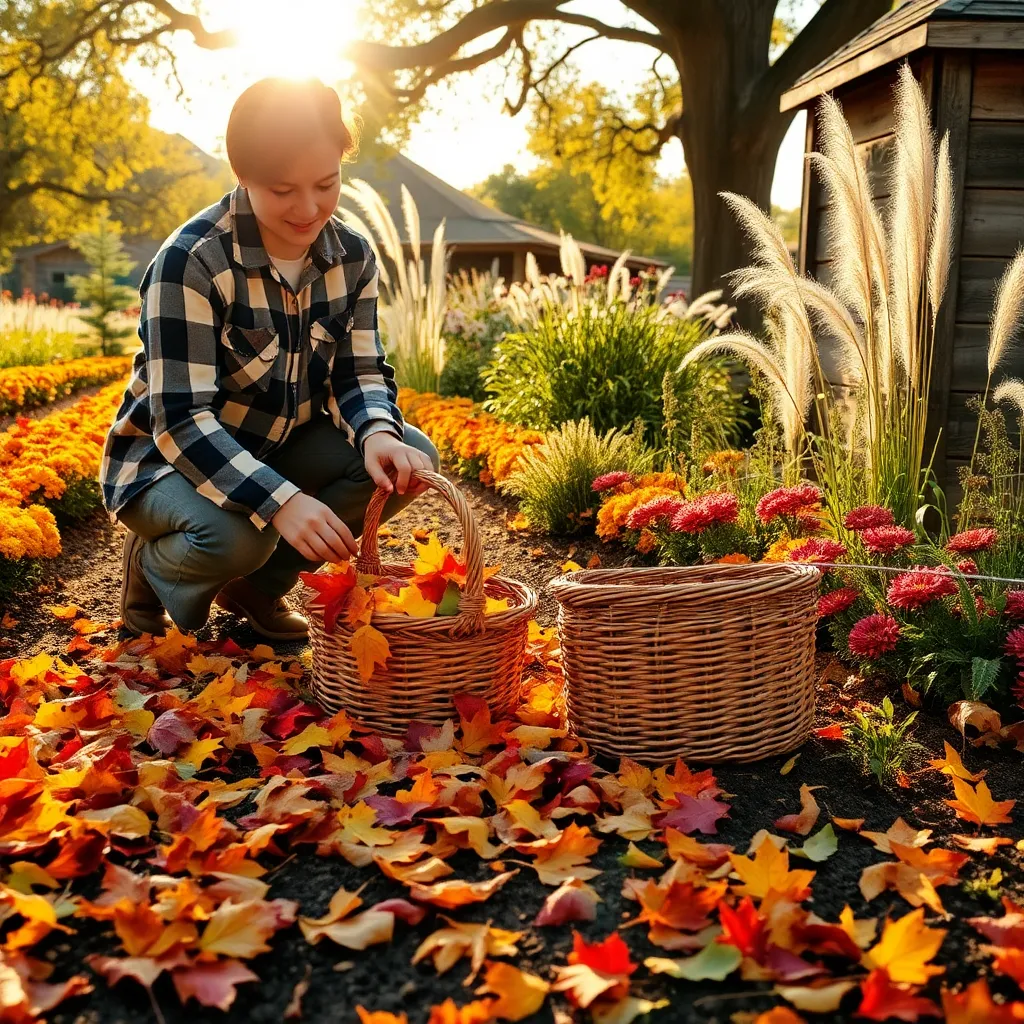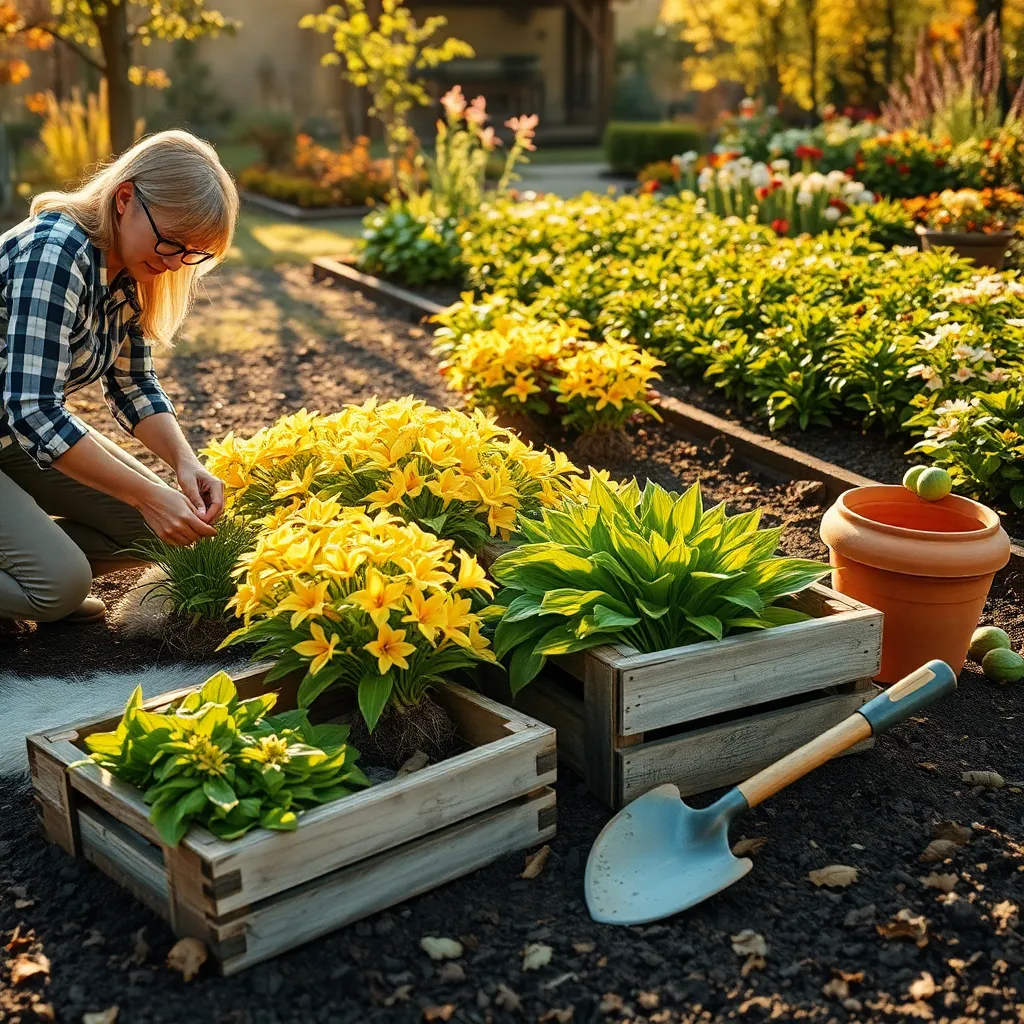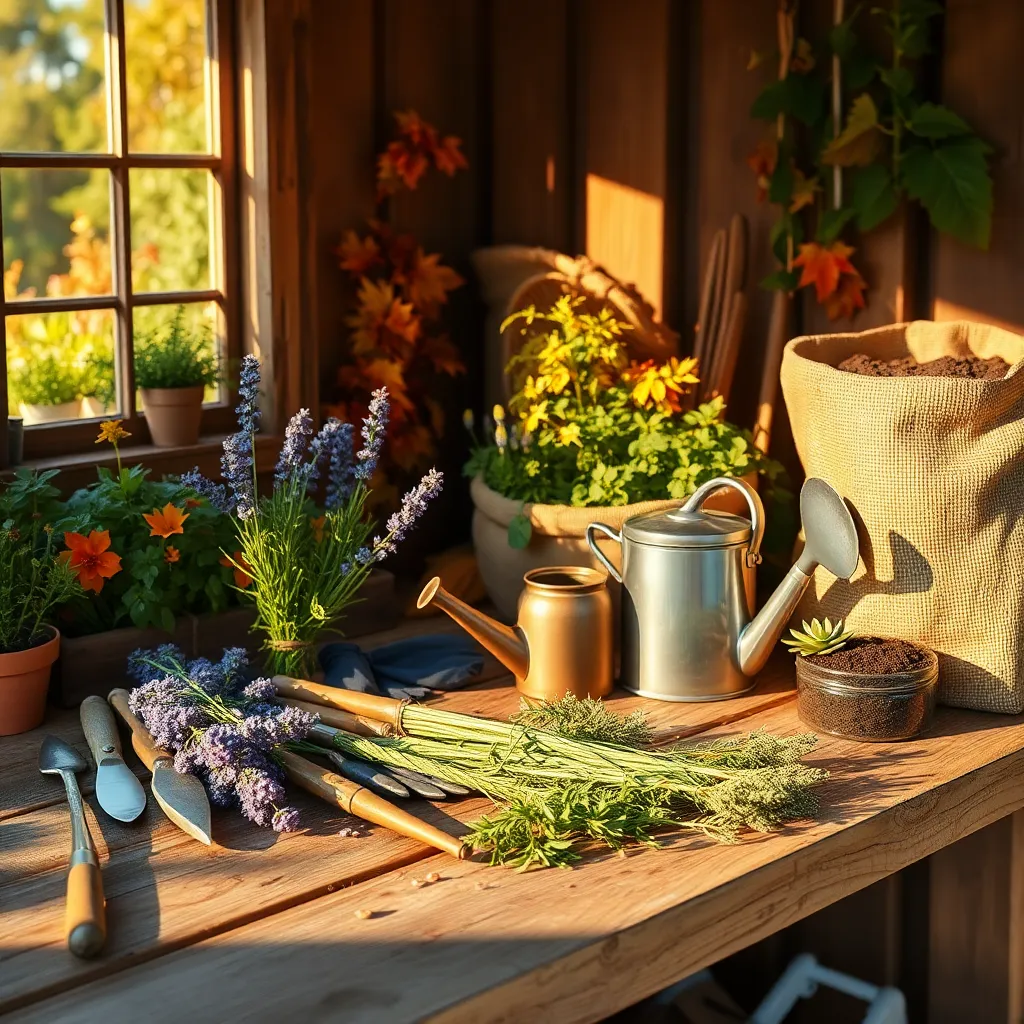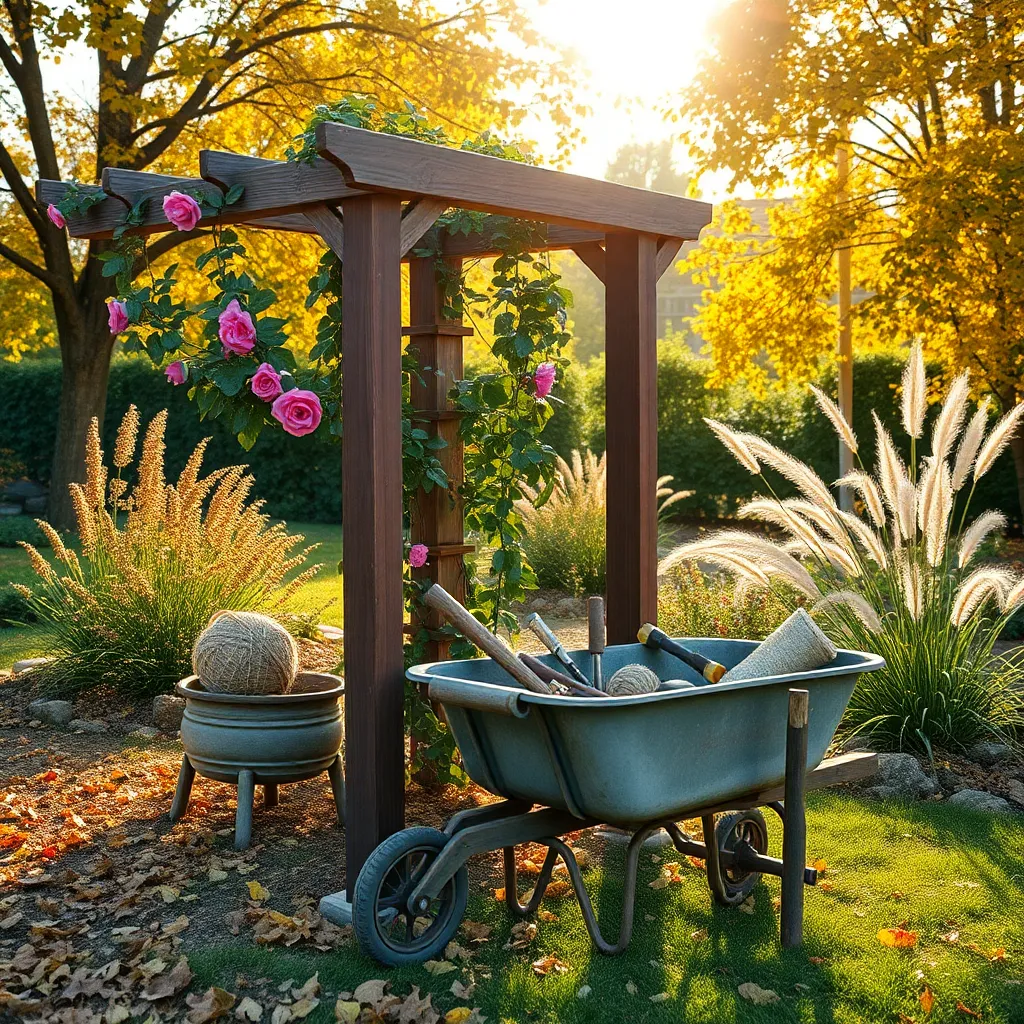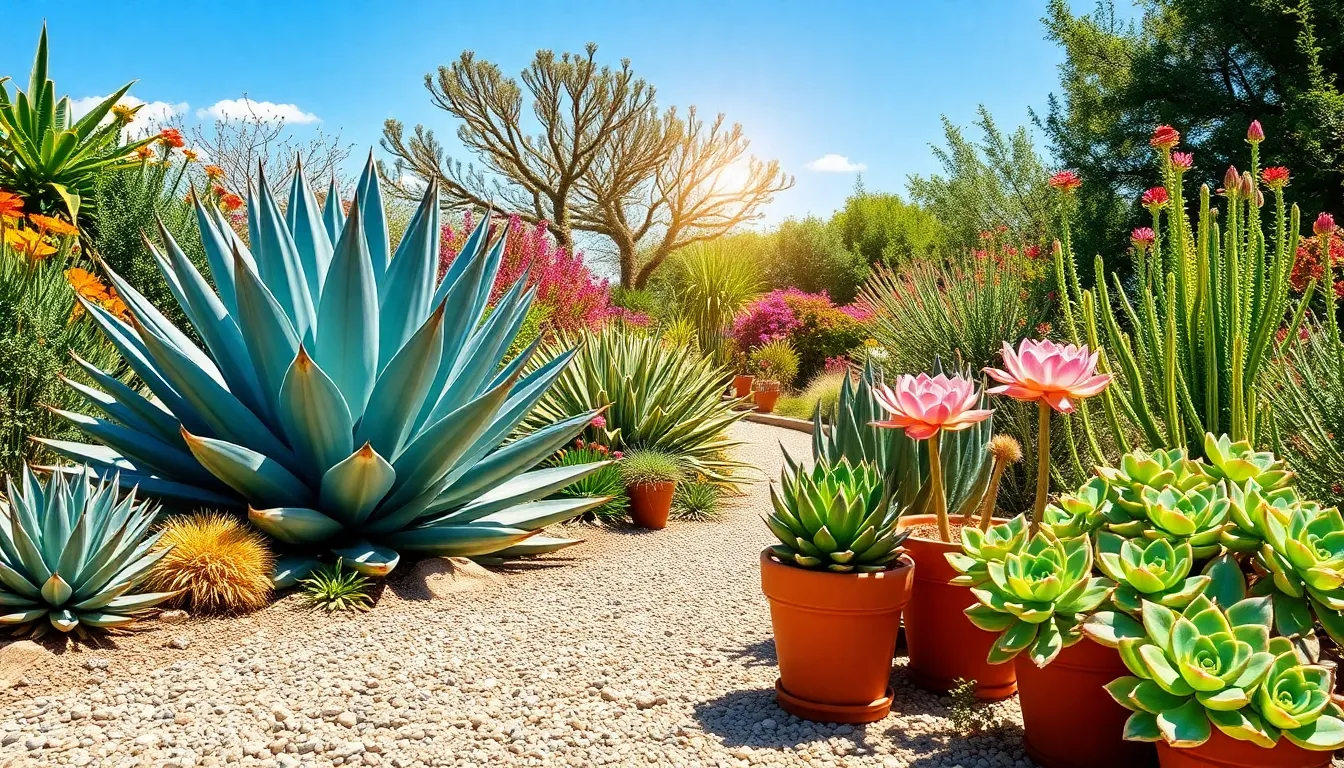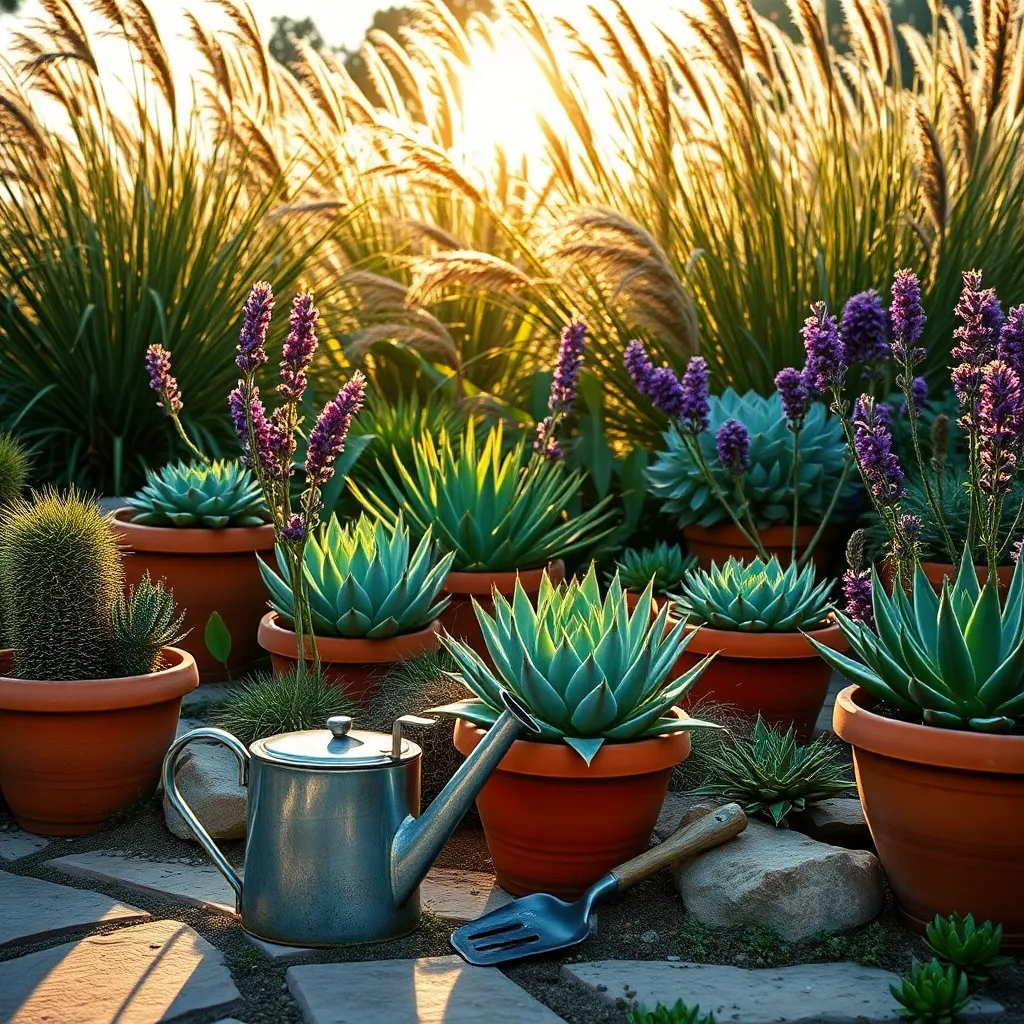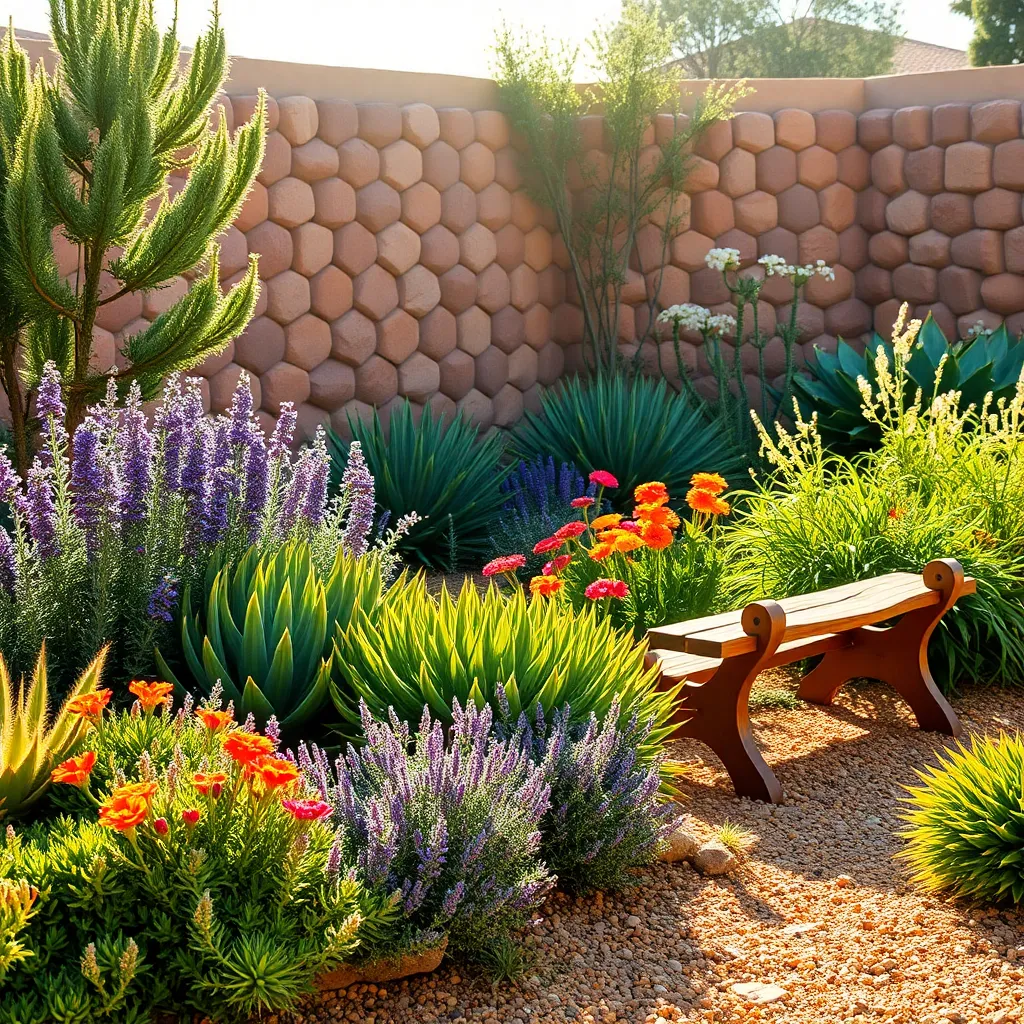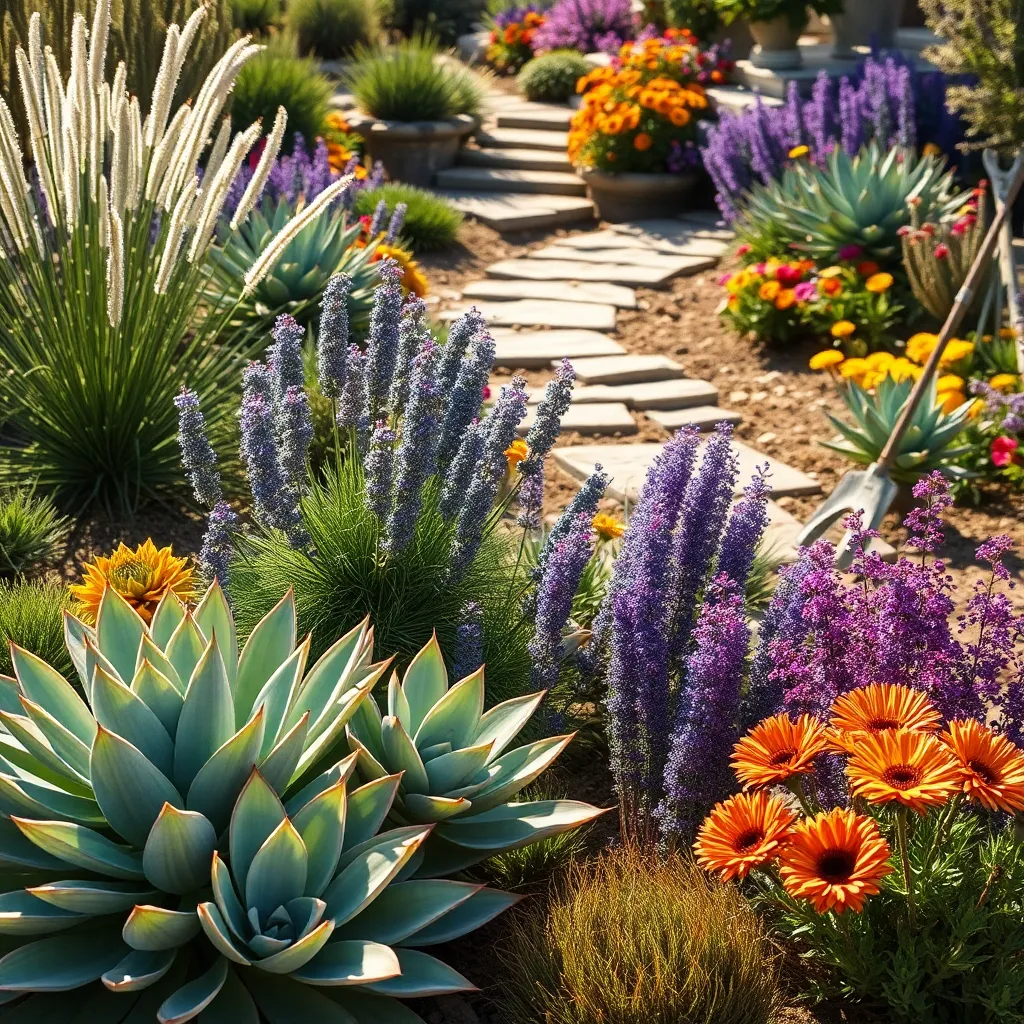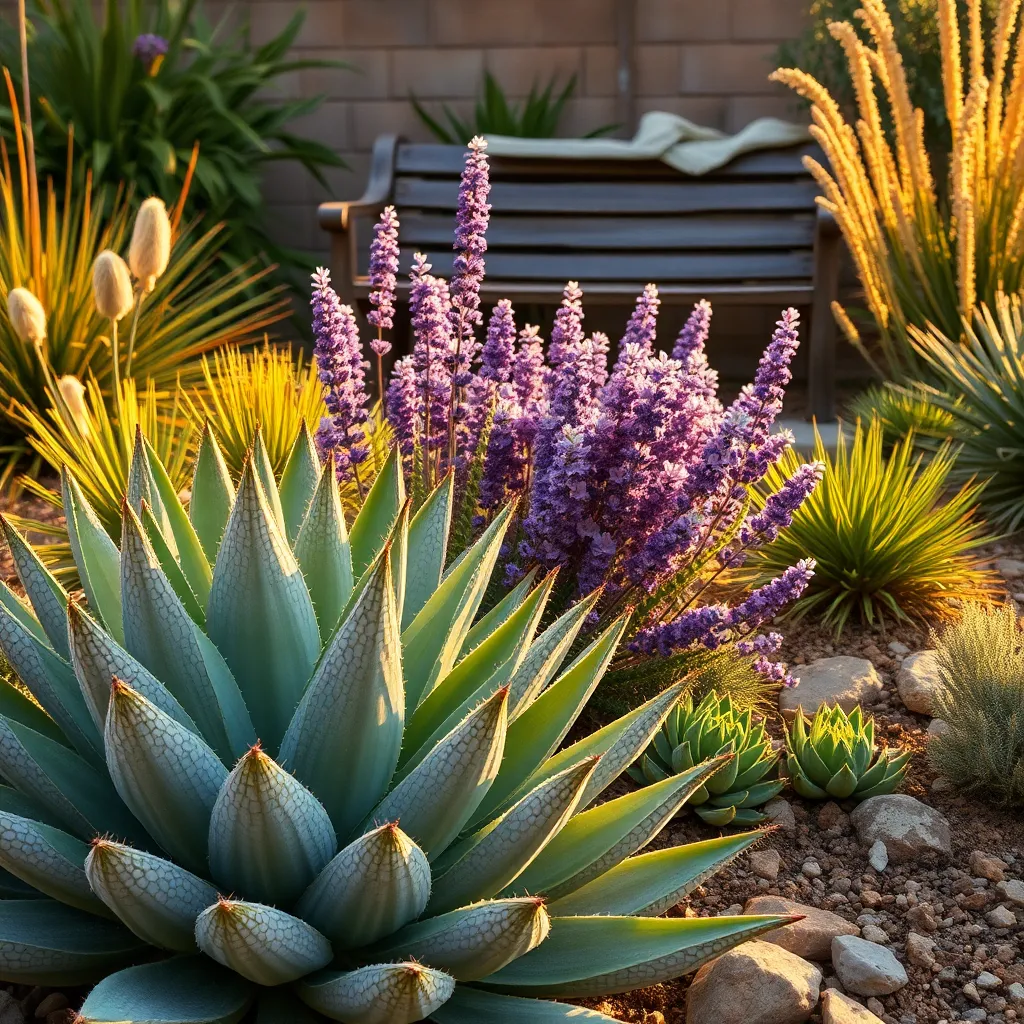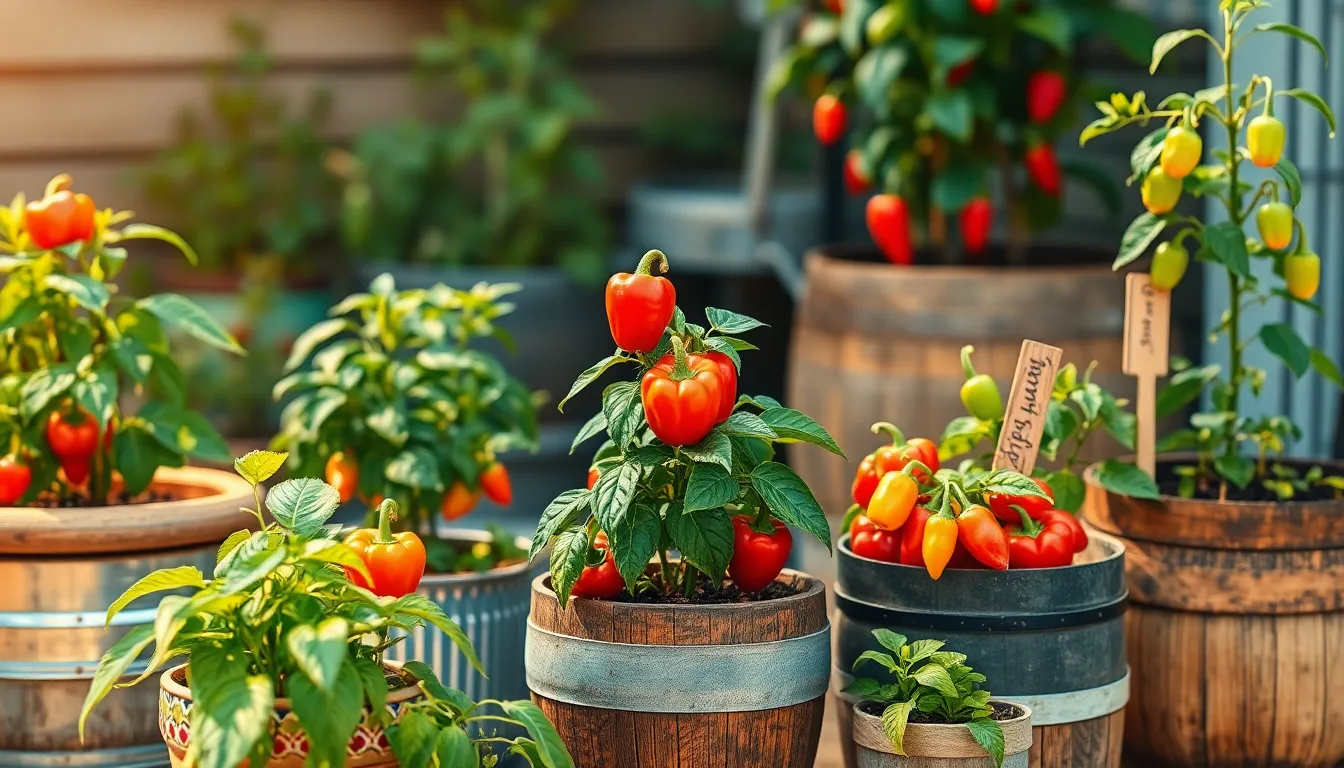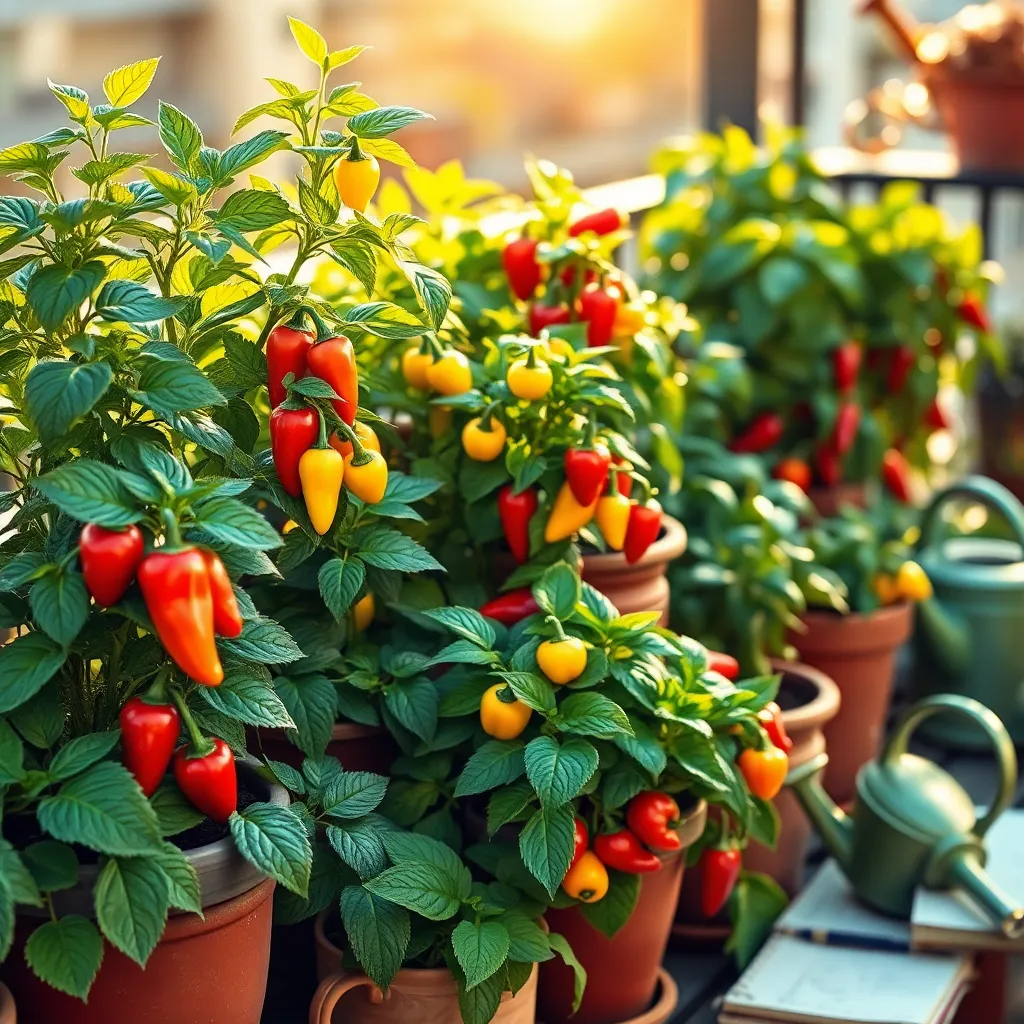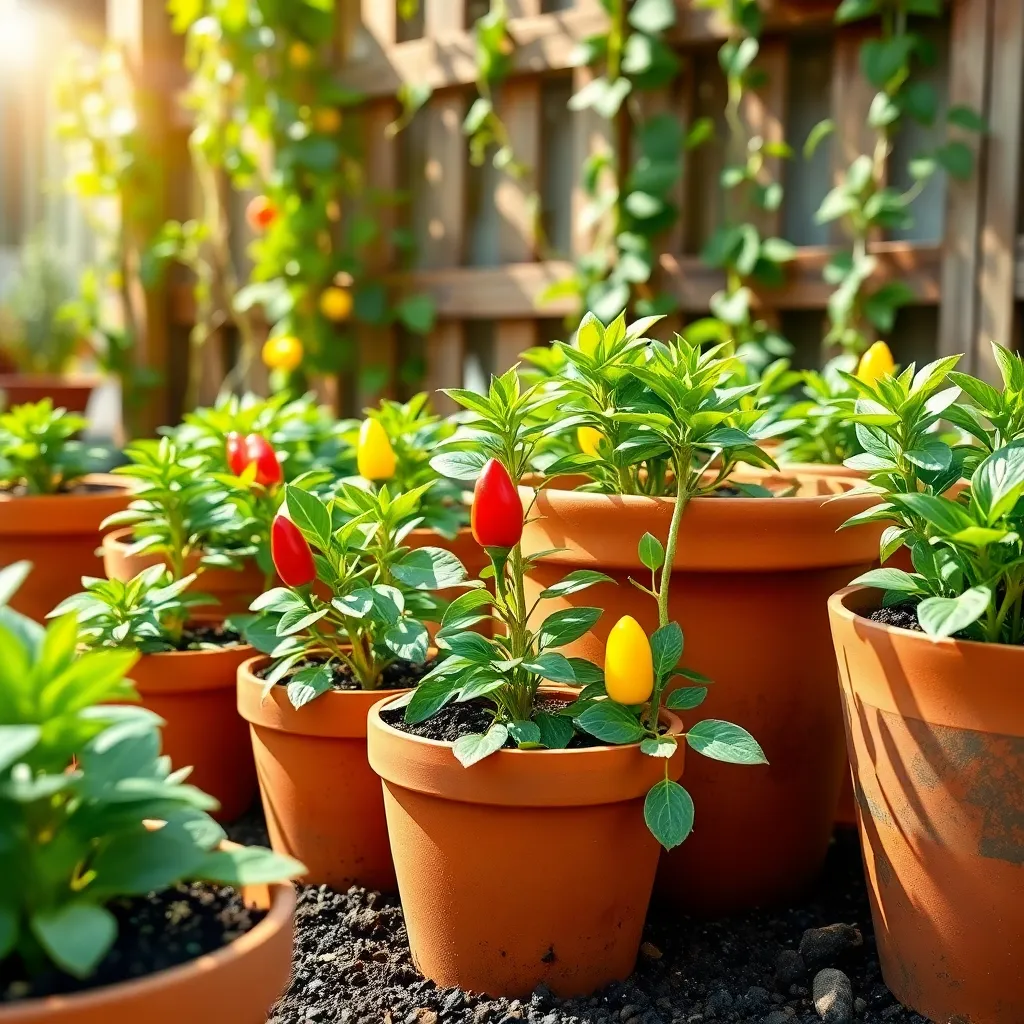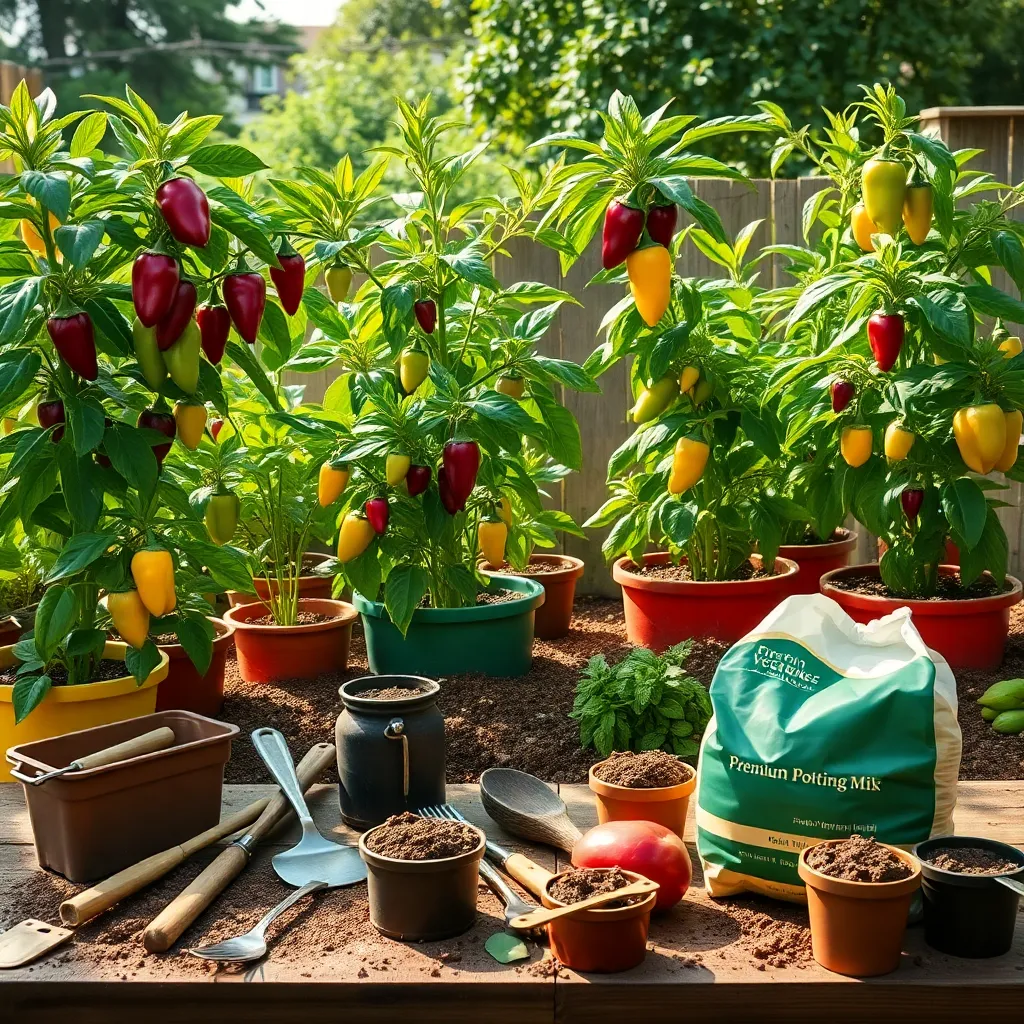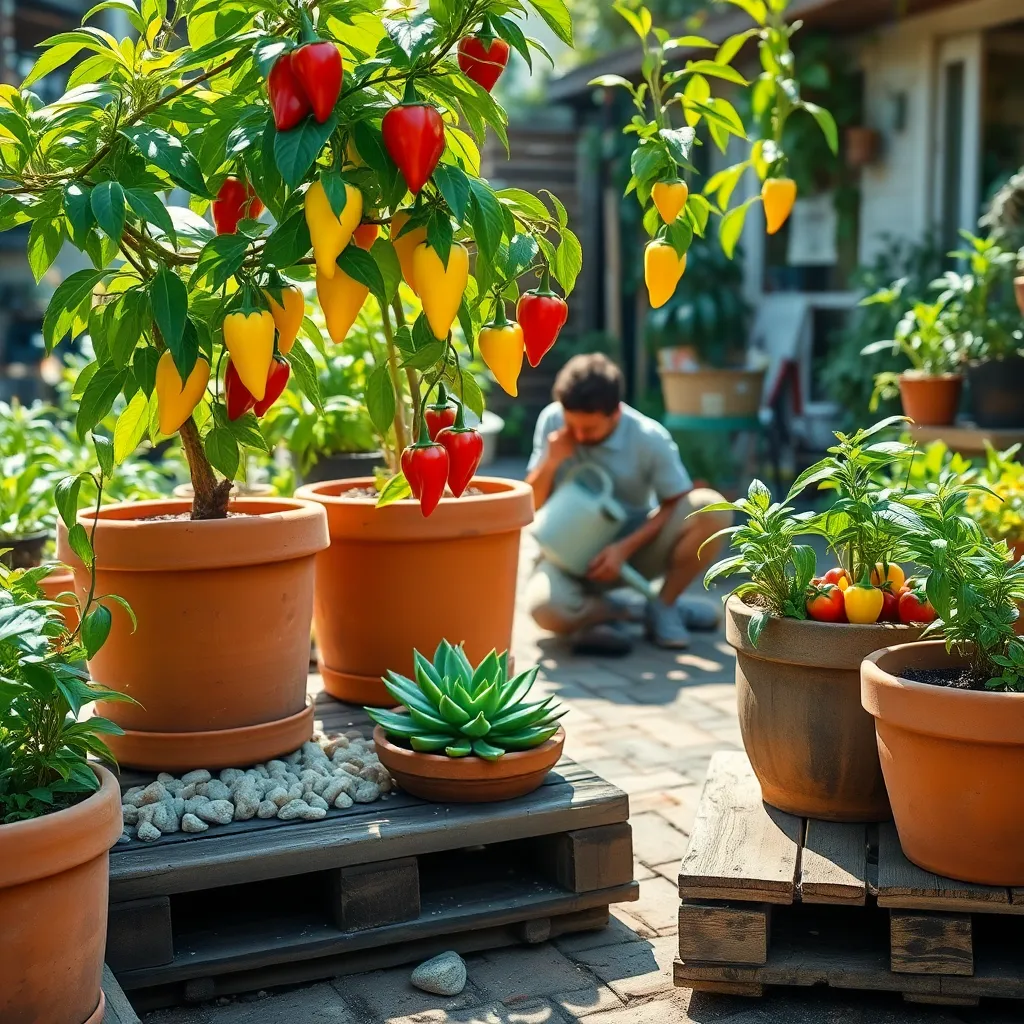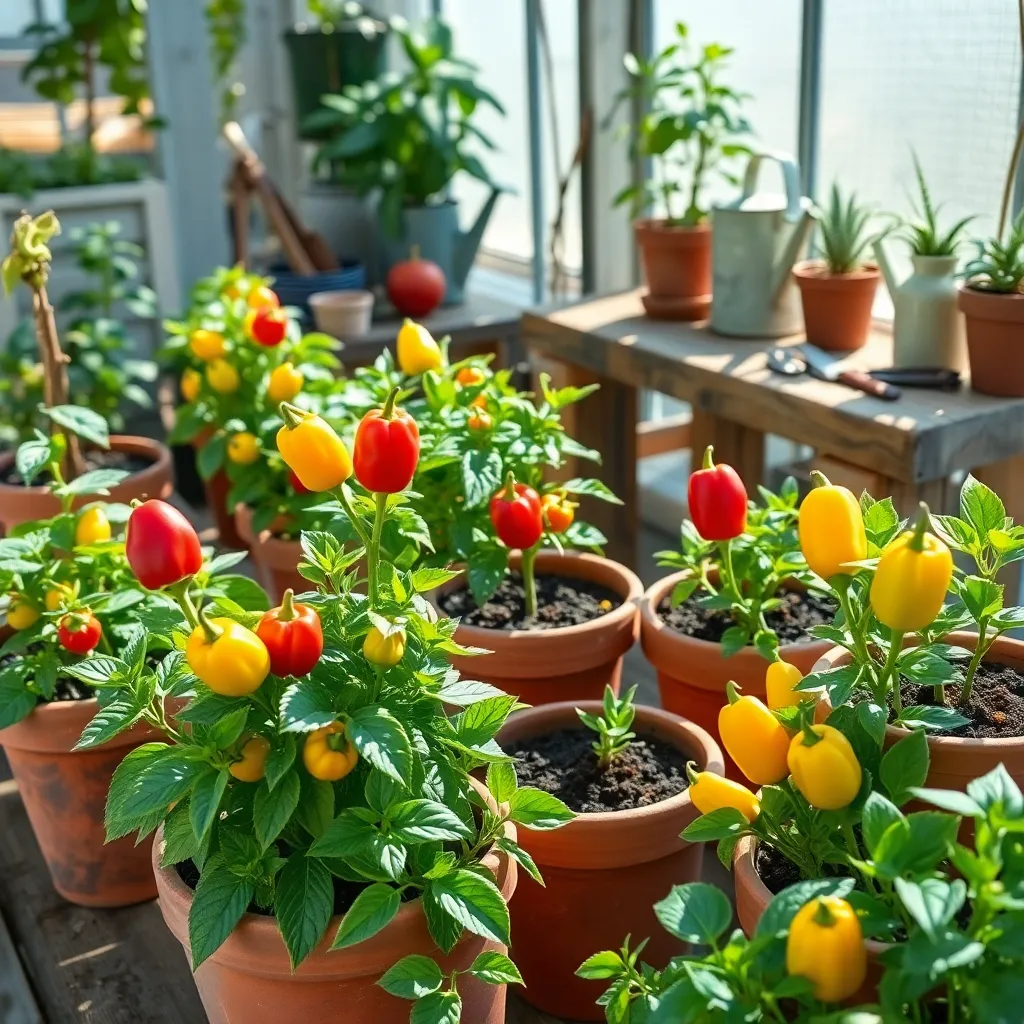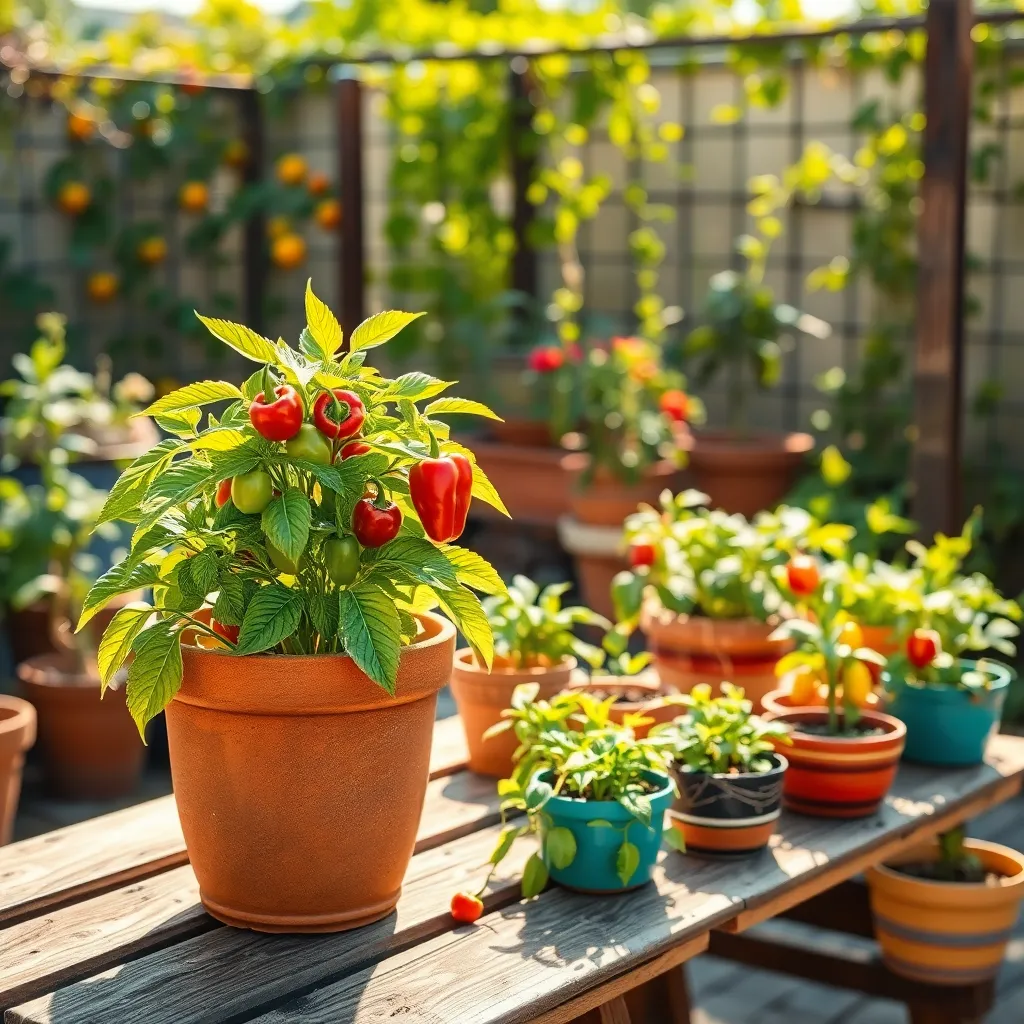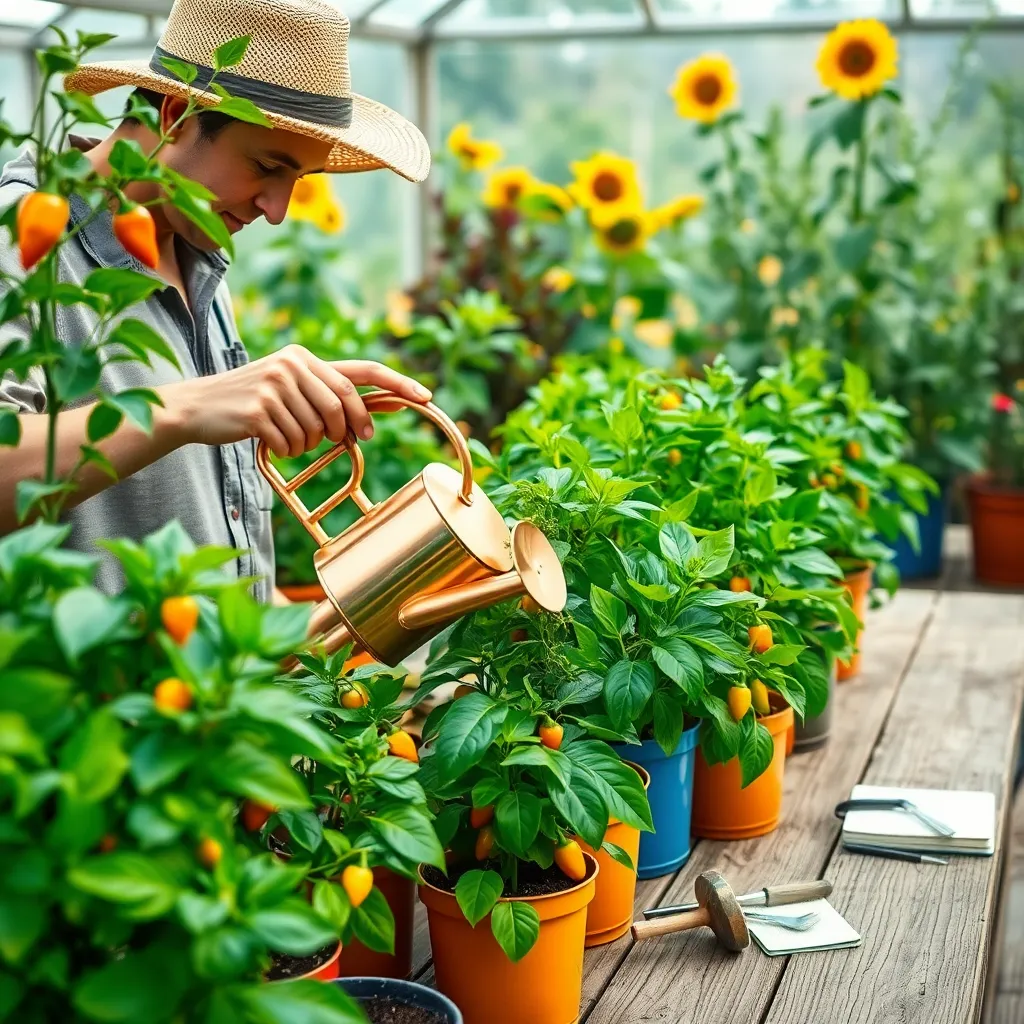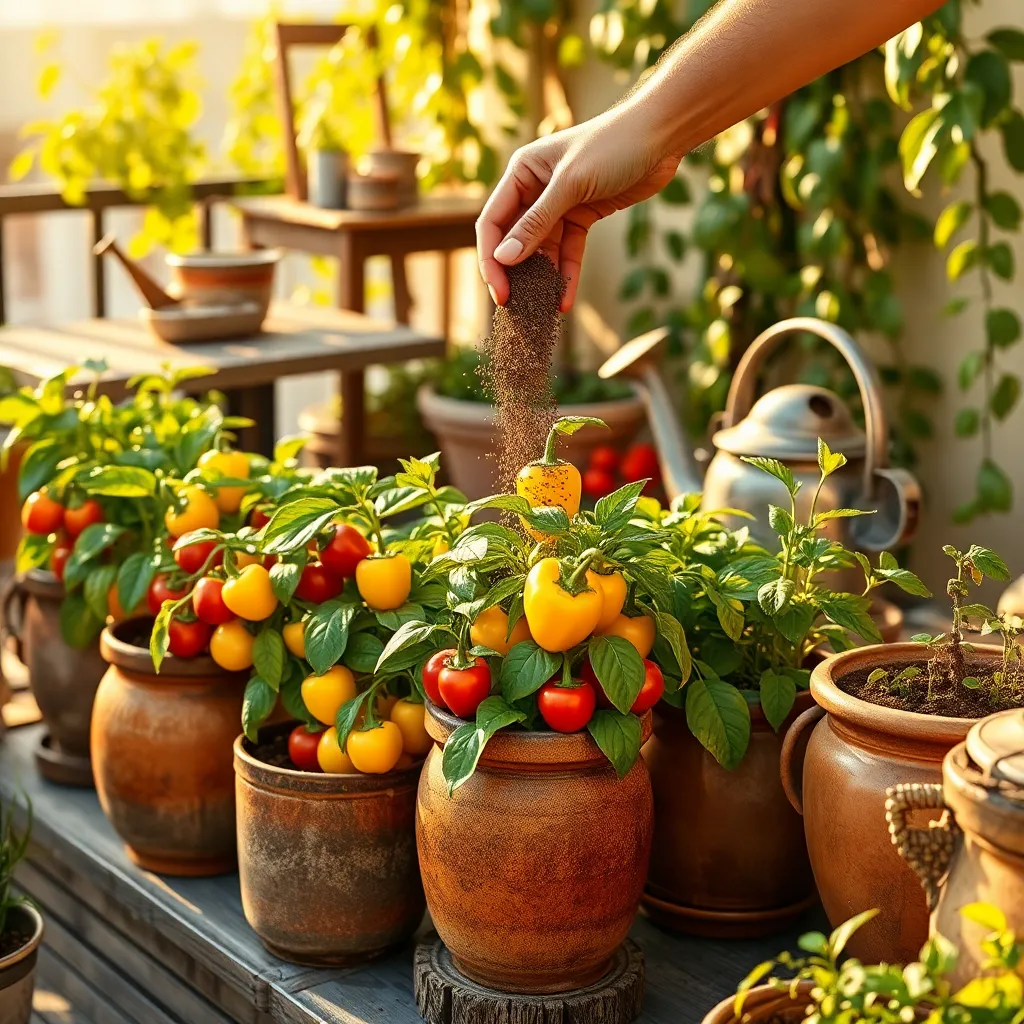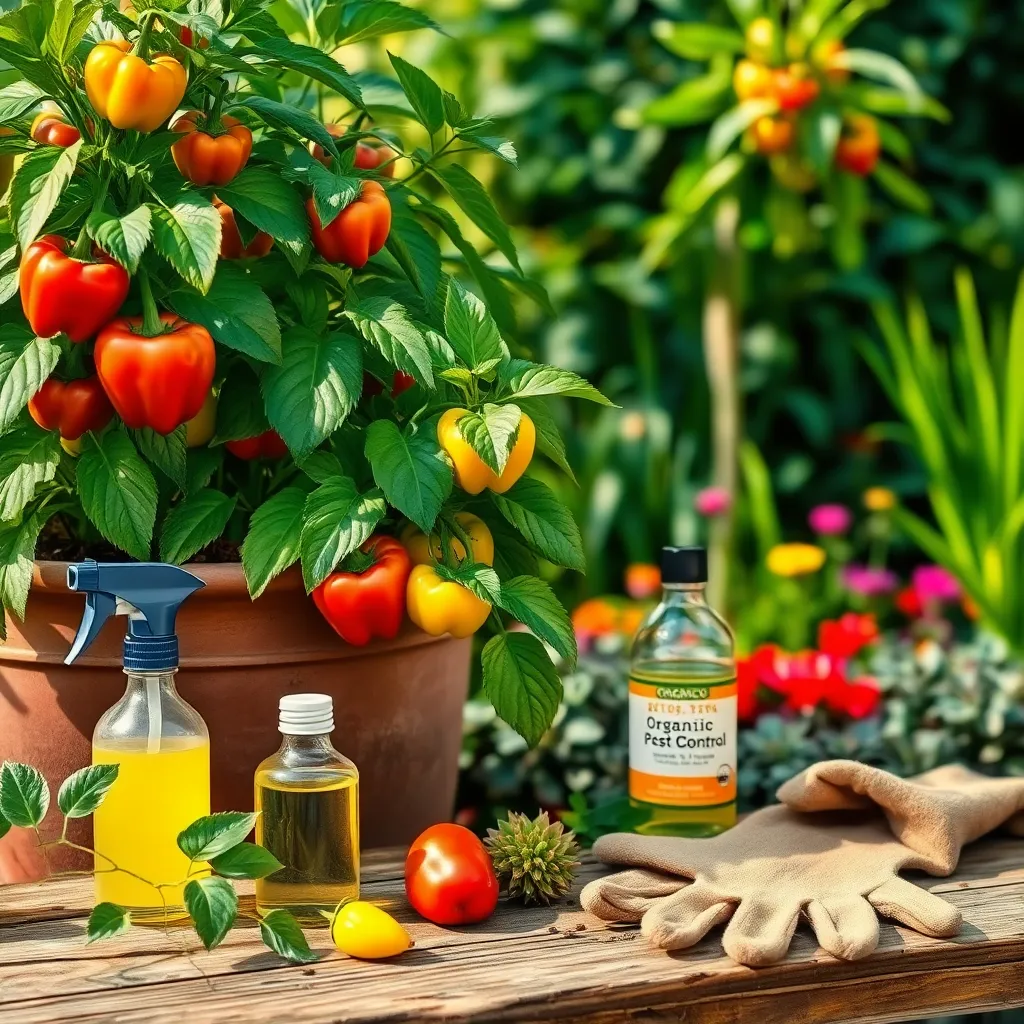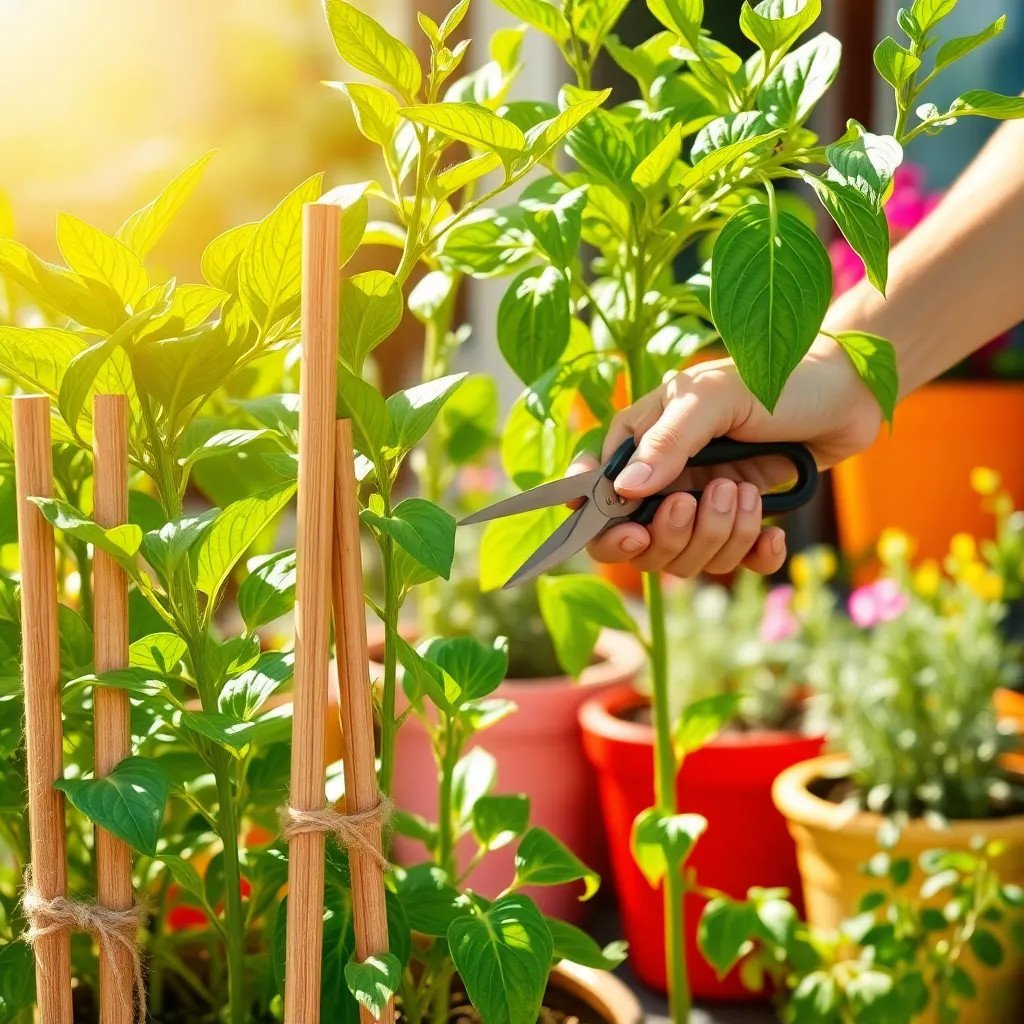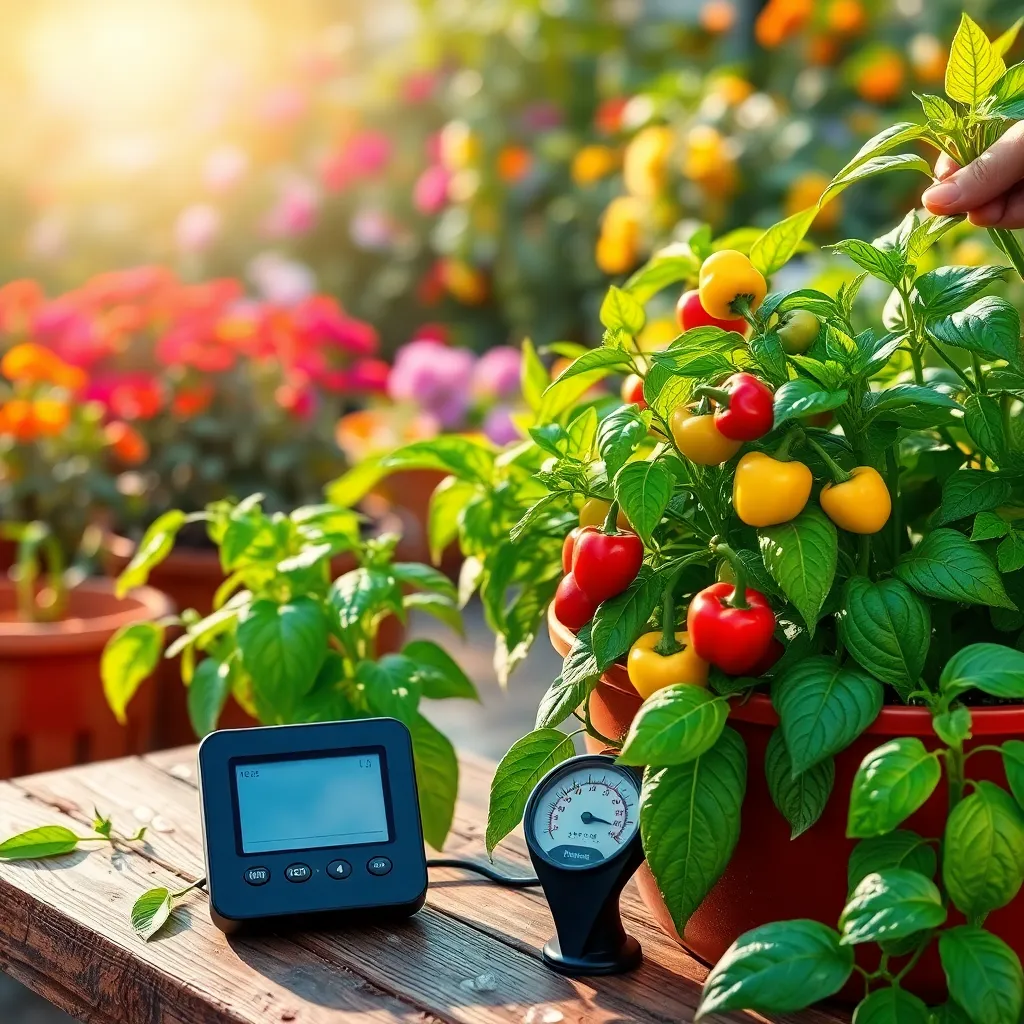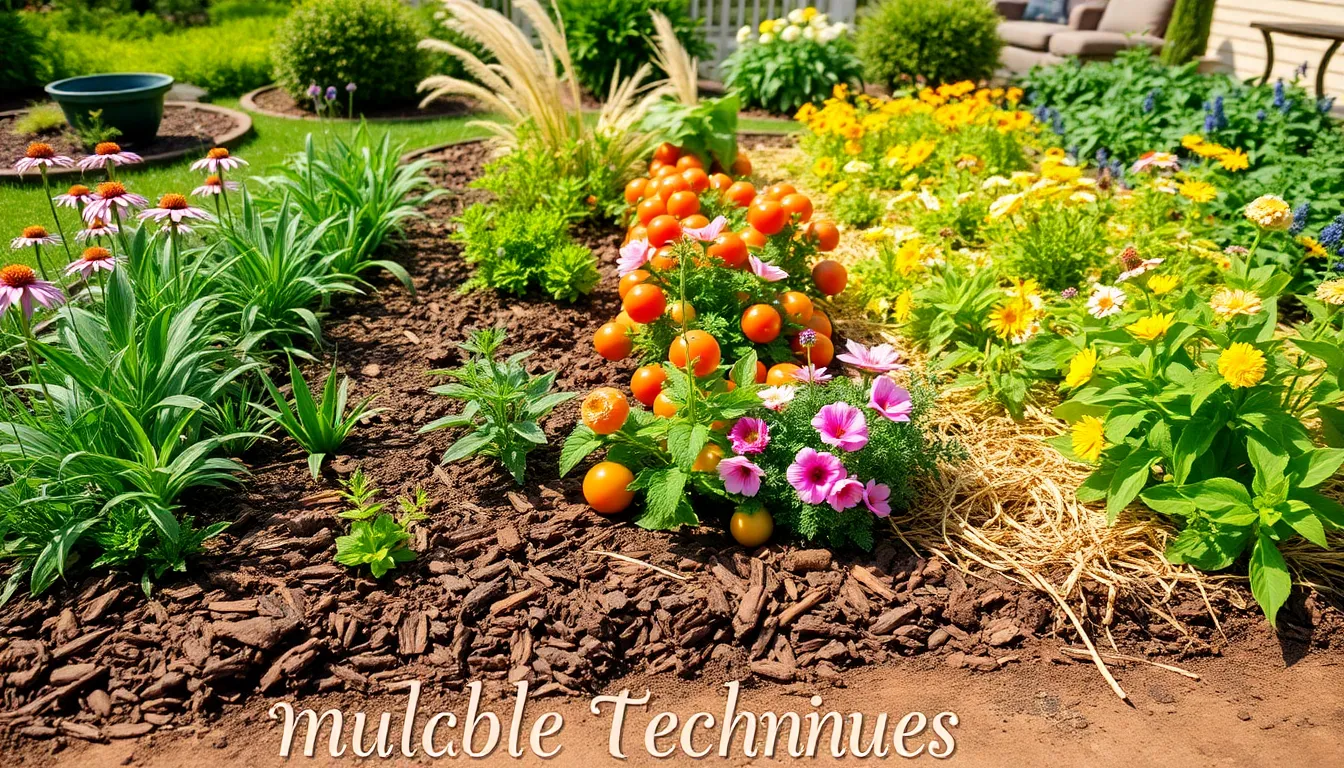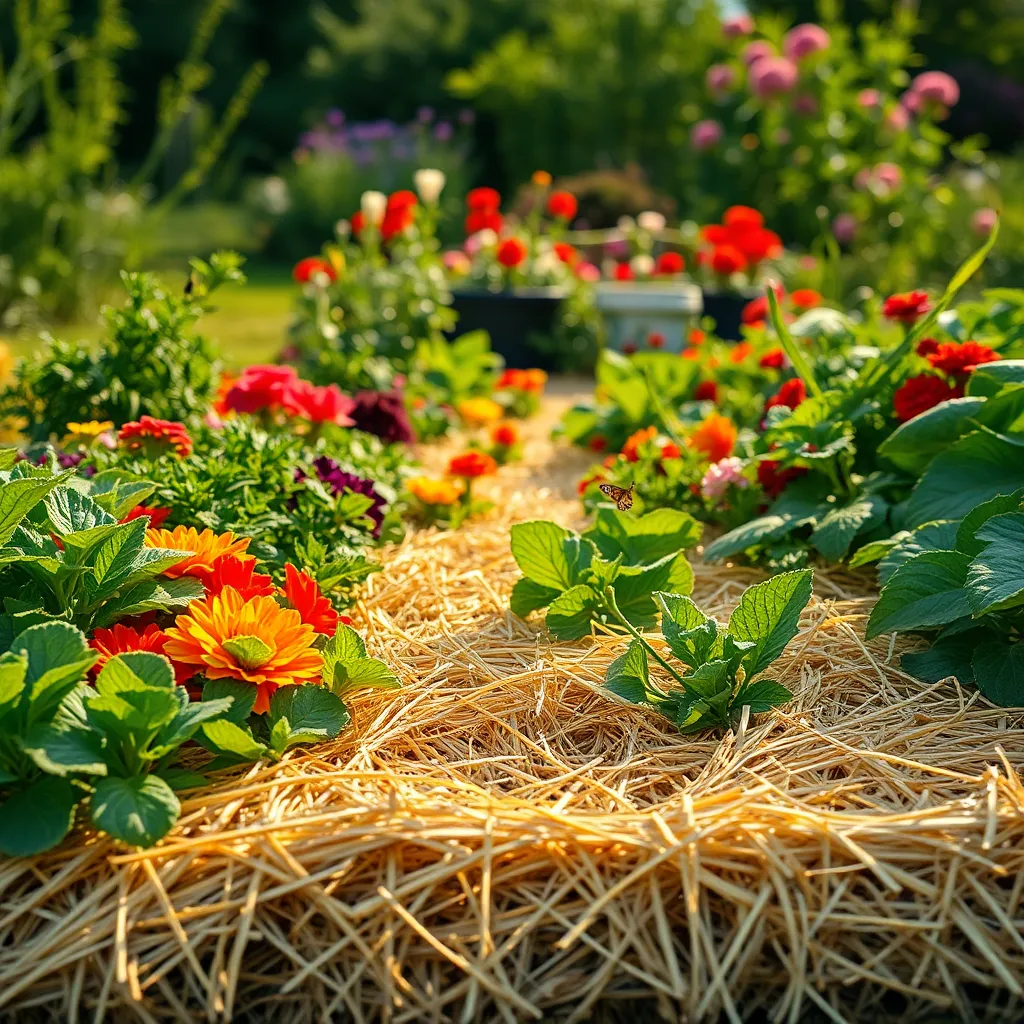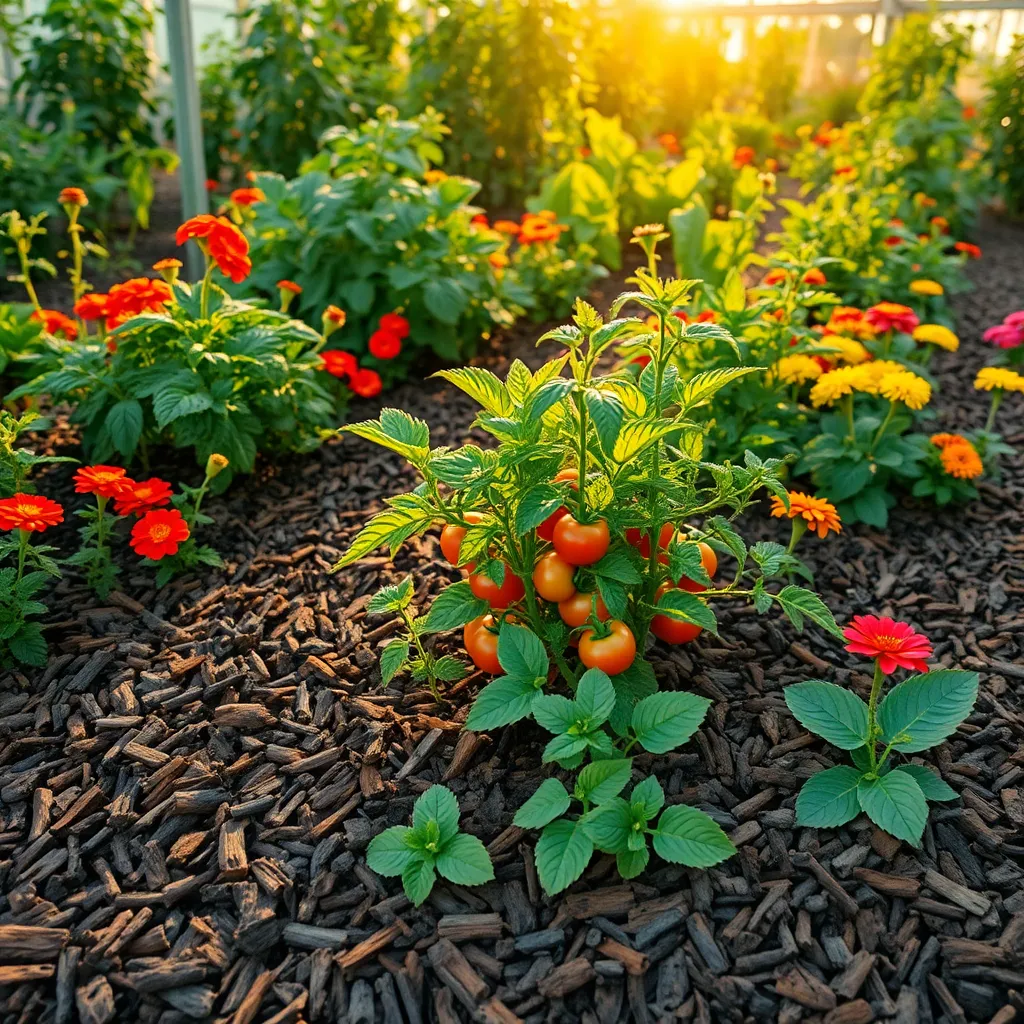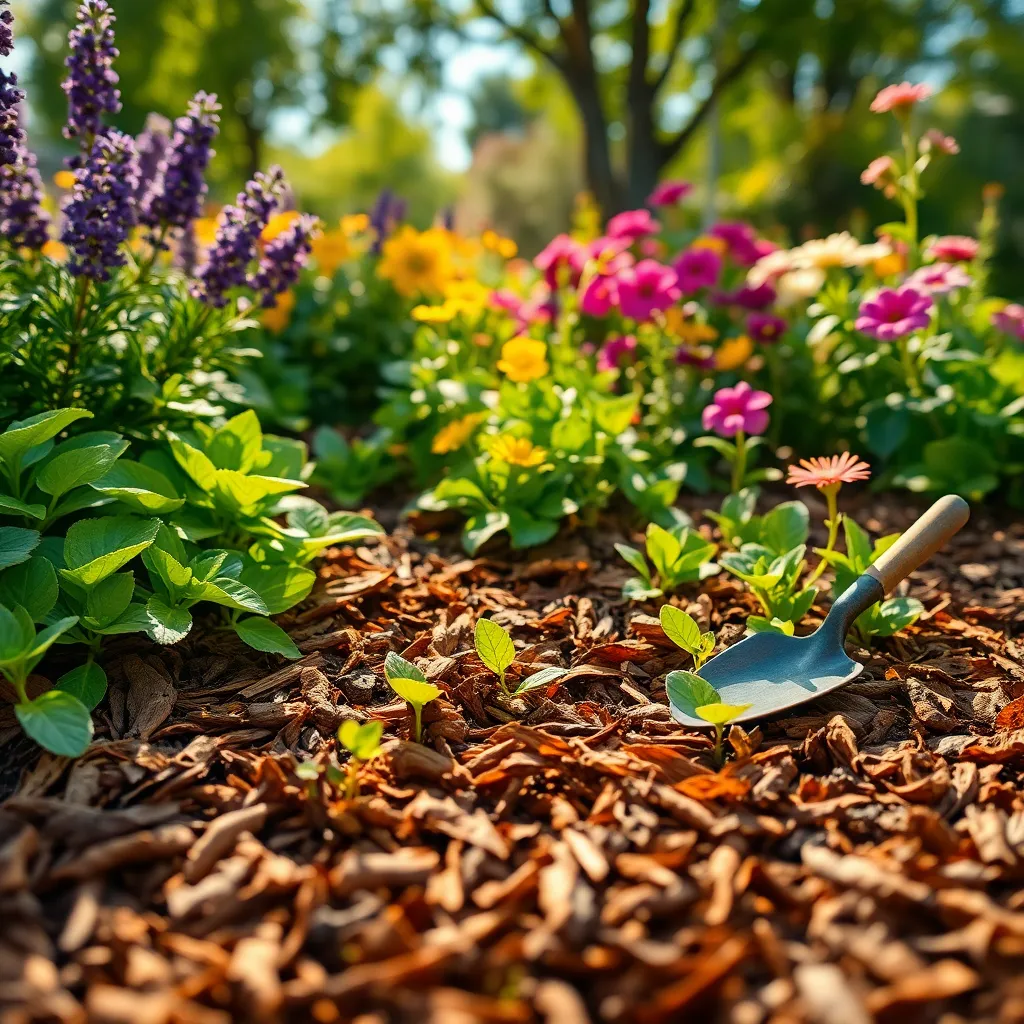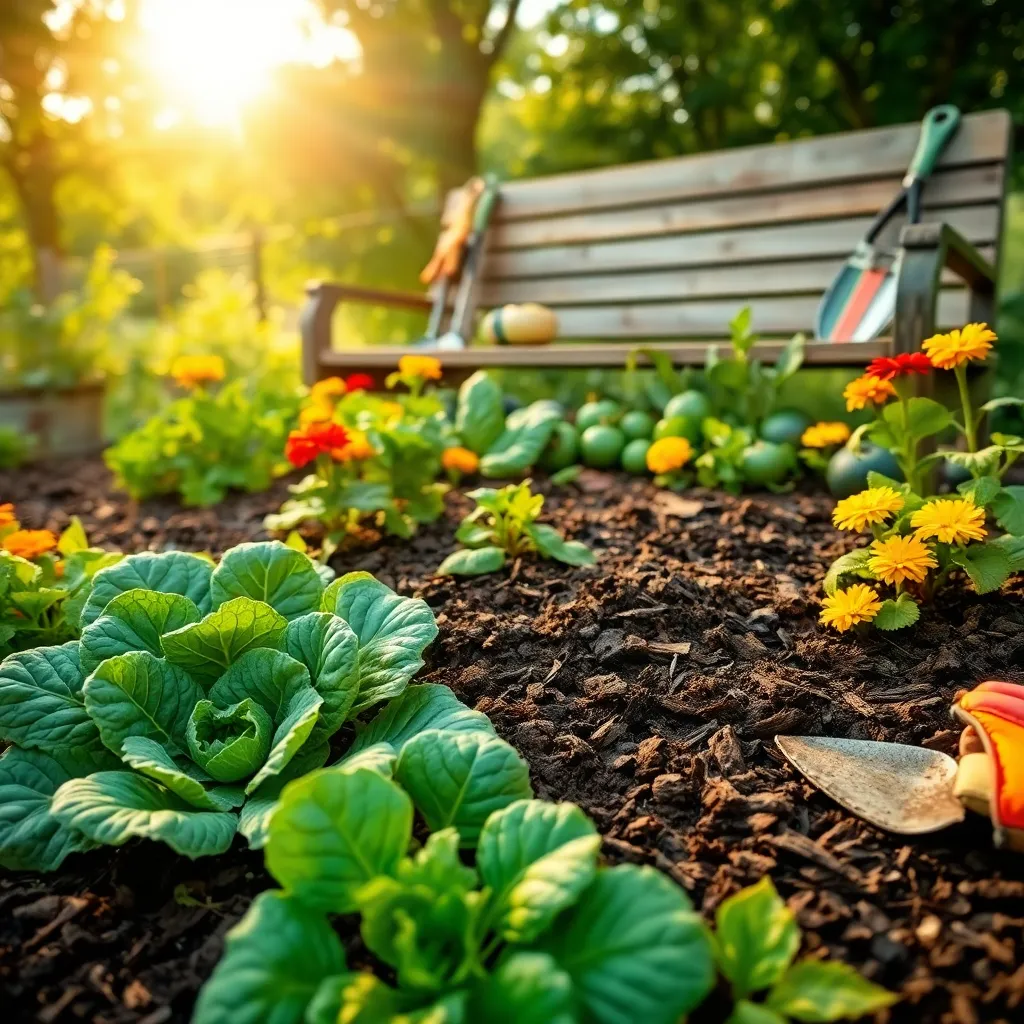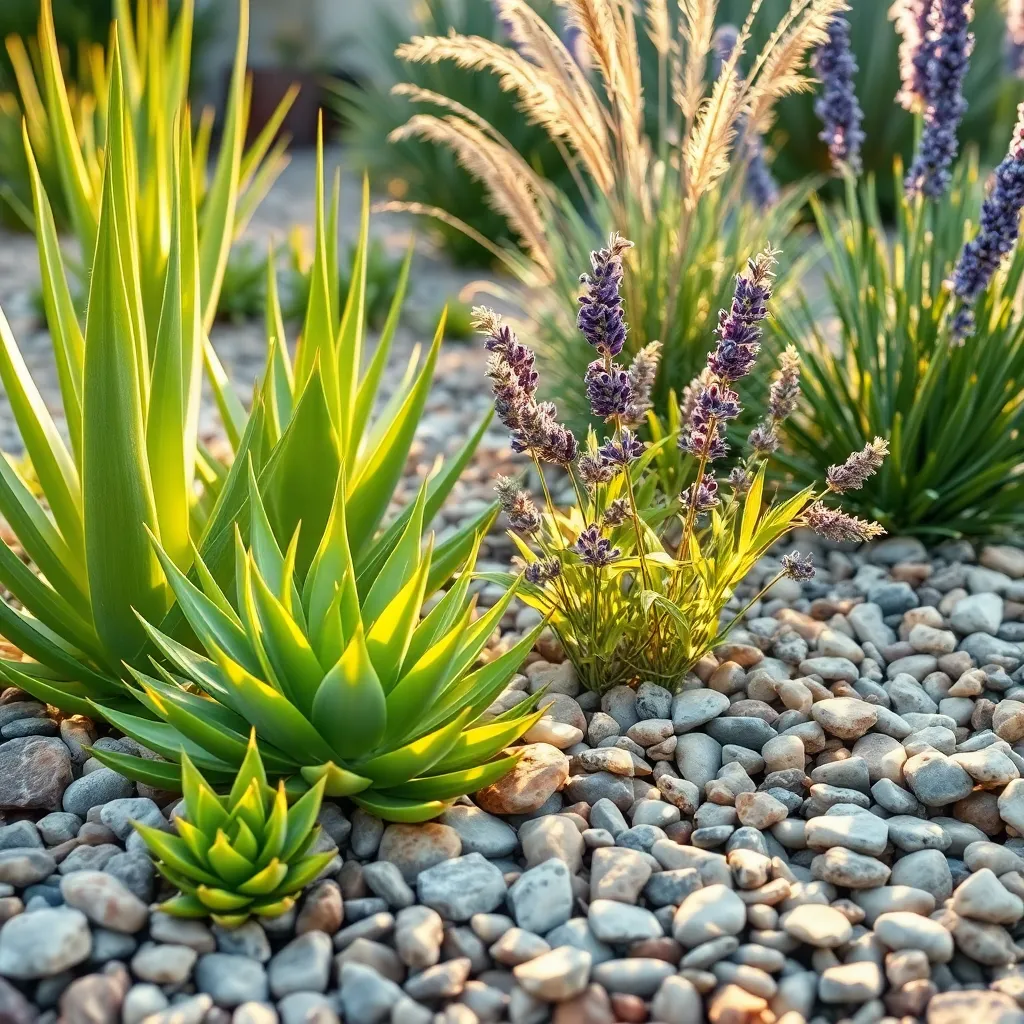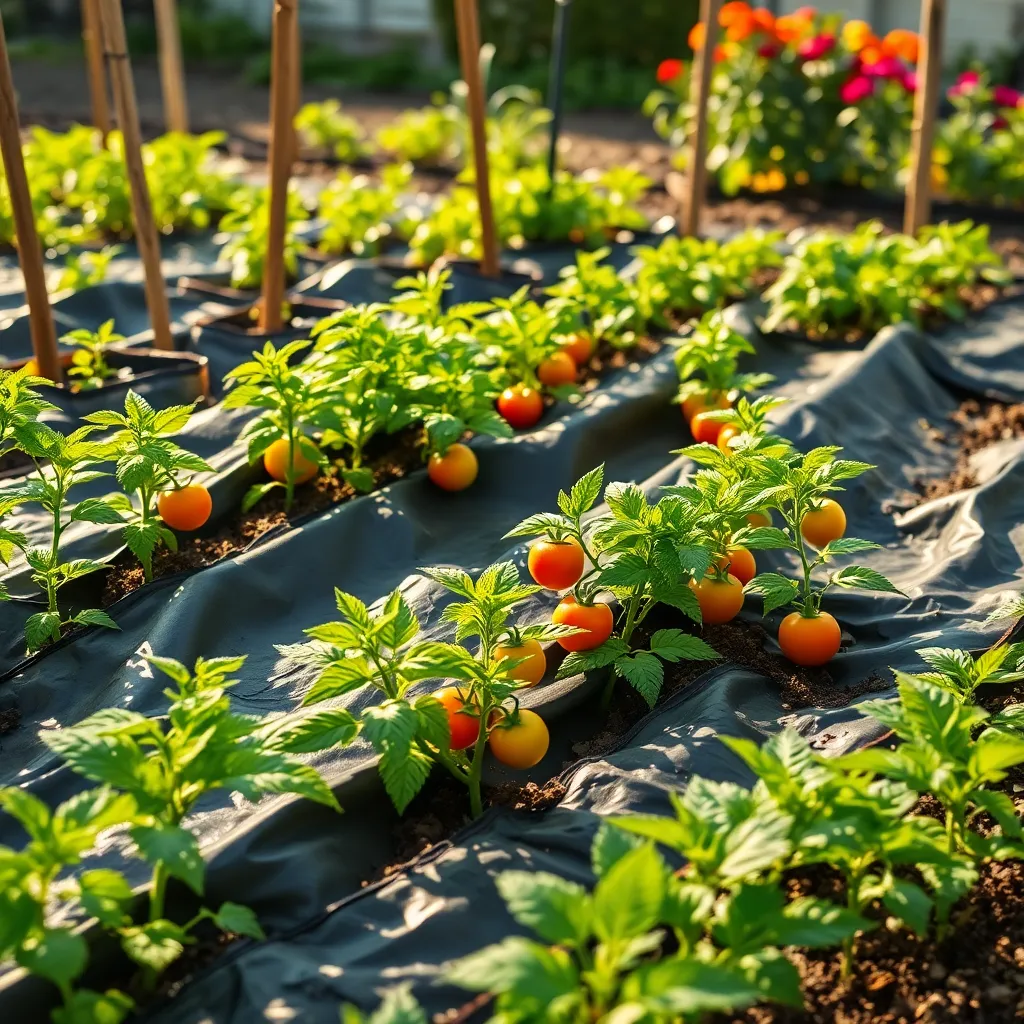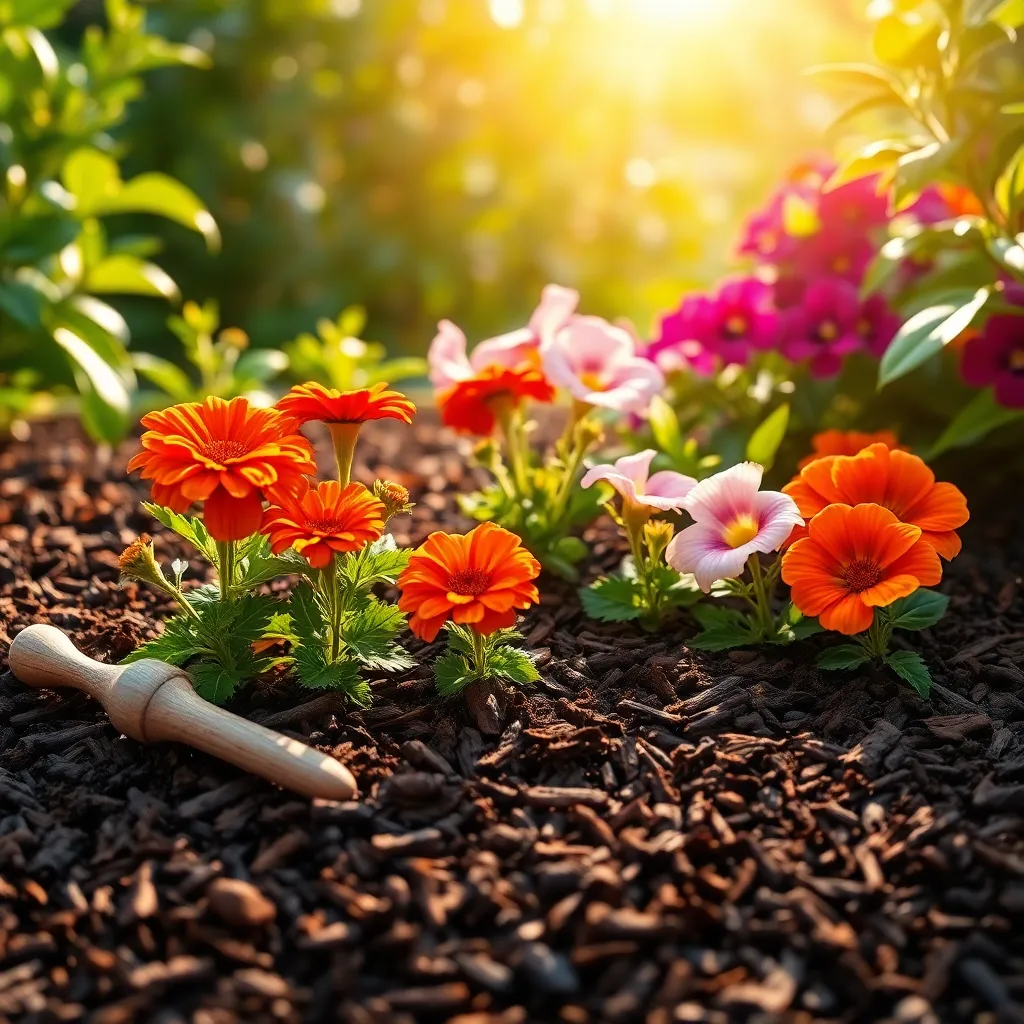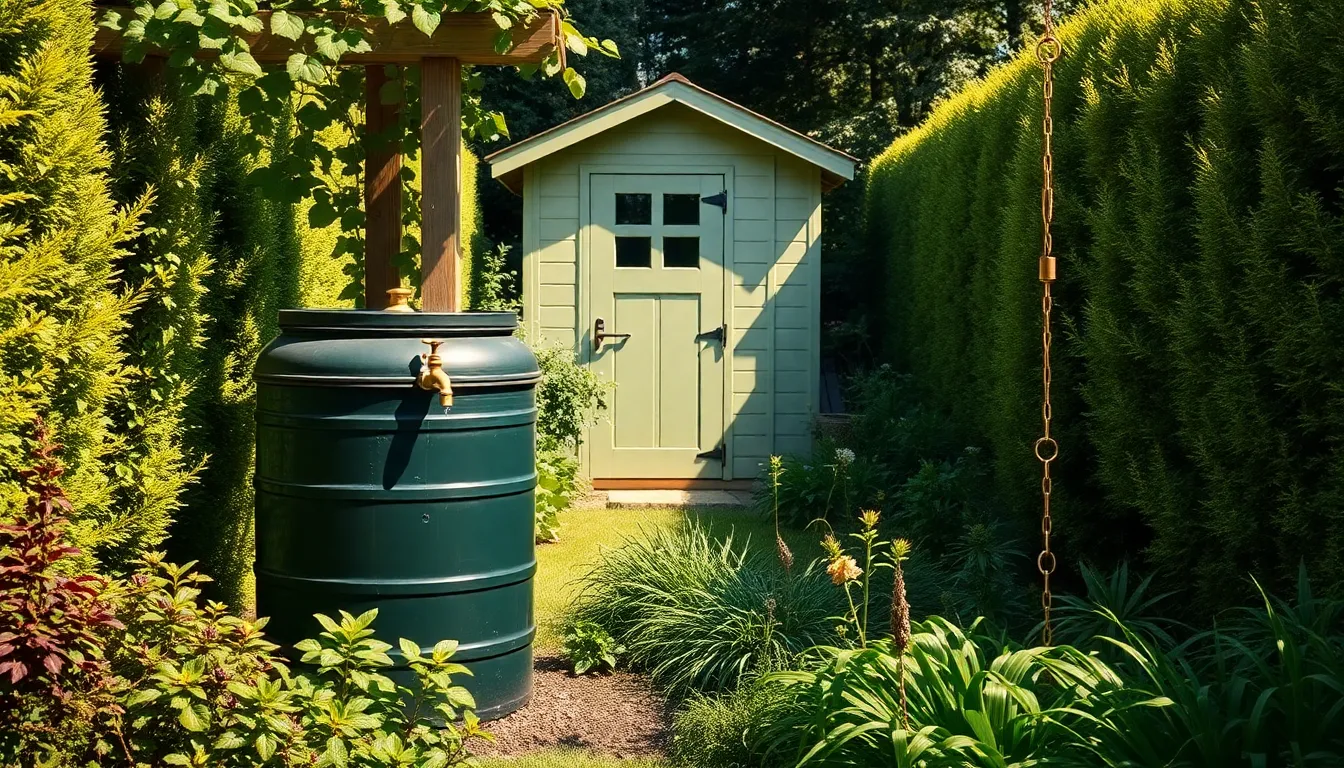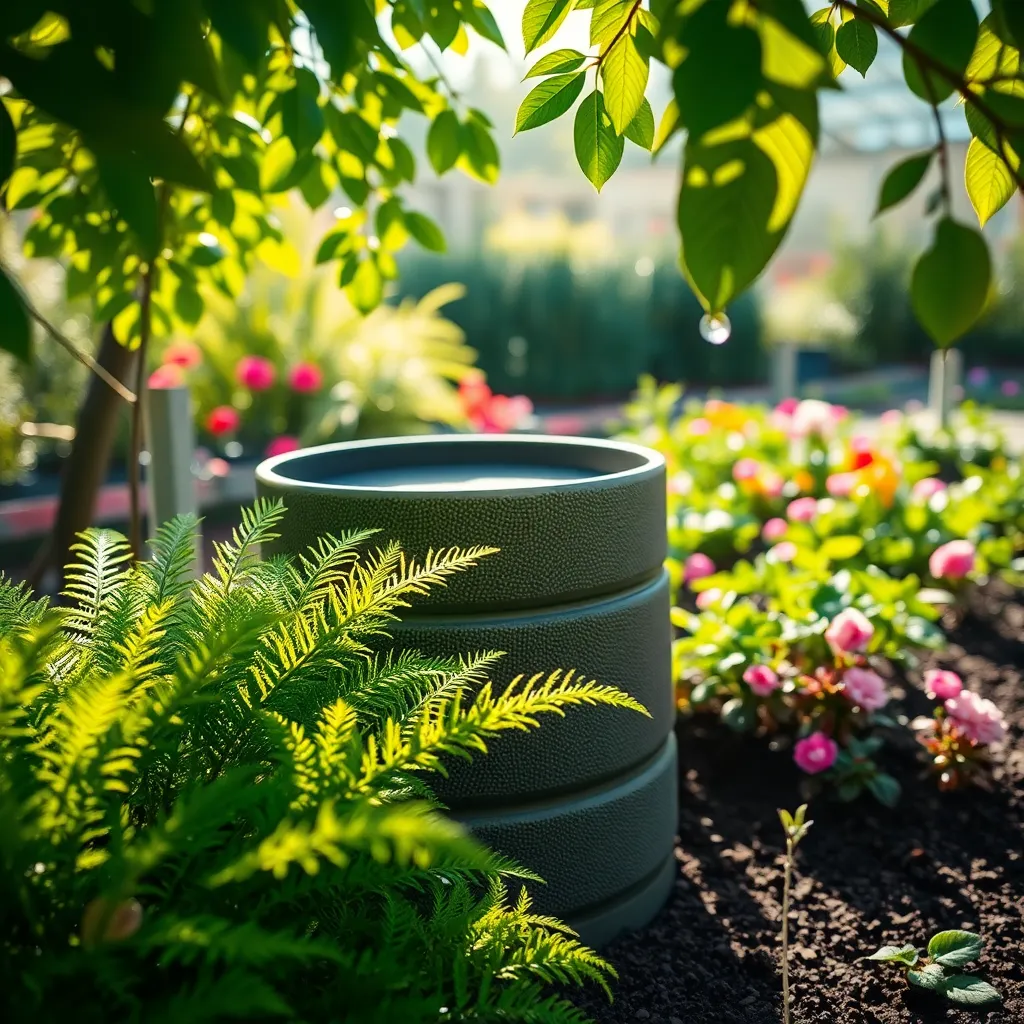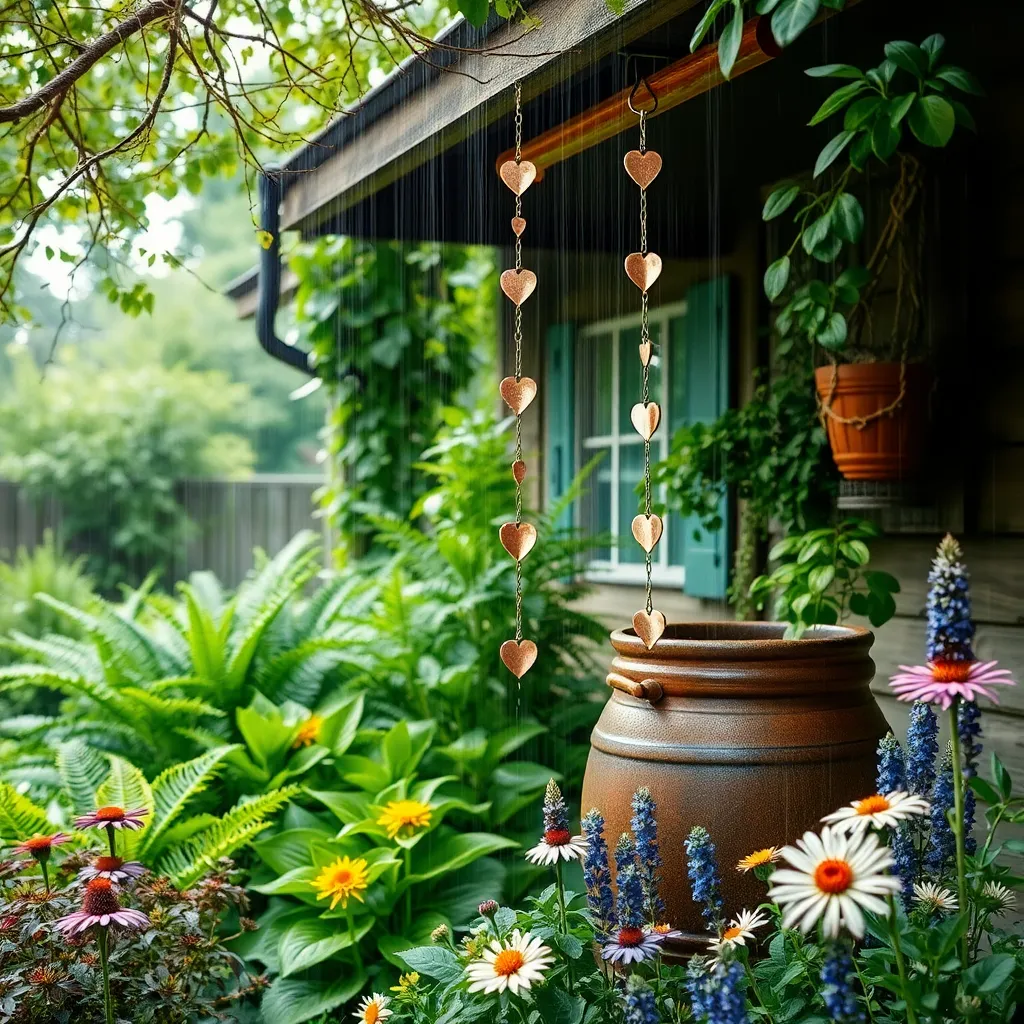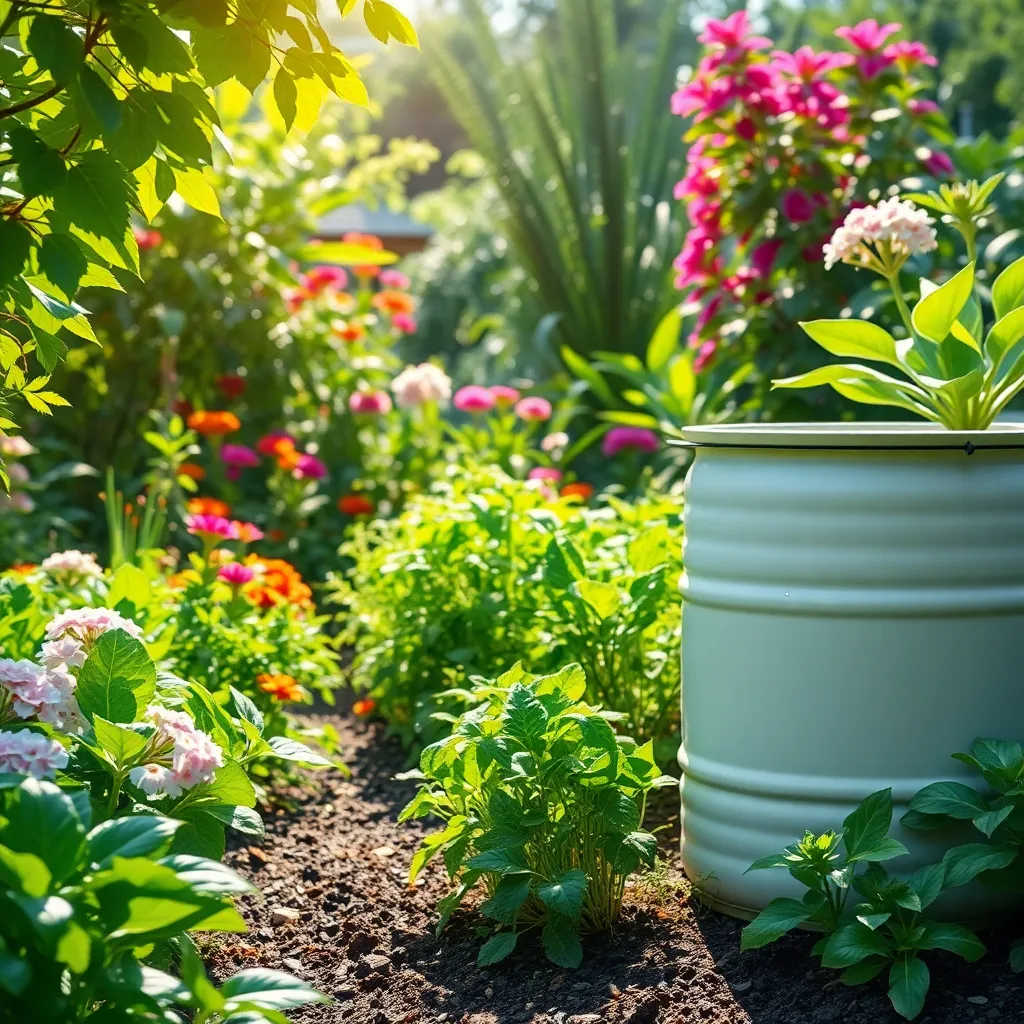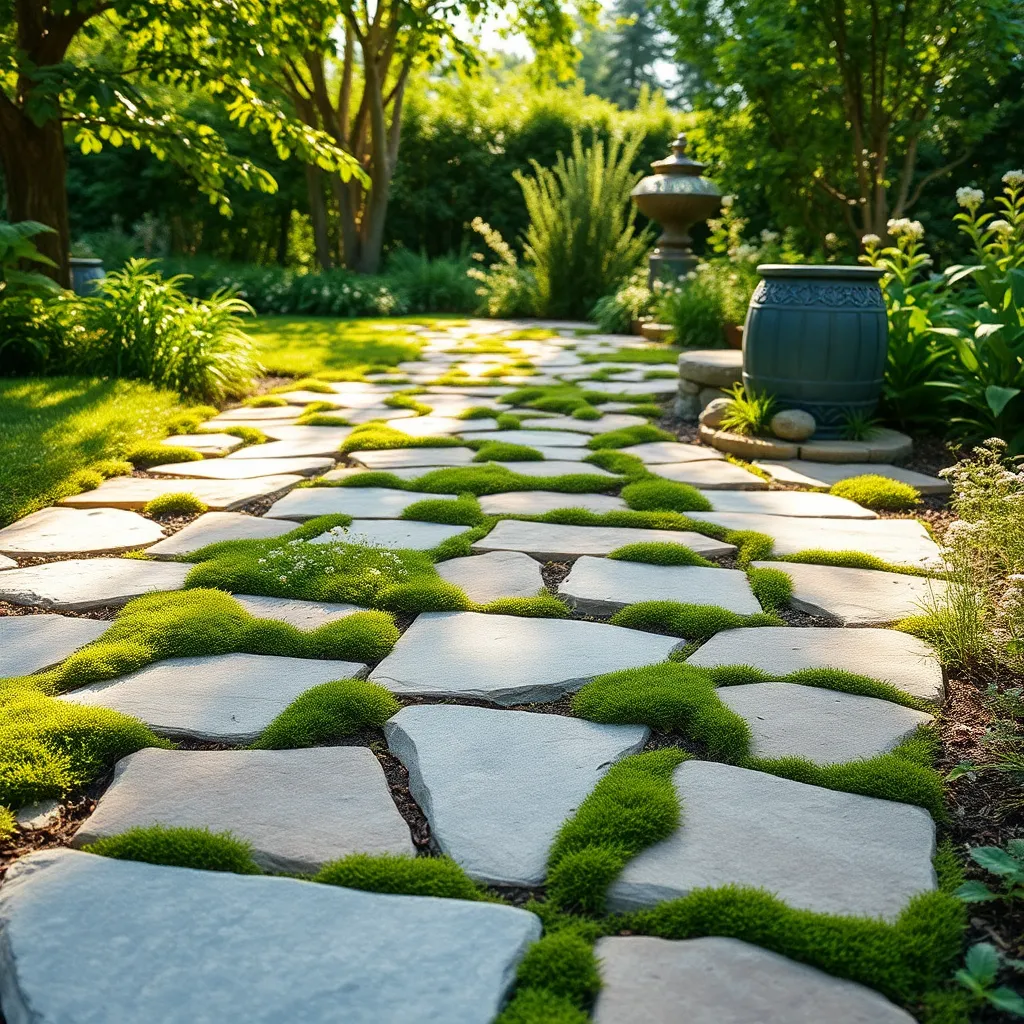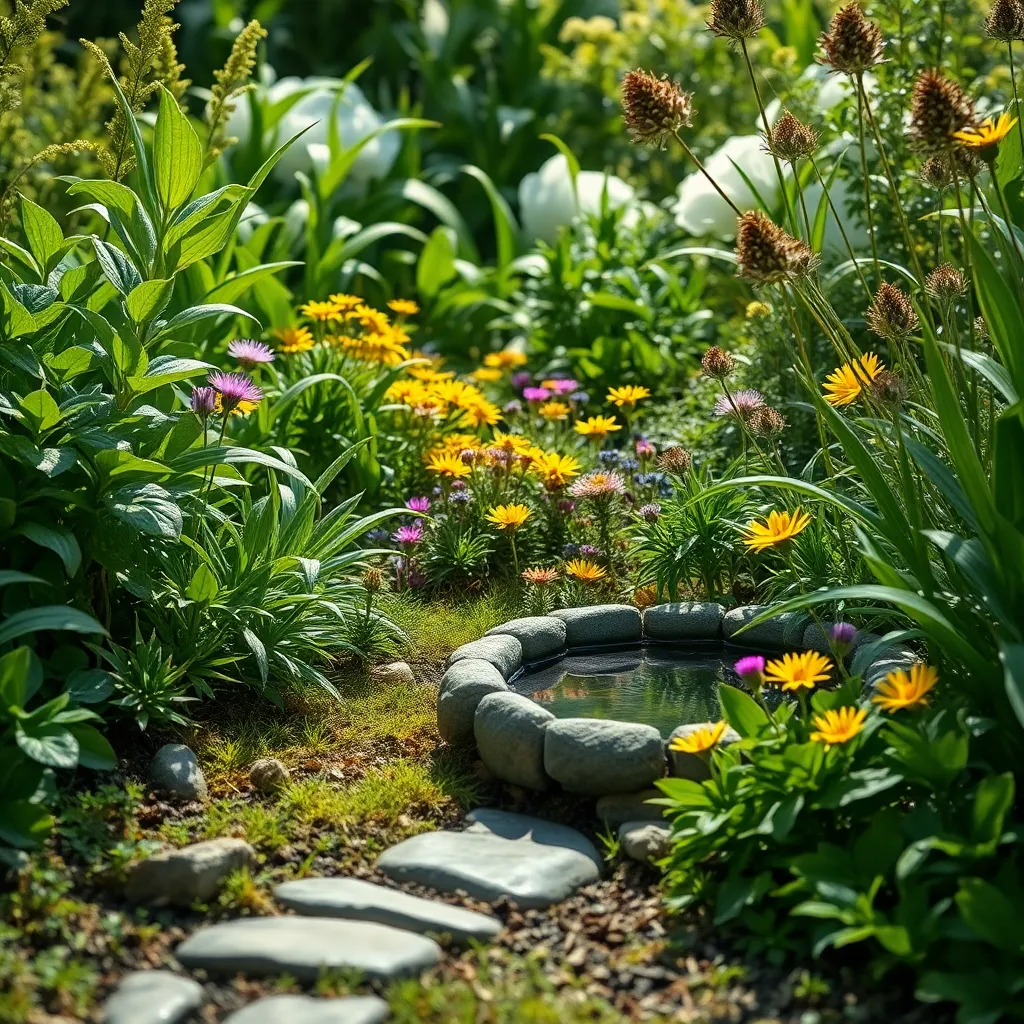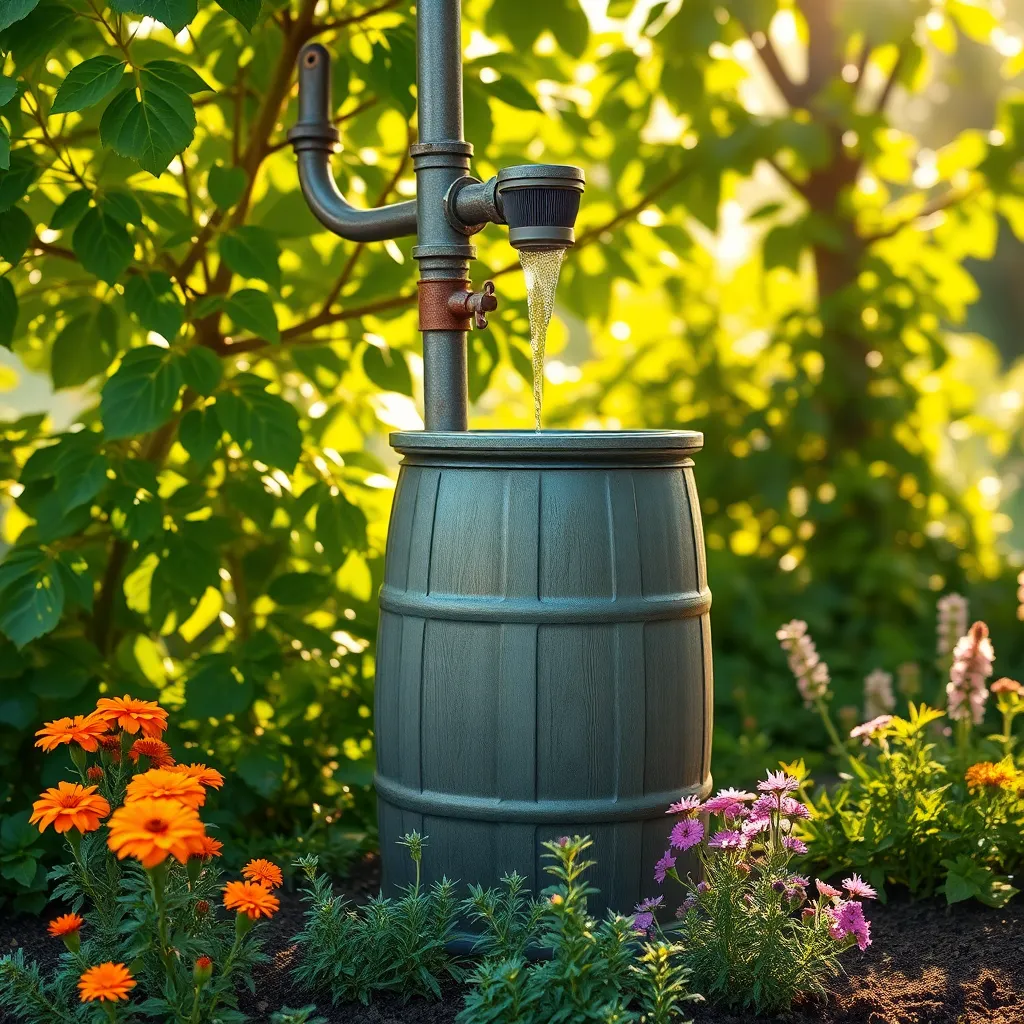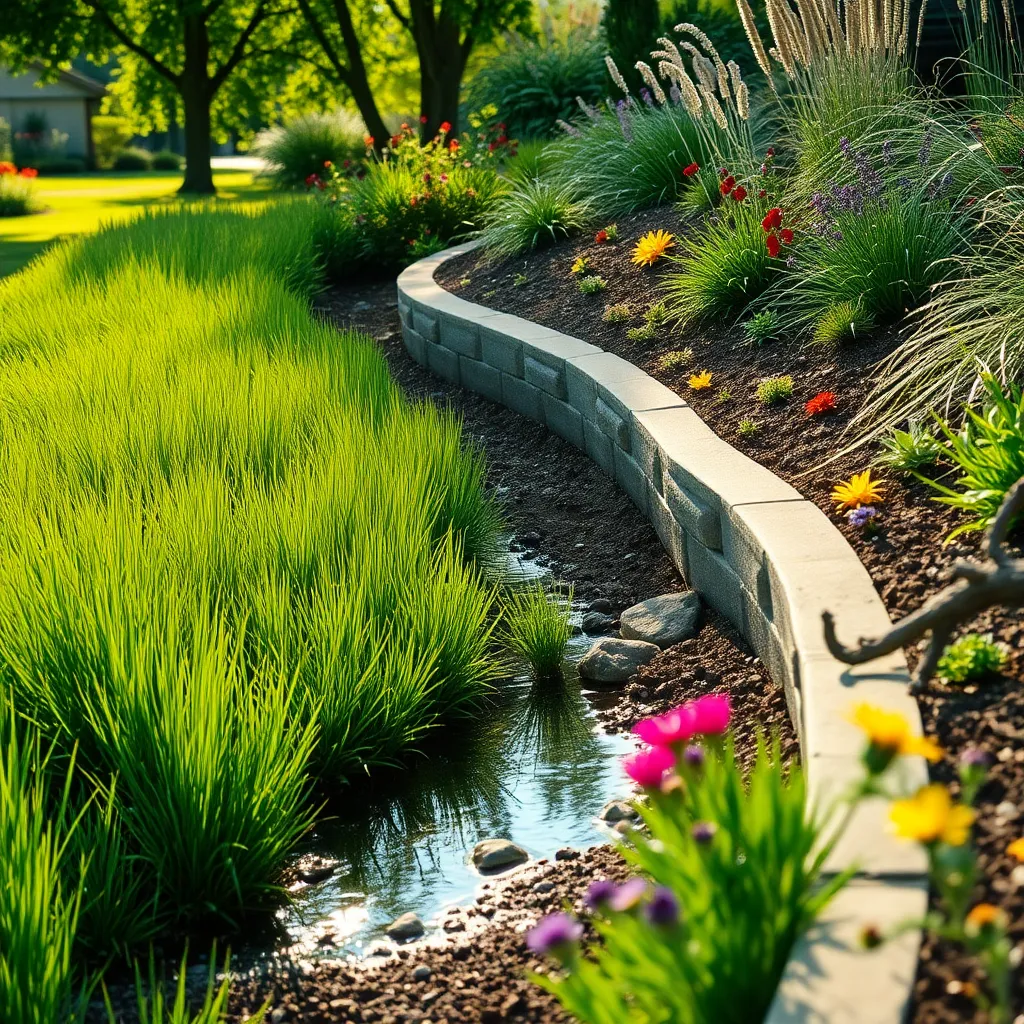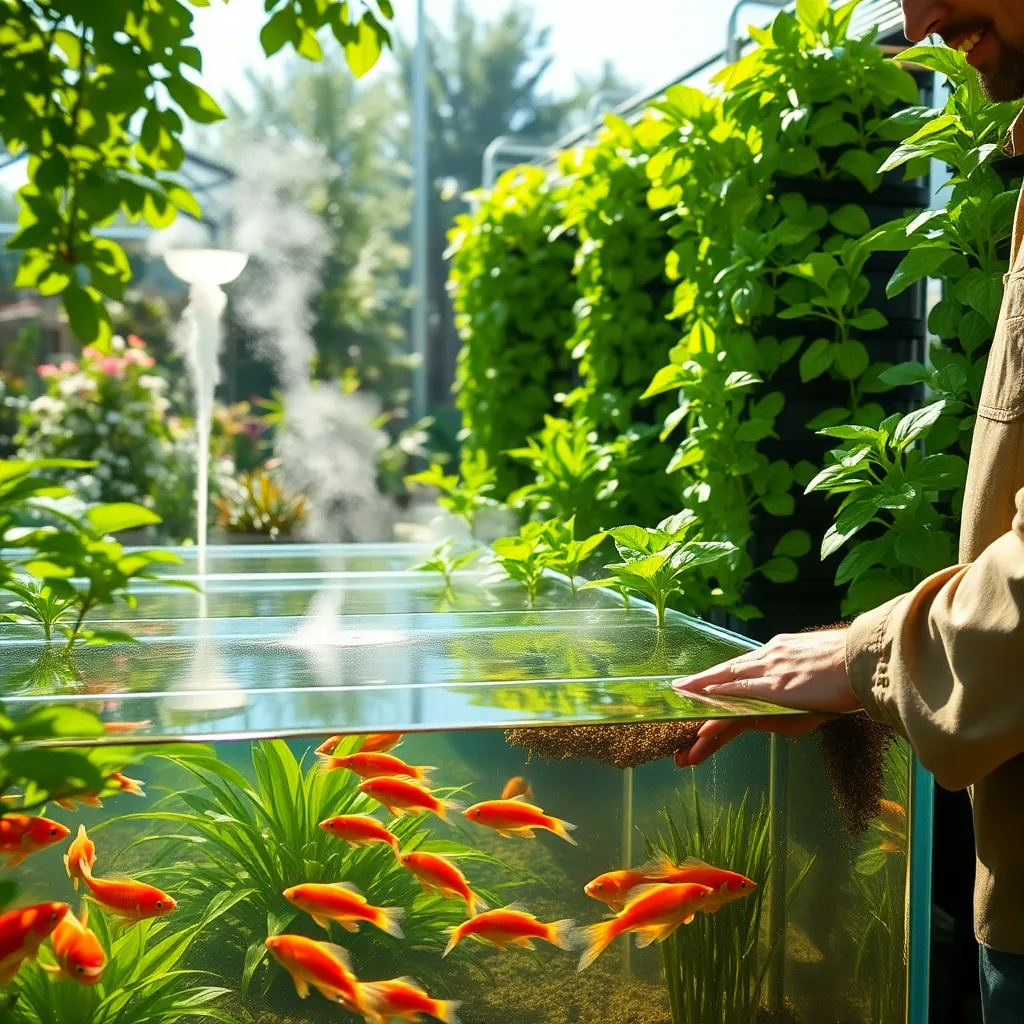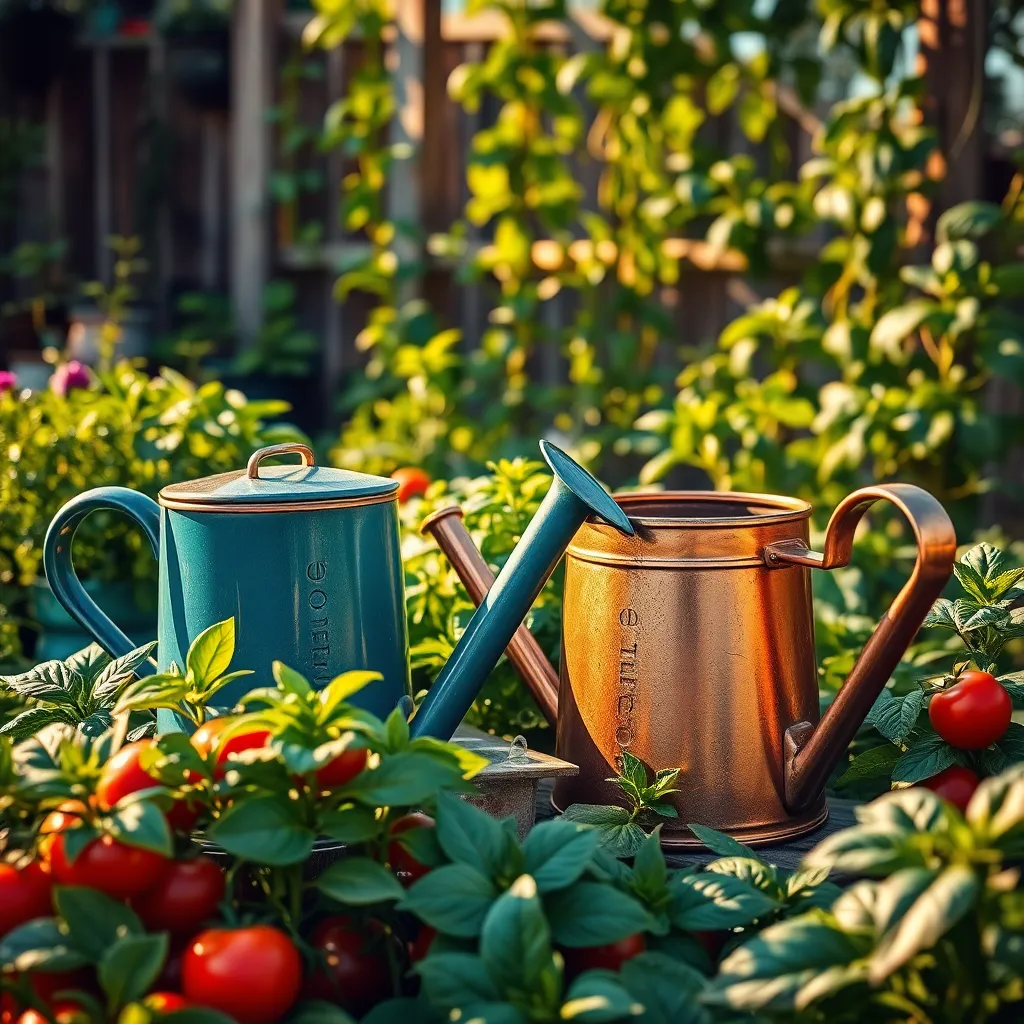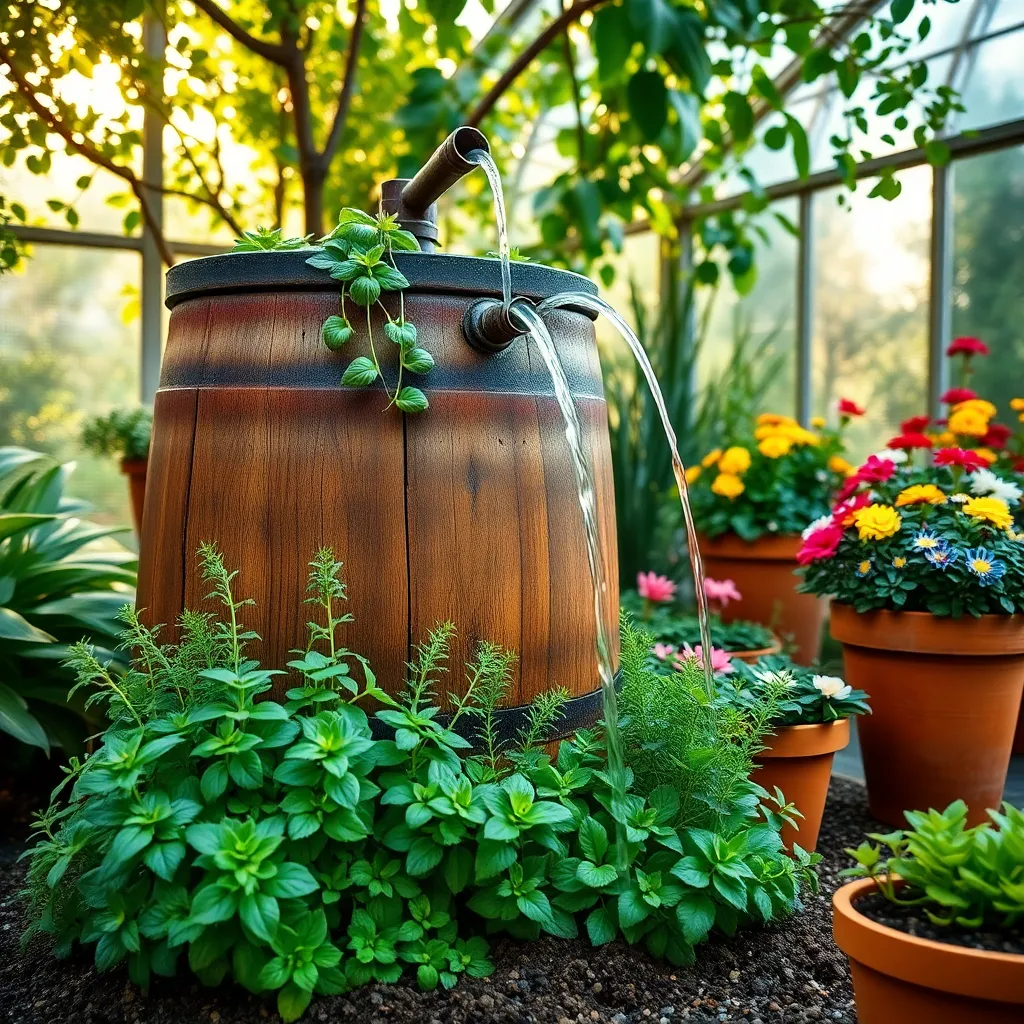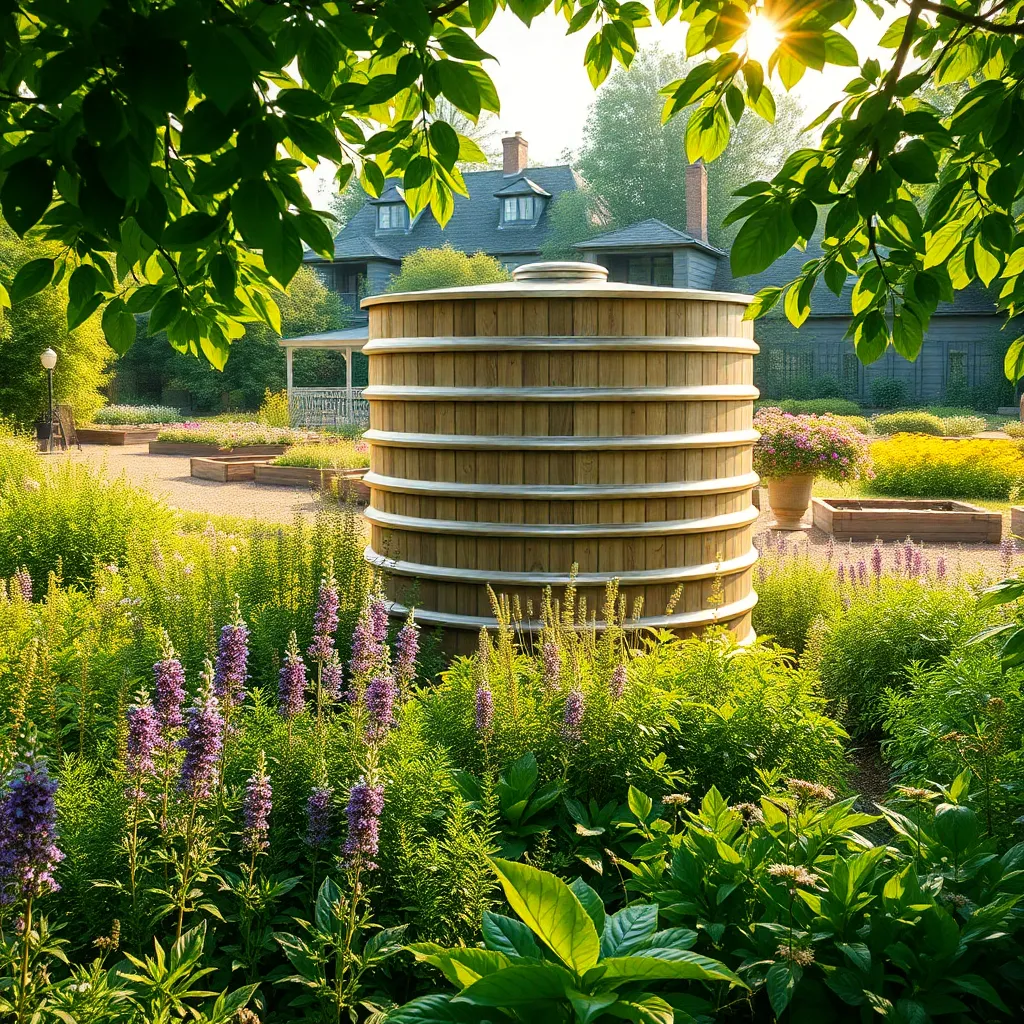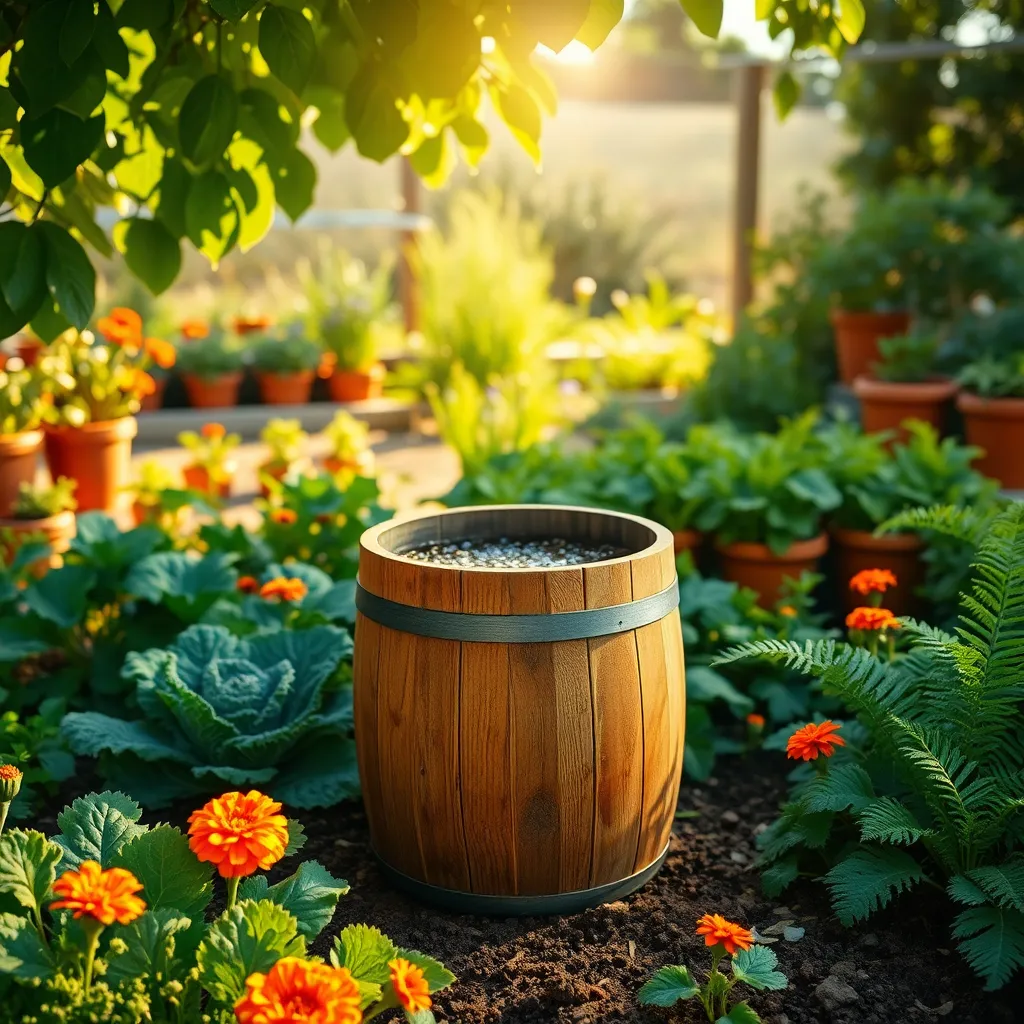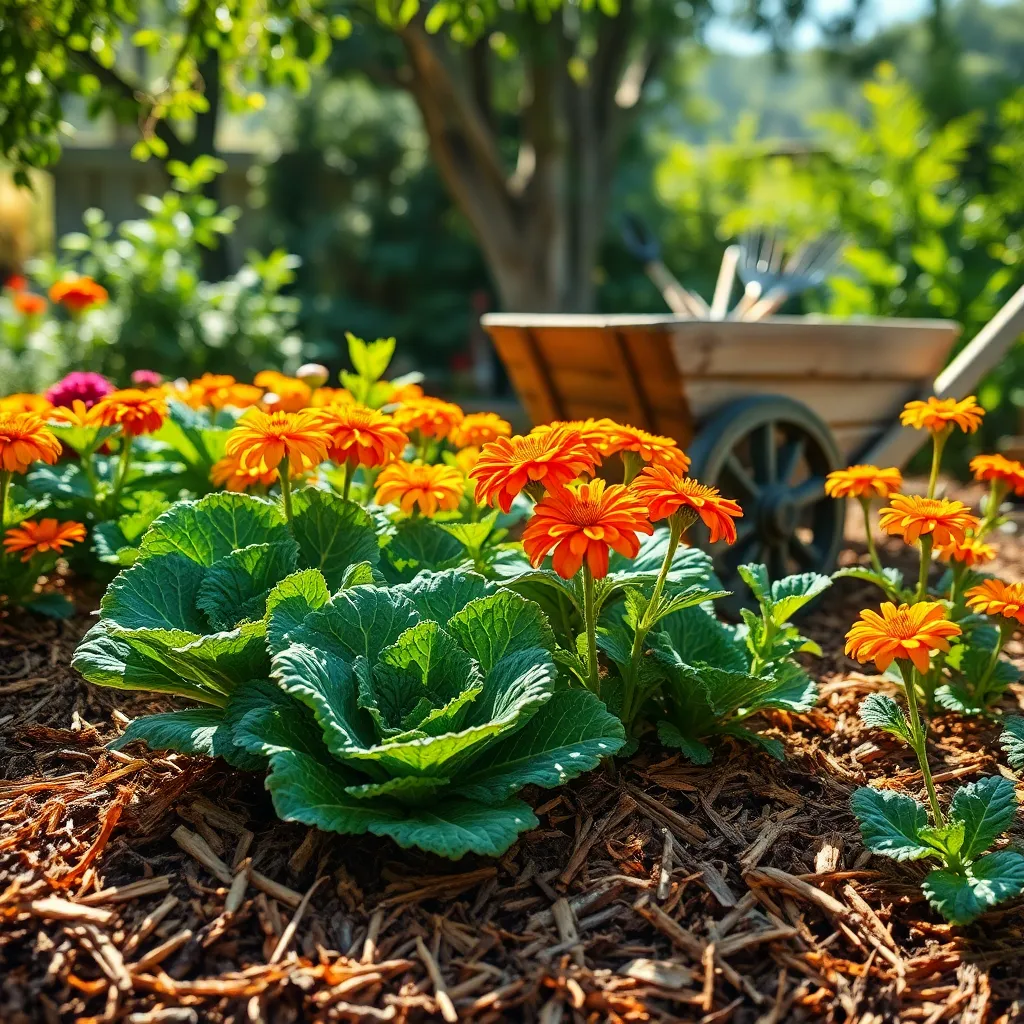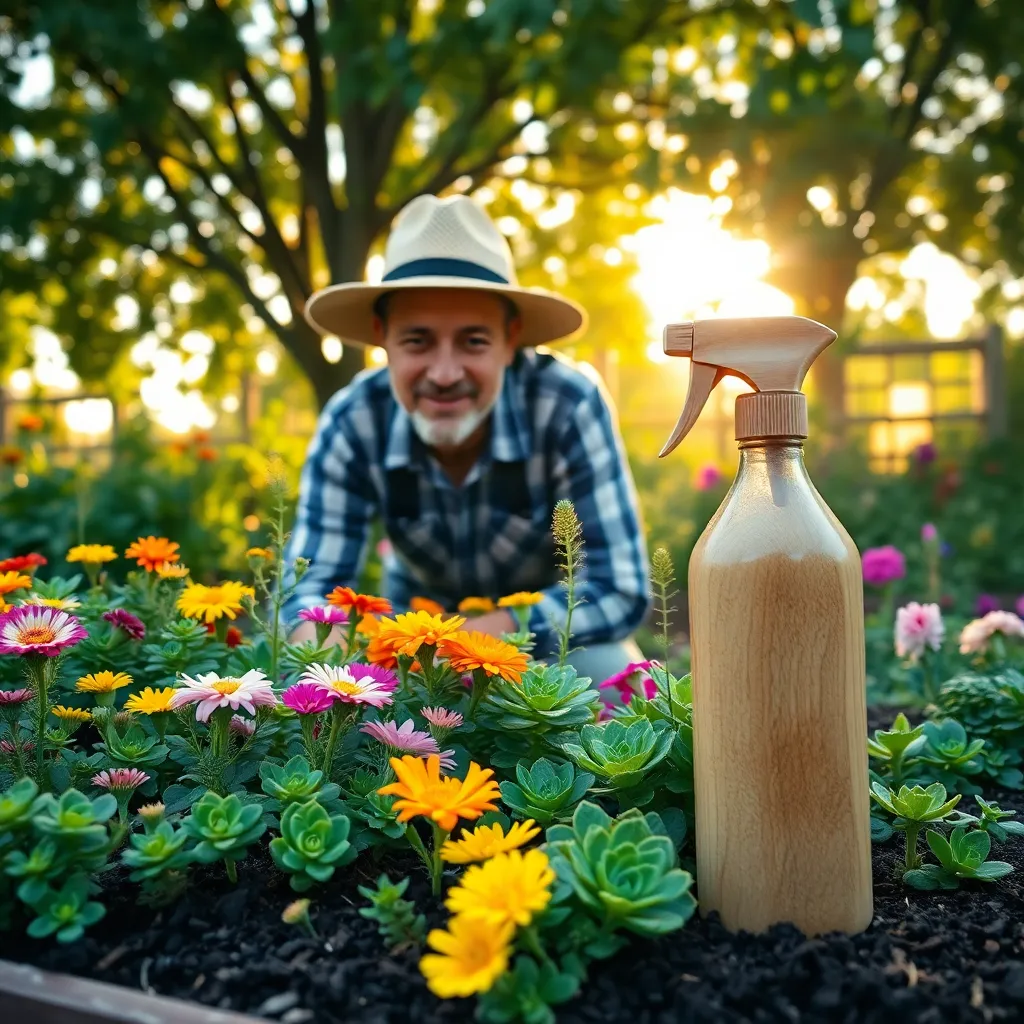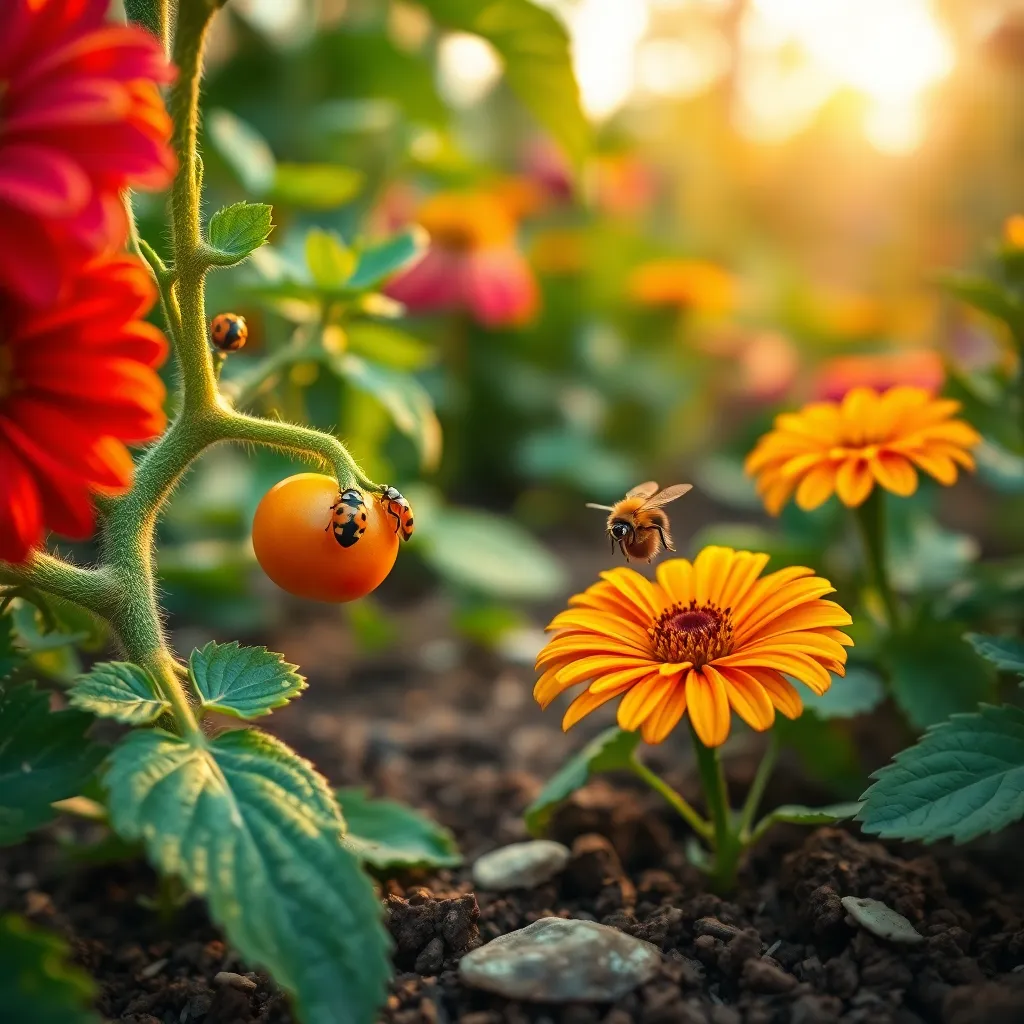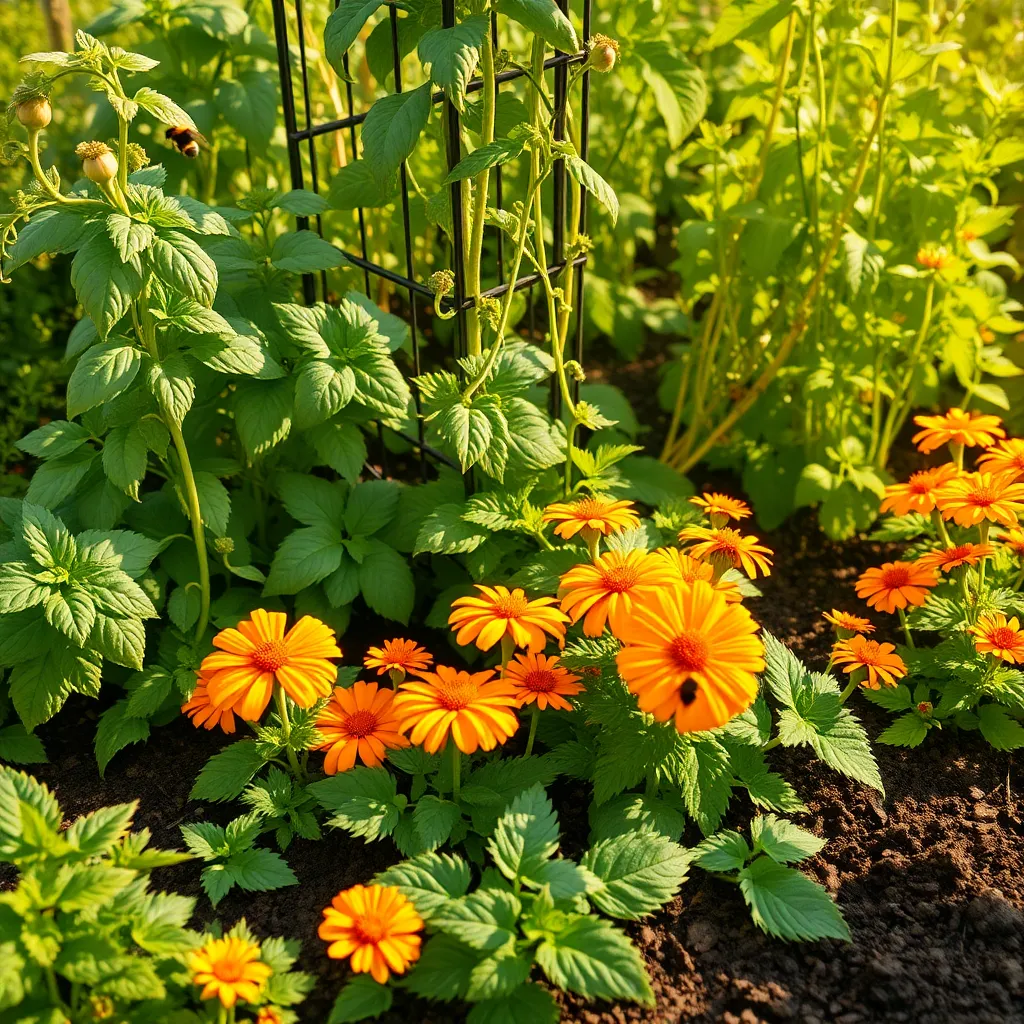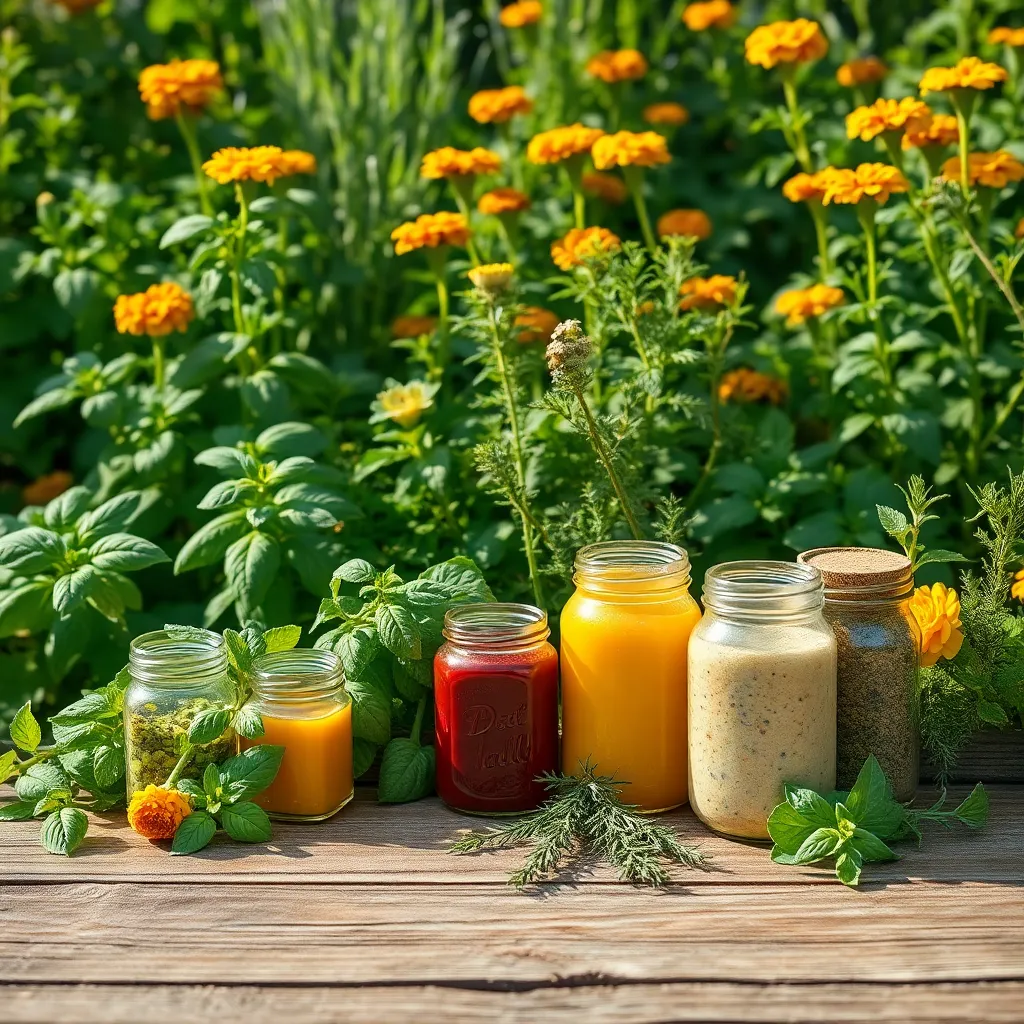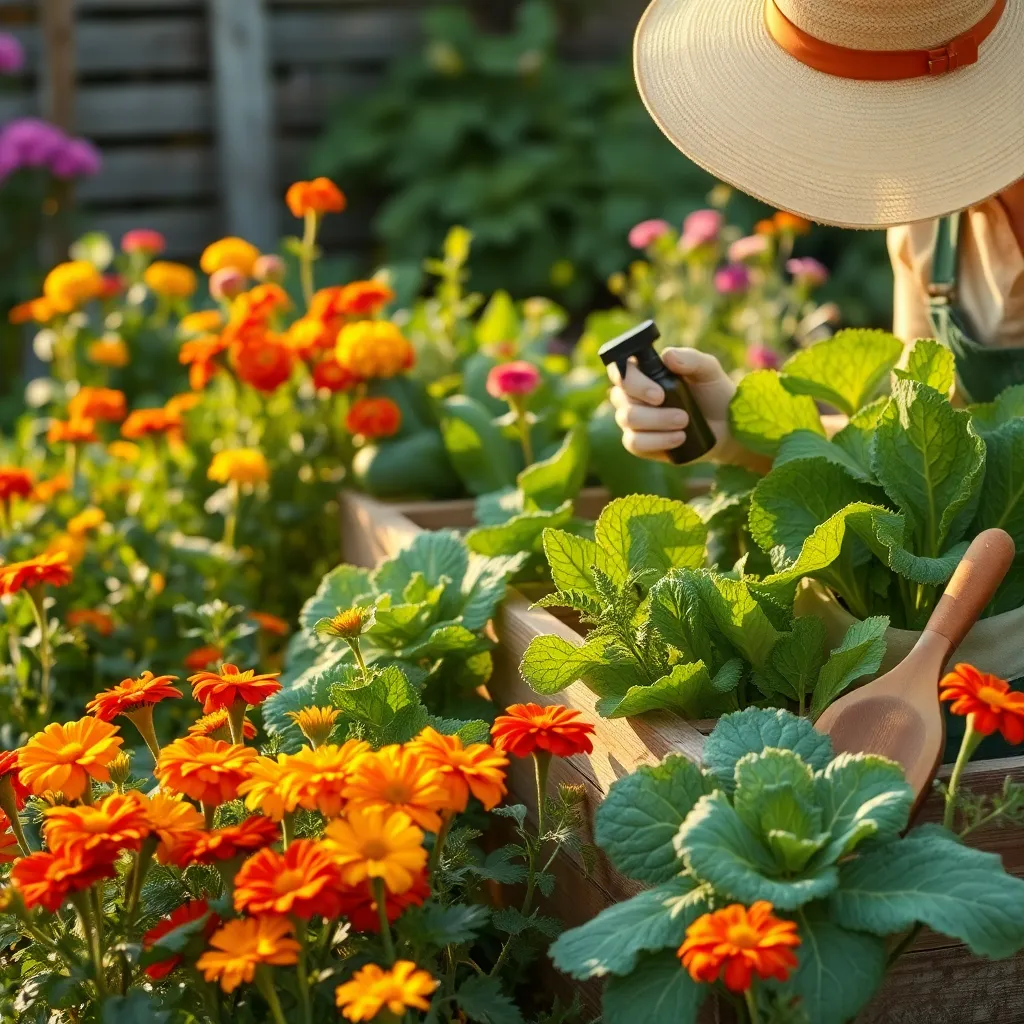Gardening in small spaces can be a delightful challenge, whether you’re a novice just dipping your toes into the world of plants or a seasoned green thumb seeking to maximize every inch of your balcony. Imagine transforming your compact outdoor area into a lush, vibrant sanctuary that bursts with life and color—it’s more achievable than you might think!
In this guide, “Top 10 Small Balcony Gardening Tips,” we unveil a treasure trove of creative strategies tailored for tiny spaces. These carefully curated tips promise to help you cultivate a thriving garden, offering practical insights that will empower you to grow with confidence. Get ready to embrace the joy and rewards of gardening as you discover how these simple yet effective techniques can turn your balcony into a personal Eden.
Vertical Planters (Space-Saving Solutions)
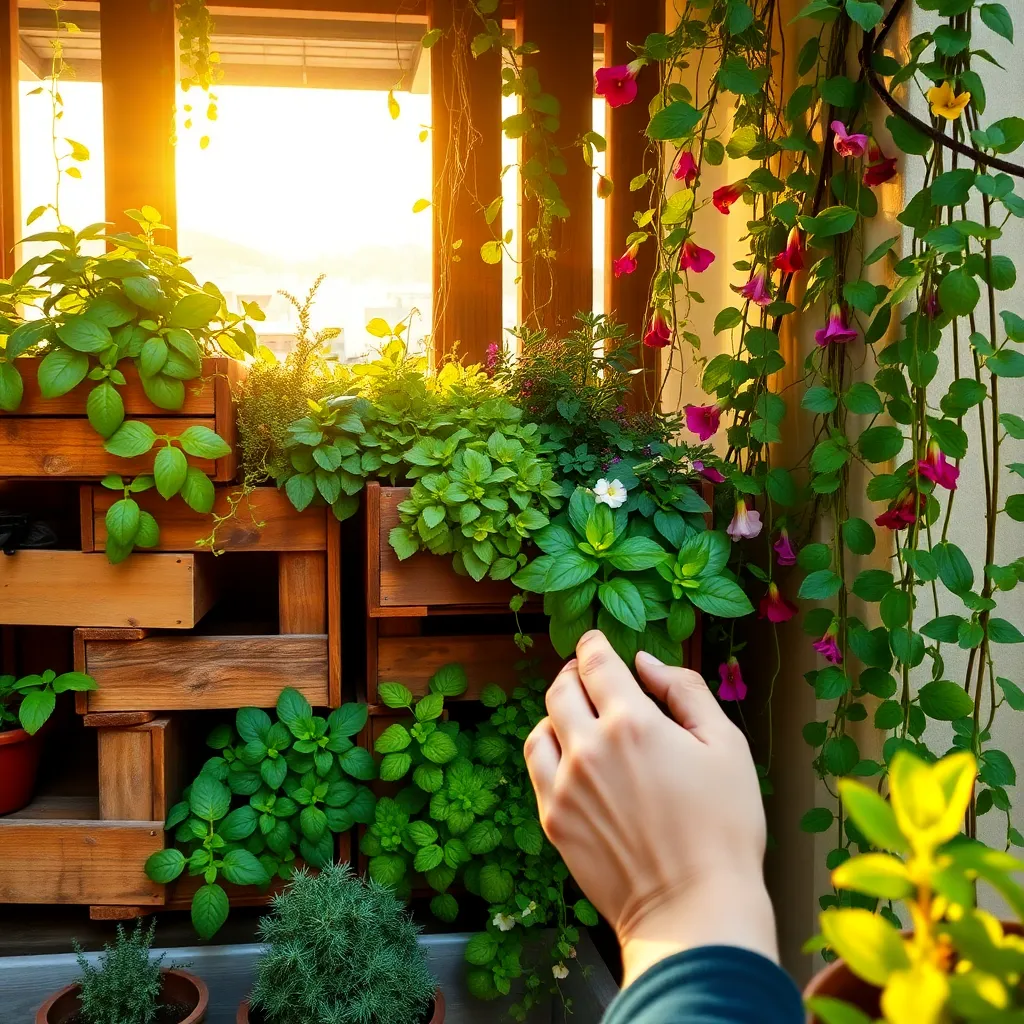
Vertical planters are an excellent solution for maximizing space on a small balcony. By utilizing vertical space, you can grow a variety of plants without cluttering your floor area.
Consider using stackable planters or wall-mounted pockets to get started with vertical gardening. These options are perfect for growing herbs or small flowering plants, as they require minimal space and are easy to maintain.
When choosing plants for vertical planters, select species that thrive in the given light conditions of your balcony. For instance, succulents and ferns are ideal for shaded areas, while strawberries and herbs flourish in sunnier spots.
To ensure healthy growth, use a high-quality, lightweight potting mix that promotes drainage. Regular watering is crucial, and a drip irrigation system can help maintain consistent moisture levels, especially in stacked or wall-mounted arrangements.
Compact Herb Kits (Fresh Aromatic Flavors)
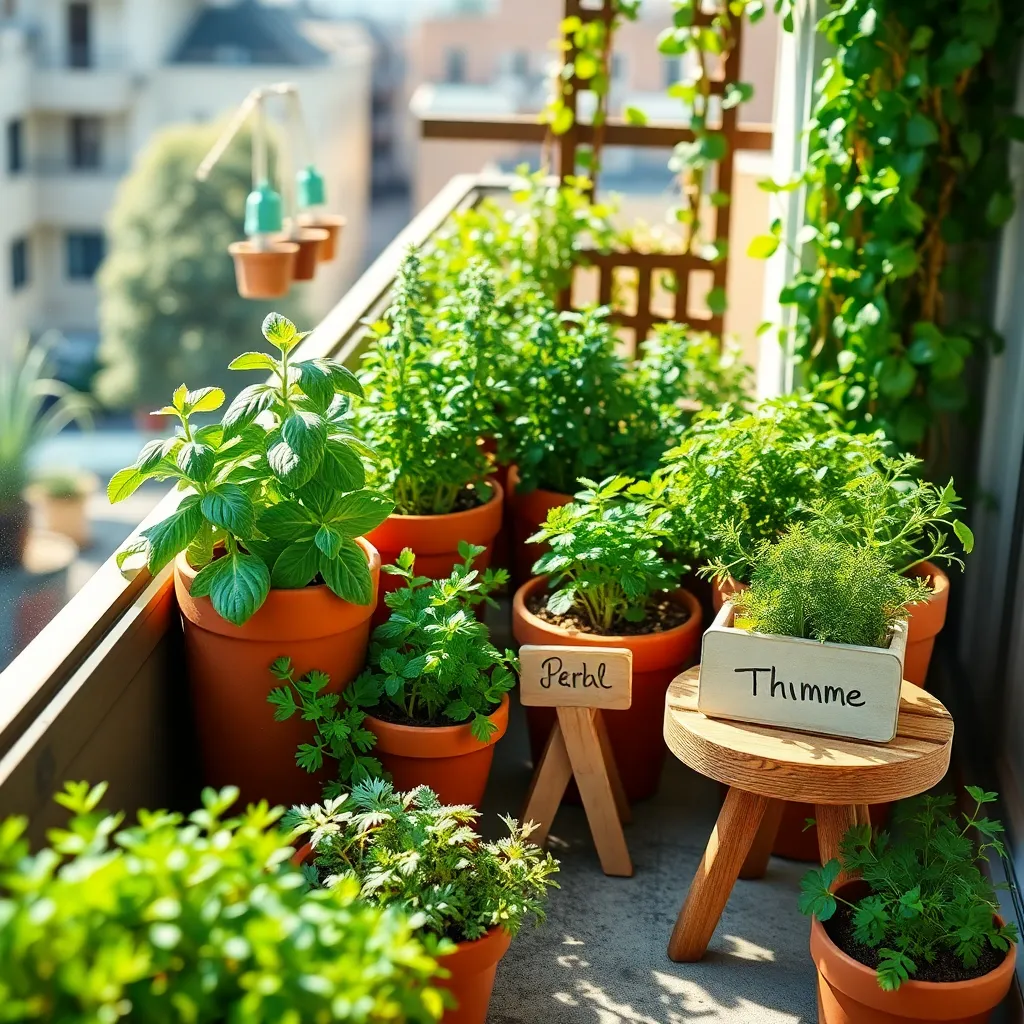
Compact herb kits are perfect for small balconies, offering fresh flavors right at your fingertips. These kits typically include popular herbs like basil, mint, and cilantro, all of which thrive in small containers.
Begin by selecting a high-quality potting mix, as herbs require well-draining soil to prevent root rot. For optimal growth, place your herb containers in a spot that receives at least six hours of sunlight each day.
Regular watering is crucial; herbs prefer moist but not waterlogged soil. A good practice is to water when the top inch of soil feels dry to the touch, ensuring your herbs remain healthy and vibrant.
To encourage bushier growth, regularly pinch off the top leaves of your herbs. This simple technique not only promotes new growth but also keeps your herbs from becoming leggy and sparse.
For those looking to expand their herb collection, consider experimenting with less common varieties like lemon balm or tarragon. These herbs can add unique flavors to your dishes and are equally easy to grow in small spaces.
Self-Watering Pots (Effortless Hydration)
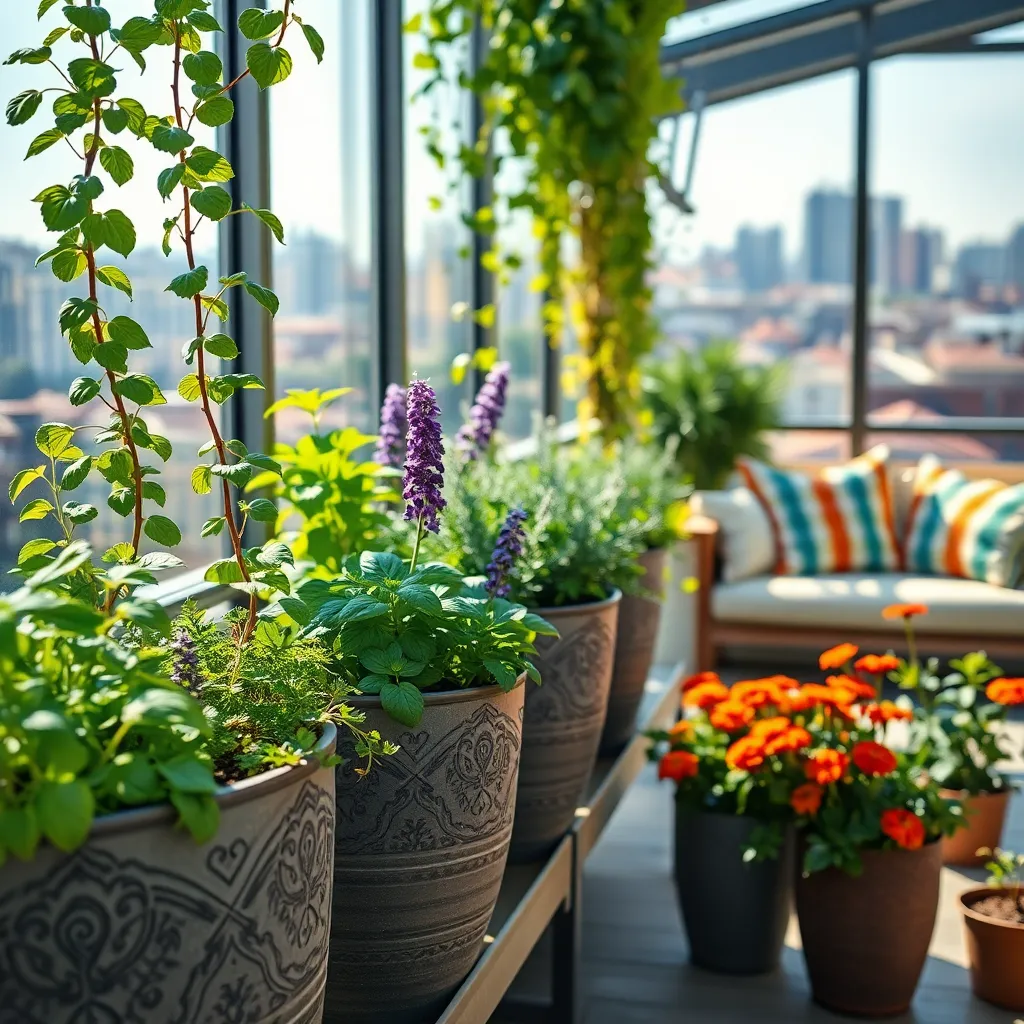
Self-watering pots provide an innovative solution for busy gardeners who want to ensure their plants receive consistent moisture. These pots have a built-in reservoir that supplies water to the plant gradually, which can significantly reduce the frequency of manual watering.
Position your self-watering pots in a spot where they receive adequate sunlight, as most plants thrive in bright, indirect light. It’s essential to choose the right soil; opt for a lightweight potting mix that allows for easy water movement and prevents root rot.
For beginners, start with hardy plants like succulents or pothos, which are forgiving and adapt well to different conditions. More experienced gardeners might enjoy experimenting with herbs or small vegetables, such as cherry tomatoes or radishes, that can thrive in self-watering pots.
Remember to regularly check the water level in the reservoir, especially during the warmer months when evaporation rates are higher. Advanced gardeners can enhance their setup by adding a layer of mulch on top of the soil to further reduce evaporation and maintain consistent soil moisture levels.
Dwarf Citrus Trees (Miniature Fruit Harvest)
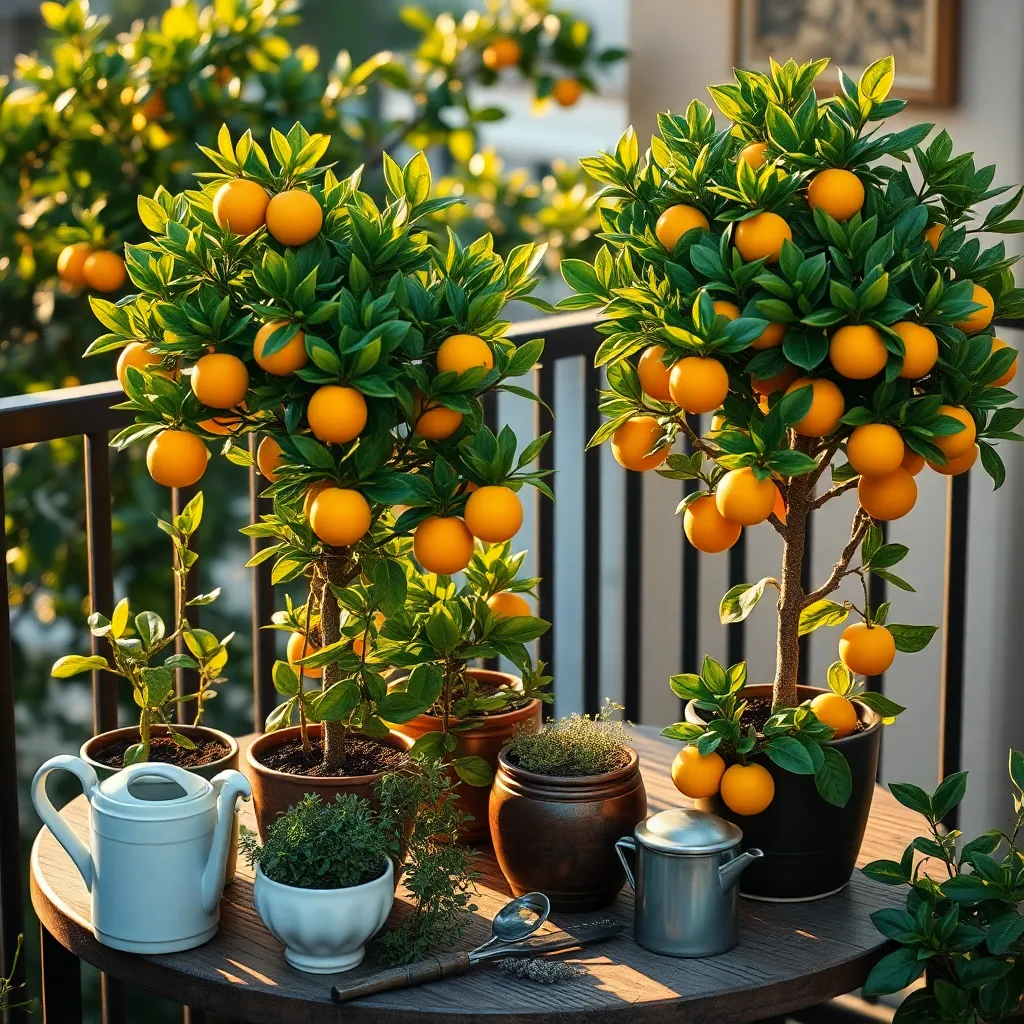
Dwarf citrus trees are an excellent choice for balcony gardening, offering the joy of harvesting fresh fruit in a compact form. These miniature trees can thrive in containers, making them ideal for small spaces where traditional gardening might not be possible.
When selecting a container for your dwarf citrus tree, ensure it has good drainage to prevent root rot. Opt for a pot that’s at least 18 inches in diameter to give the roots ample room to grow and support the tree’s development.
Place your citrus tree in a location where it will receive at least six to eight hours of sunlight daily. If natural light is limited, consider using grow lights to supplement sunlight and ensure your tree remains healthy and productive.
Caring for dwarf citrus trees involves regular watering, but be cautious not to overwater. Allow the top inch of soil to dry out between waterings to prevent waterlogging, which can harm the roots.
For the best results, use a well-draining potting mix designed for citrus or succulents. This type of soil will help maintain adequate moisture levels while ensuring excess water drains away efficiently.
Hanging Baskets (Dynamic Layered Displays)
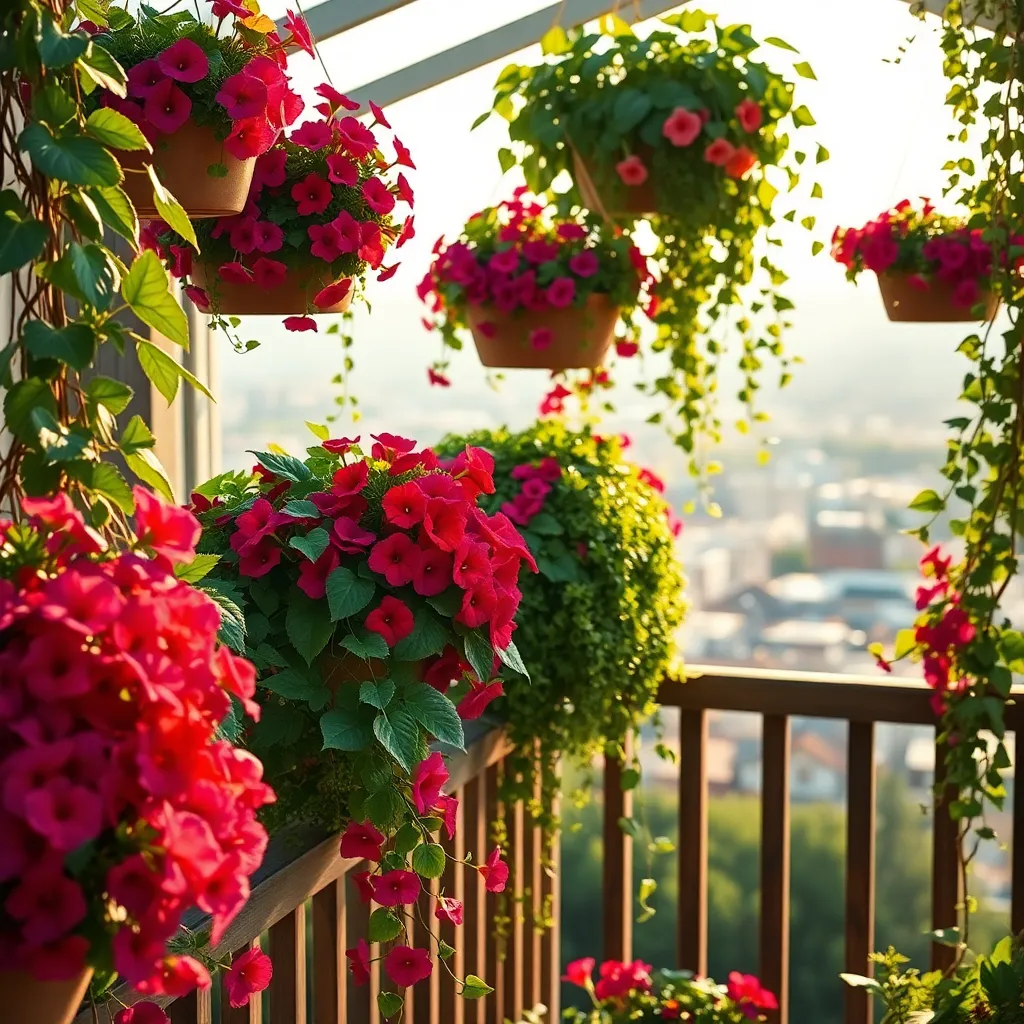
Hanging baskets are a versatile way to add vibrant color and lush greenery to small balcony spaces. To create a dynamic layered display, select a mix of plants with varying heights and growth habits, such as trailing, mounding, and upright varieties.
Choose a high-quality potting mix that provides excellent drainage, as hanging baskets can easily become waterlogged. Adding slow-release fertilizer to the soil will ensure your plants receive the necessary nutrients over time, promoting healthy growth and abundant blooms.
Watering needs can vary depending on the plants and weather, but a general rule is to water when the top inch of soil feels dry. Check your baskets regularly during hot weather, as they tend to dry out faster than ground-based pots.
For beginners, try using hardy plants like petunias, fuchsias, or ivy, which are known for their resilience. Experienced gardeners can experiment with more exotic varieties, such as trailing begonias or ornamental grasses, to add texture and interest to their displays.
Bamboo Privacy Screens (Natural Windbreaks)
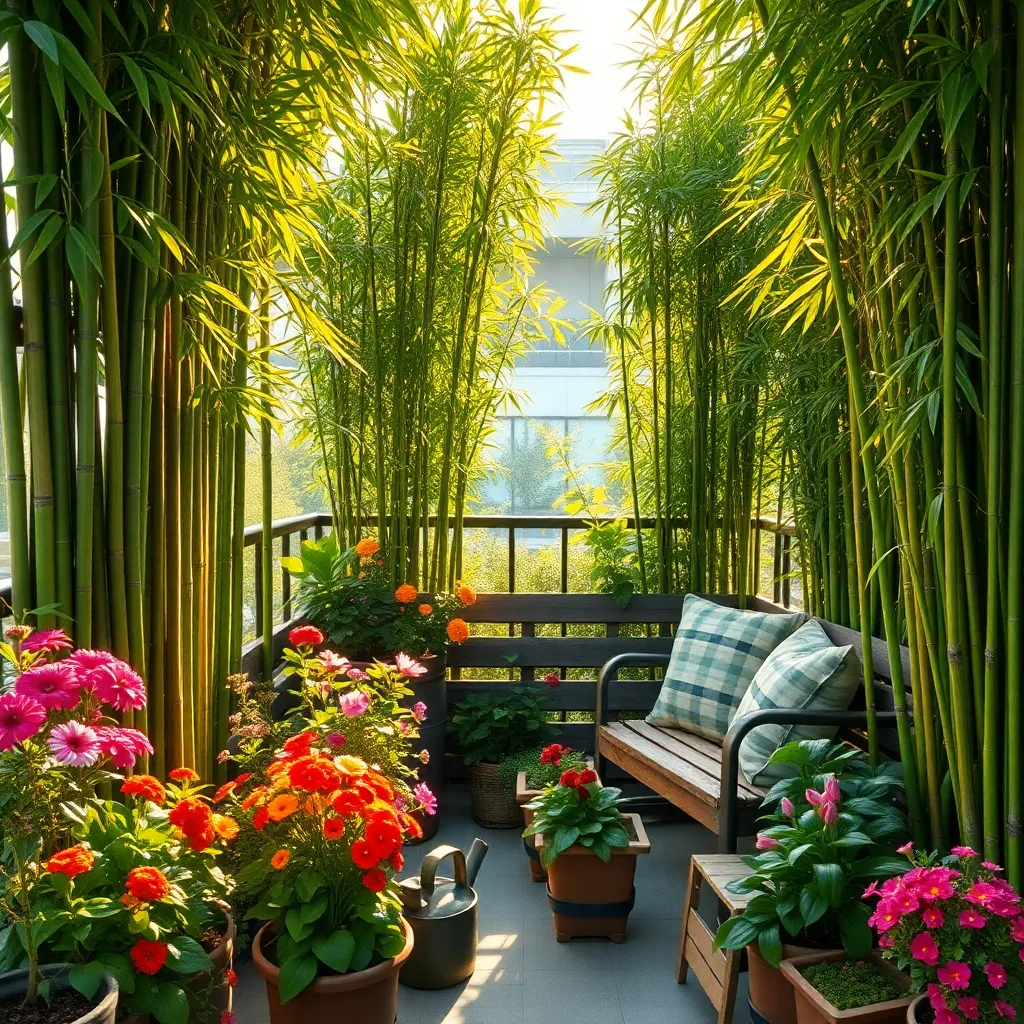
Bamboo can be an excellent choice for creating a natural privacy screen or windbreak on your small balcony. Clumping bamboo varieties, such as Fargesia, are ideal for compact spaces as they grow in tight clusters and won’t invade other parts of your garden.
Choose a large, sturdy container with good drainage to accommodate the bamboo’s root system. Use a high-quality, well-draining potting mix enriched with organic matter to provide the necessary nutrients for healthy growth.
Water your bamboo regularly, especially during the growing season, to keep the soil consistently moist but not waterlogged. In hotter months, you might need to water daily, while in cooler seasons, every other day might suffice.
For more experienced gardeners looking to maximize bamboo growth, consider feeding your plants with a balanced, slow-release fertilizer in spring. Pruning is essential to maintain the desired height and density; trim the tops and remove any weak or dead canes to encourage new, robust shoots.
LED Grow Lights (Year-Round Sunlight)
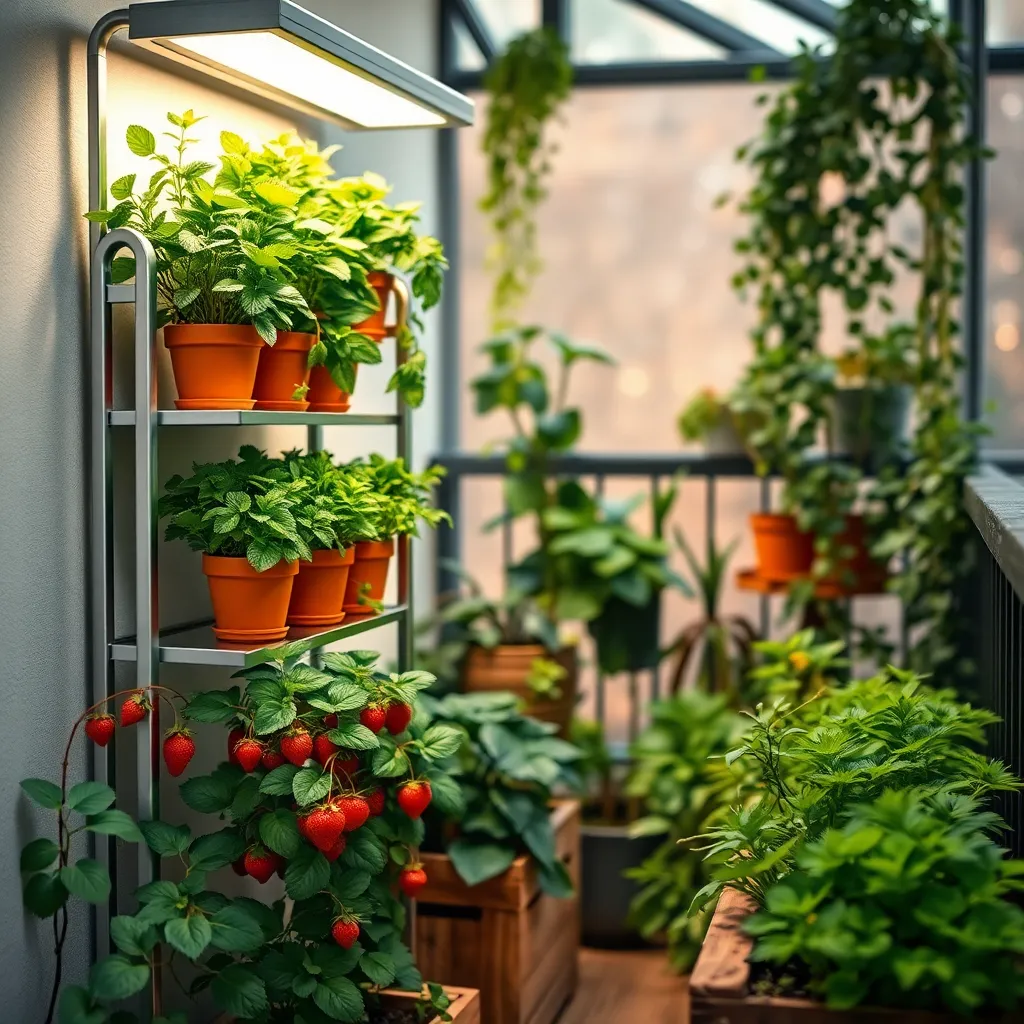
LED grow lights are a fantastic solution for gardeners who have limited sunlight on their small balconies. These lights mimic natural sunlight, allowing your plants to flourish even in the shadiest spots.
Beginner gardeners will appreciate the simplicity of using LED grow lights, which are energy-efficient and easy to set up. Just position them about 12 inches above your plants, and ensure they are on for 12-16 hours a day to simulate the sun’s natural cycle.
For those seeking to optimize their plant’s growth, consider the light spectrum offered by your LEDs. Full-spectrum lights are ideal as they provide balanced wavelengths that cater to all stages of plant growth, from seedlings to fruit-bearing.
Experienced gardeners can experiment with adjustable spectrum LED lights, which allow you to tweak the light settings as your plant’s needs change. This flexibility can enhance flowering and fruiting, offering a tailored approach to each plant species.
Foldable Potting Bench (Portable Workspace)
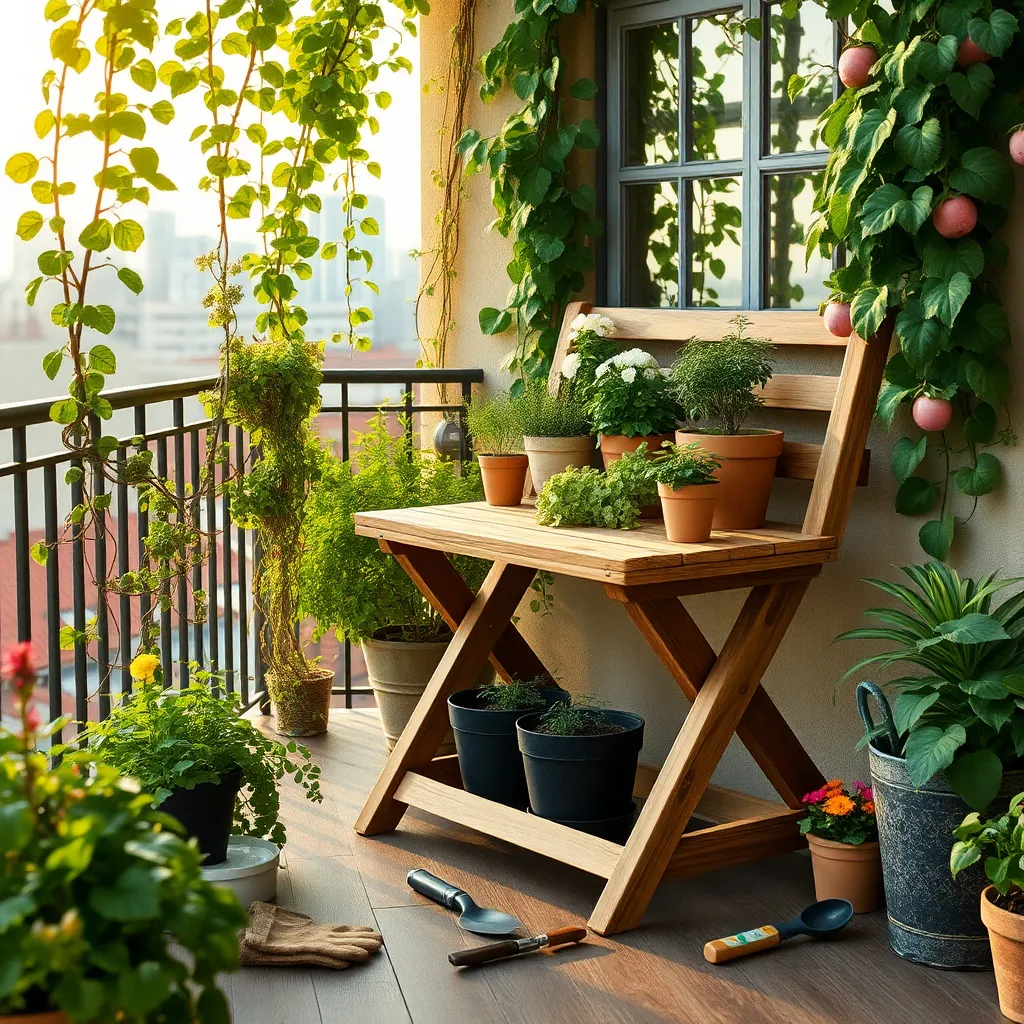
Having a foldable potting bench on your small balcony can transform your gardening experience. It provides a convenient workspace for potting and repotting plants without taking up permanent space.
This portable solution is ideal for small spaces, allowing you to set it up only when needed. When not in use, simply fold it away to maximize your balcony area for other activities.
For beginners, start by using your potting bench to mix soil types, such as combining peat moss, perlite, and compost for a well-drained potting mix. This setup is perfect for preparing your containers with the right medium for healthy plant growth.
Experienced gardeners can use the bench for more advanced tasks, such as propagating cuttings. Keep a few essential tools and supplies, like pruning shears and rooting hormone, within easy reach on the bench to streamline your gardening workflow.
Pollinator-Friendly Blooms (Bee and Butterfly Magnets)
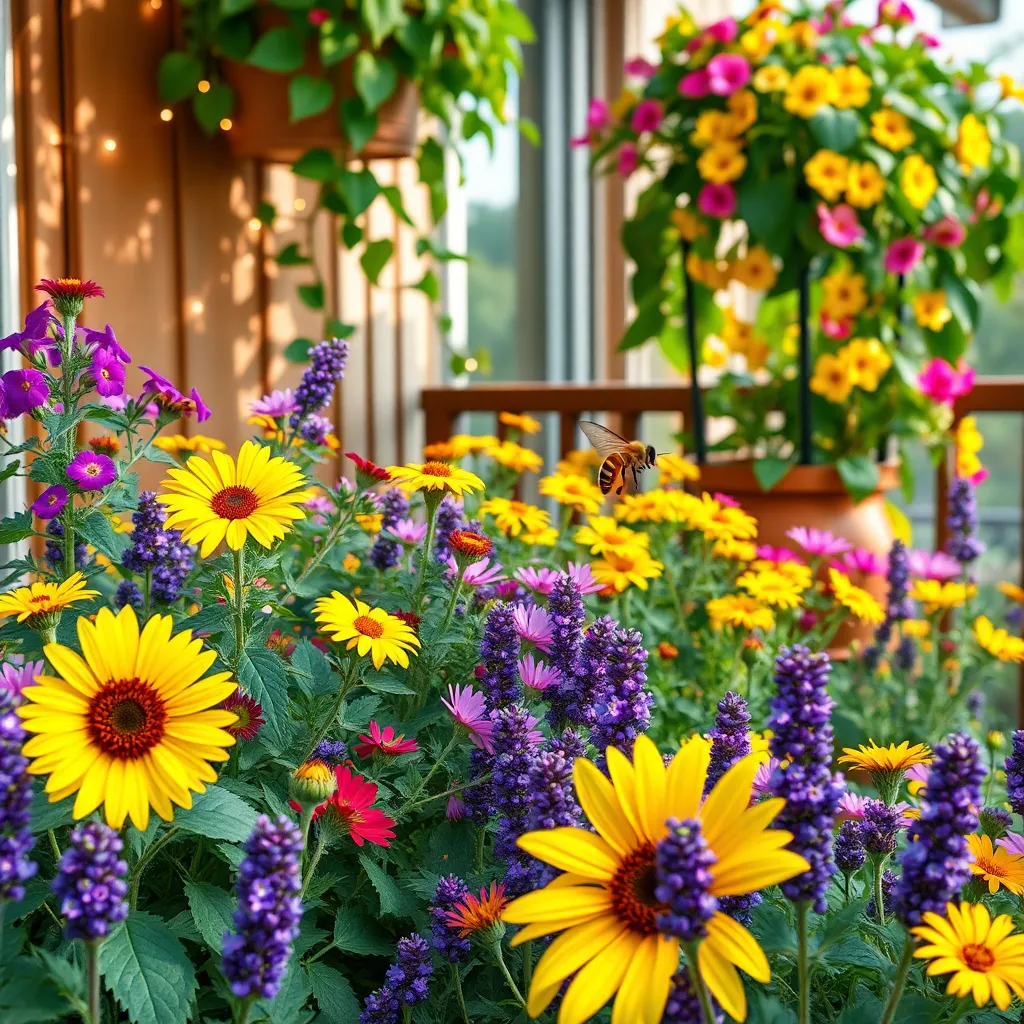
Transform your small balcony into a vibrant haven by selecting plants that attract bees and butterflies. Lavender, marigolds, and bee balm are excellent choices for enticing these beneficial pollinators.
Start by choosing a well-draining potting mix to ensure healthy root development. Position your pots in a sunny spot since these plants thrive in full sunlight for at least six hours a day.
Water your blooms consistently, but be careful not to overwater as this can lead to root rot. A good rule of thumb is to water when the top inch of soil feels dry to the touch.
For a burst of color and fragrance, consider adding a few pots of zinnias or cosmos. These flowers not only attract pollinators but also add a delightful pop of color to your balcony garden.
Supplement your plant care routine with a monthly feeding of a balanced fertilizer. This will provide essential nutrients to support blooming and attract more pollinators.
Organic Fertilizer Pellets (Nutrient-Rich Boost)
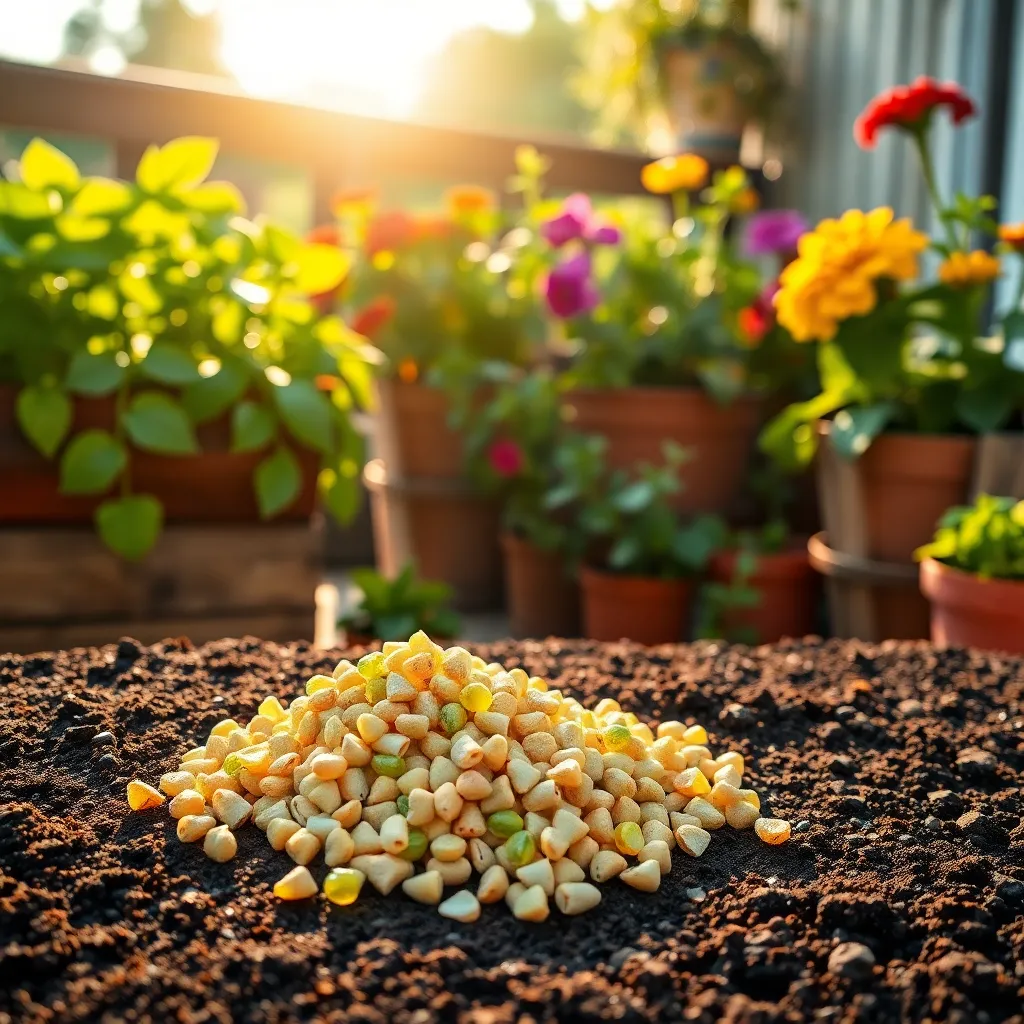
Organic fertilizer pellets provide a convenient and effective way to enrich your balcony garden soil. These pellets slowly release nutrients, ensuring that your plants receive a steady supply of essential minerals over time.
Consider using organic pellets that are specifically designed for vegetables if you’re growing edibles on your balcony. They often contain a balanced mix of nitrogen, phosphorus, and potassium, which are crucial for healthy plant growth.
To use organic fertilizer pellets, simply scatter them evenly over the soil surface and water thoroughly. This encourages the pellets to break down and integrate into the soil, enhancing its fertility and structure.
For an advanced tip, try incorporating the pellets into the soil when repotting or planting new additions to your garden. This method ensures that nutrients are immediately available at the root level, promoting robust plant development from the start.
Conclusion: Growing Success with These Plants
As you embark on your journey to cultivate a small balcony garden, remember that nurturing a space, much like nurturing a relationship, requires patience, creativity, and care. We’ve explored ten essential tips: choosing the right plants for your space, maximizing vertical space, using containers wisely, ensuring proper drainage, creating a watering schedule, incorporating companion planting, utilizing sunlight effectively, adding personal touches, practicing sustainable gardening, and embracing seasonal changes. Each tip is designed to help your garden—and your relationship—flourish.
Now, take the first step by selecting a few plant varieties that resonate with you and start your balcony transformation today. As you witness your garden’s growth, let it serve as a reminder of the effort and love poured into your relationships.
Don’t let these valuable insights slip away—bookmark this article to revisit these tips and keep your garden thriving. By doing so, you’re not just saving gardening advice; you’re investing in the success of your relationships. As you continue to nurture both your garden and your connections, know that the seeds of effort you plant today will blossom into a future filled with enduring beauty and bonds.
